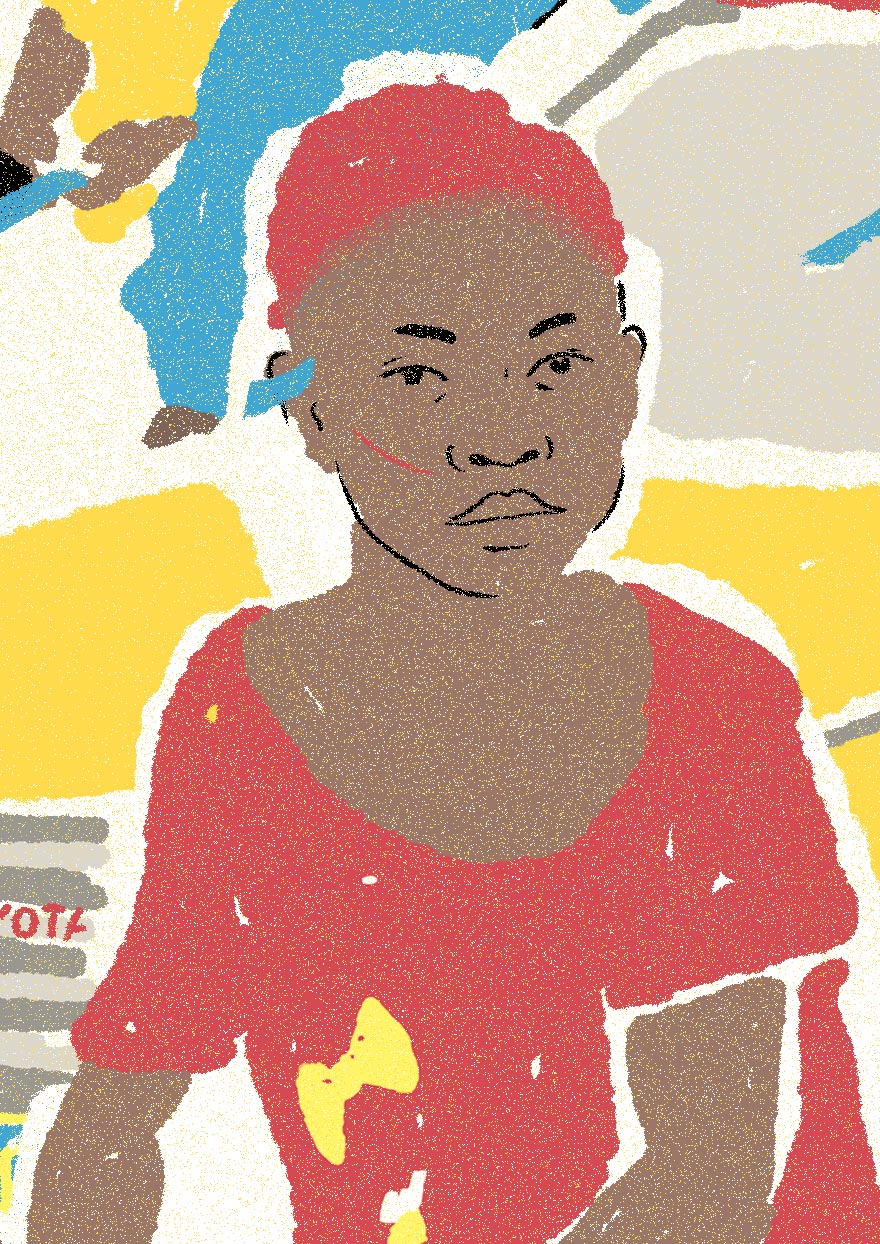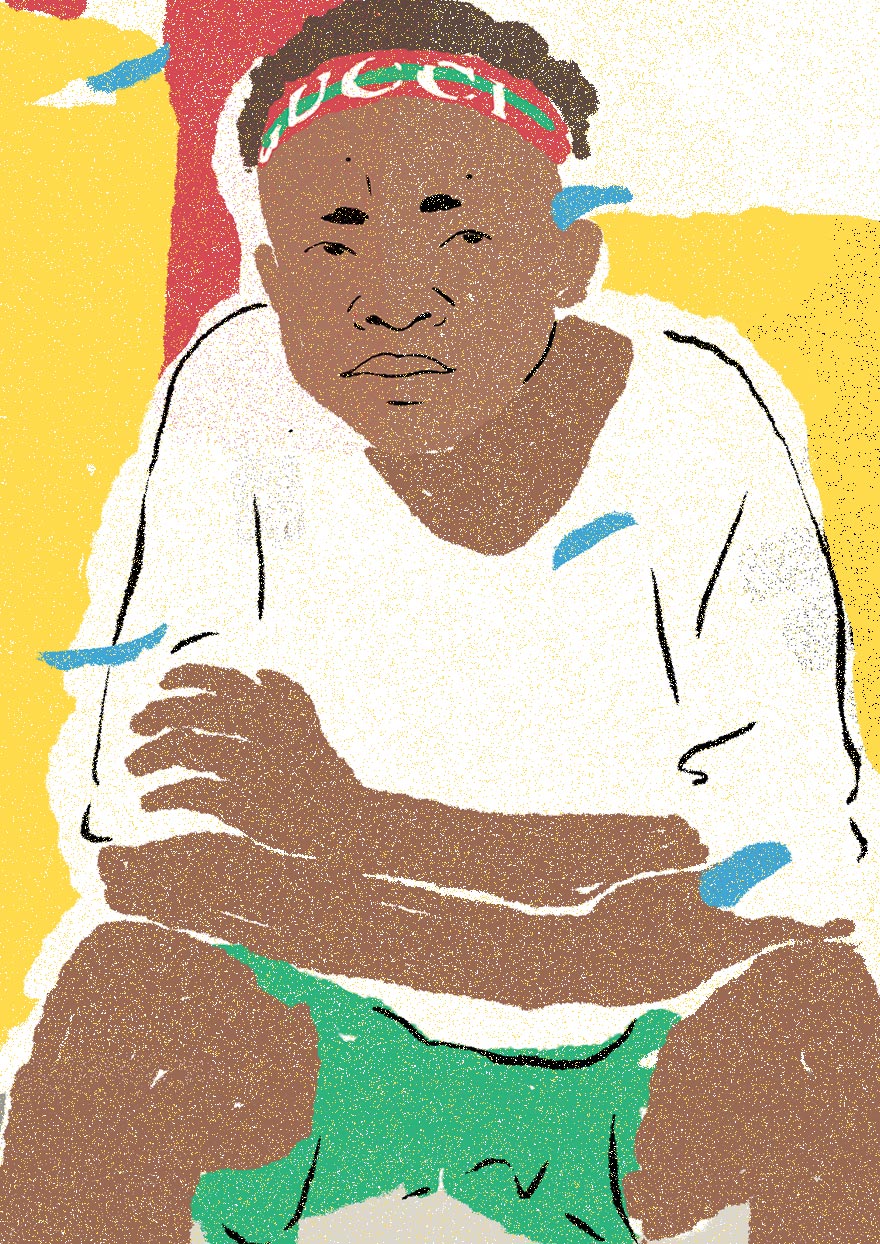Author: pooadmin
Maltournée (2023)
Maltournée
’Maltournée’ is a short documentary about a missed rendez-vous with a community of refugees by the canal in Saint-Denis, France. A poetical observation of the traces of past lives left in the post-industrial landscape of the Paris suburbs.
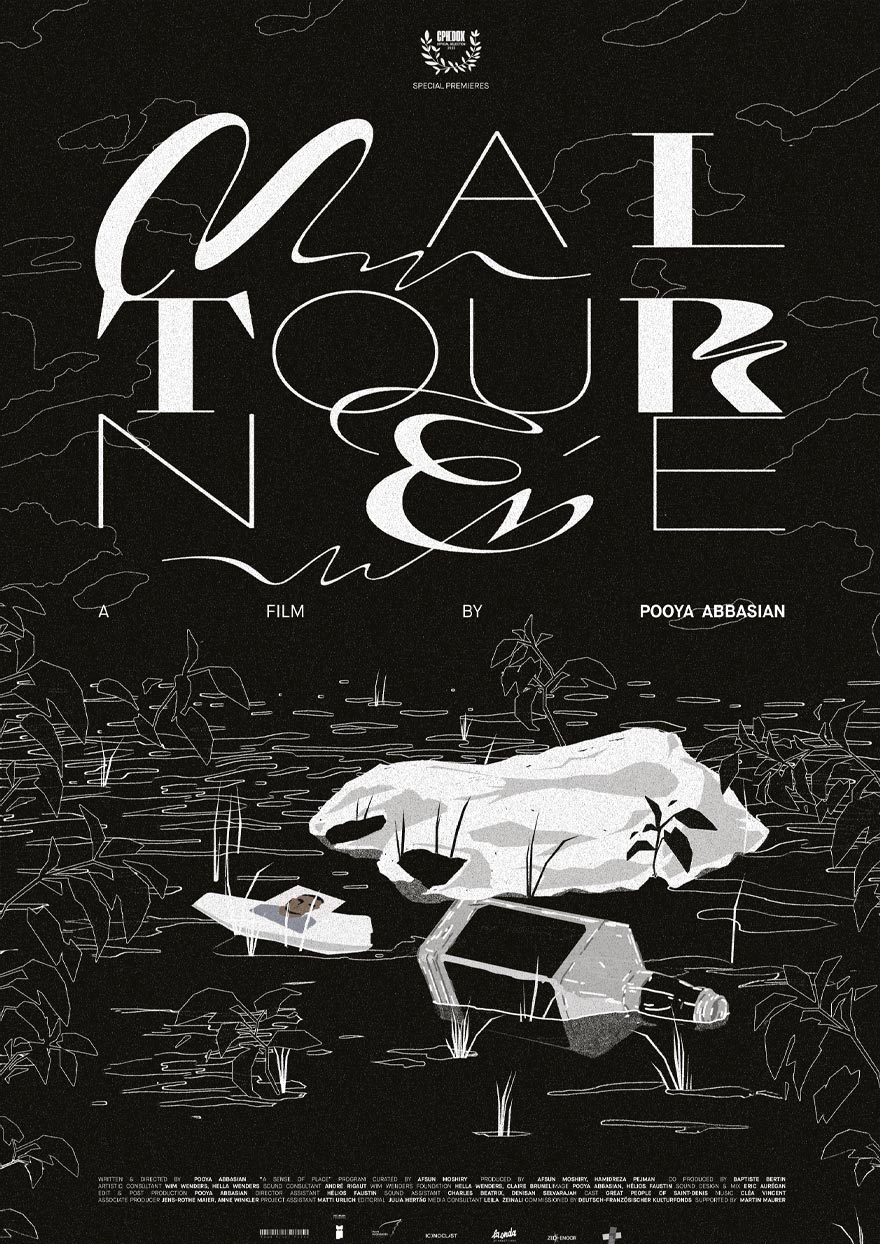 Poster for Maltournée
Poster for Maltournée
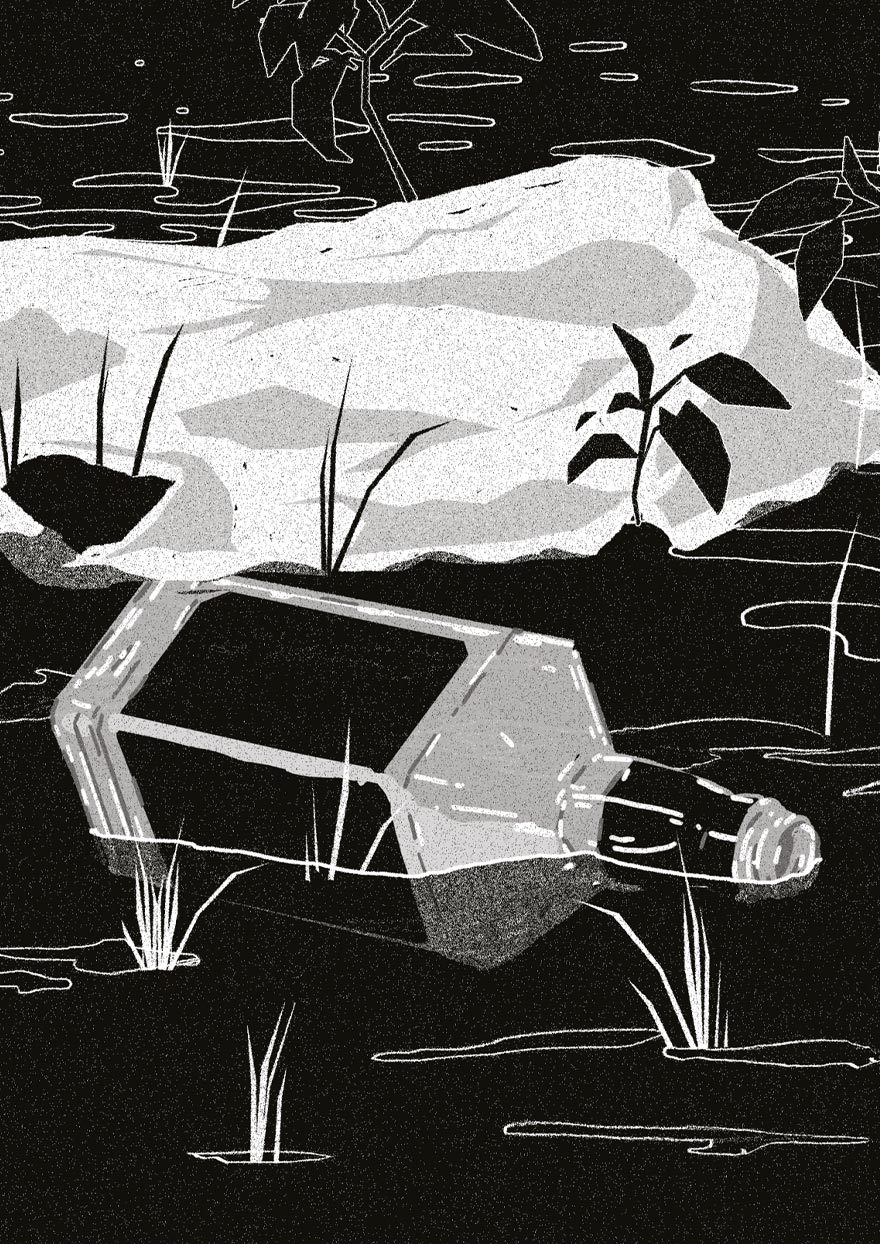
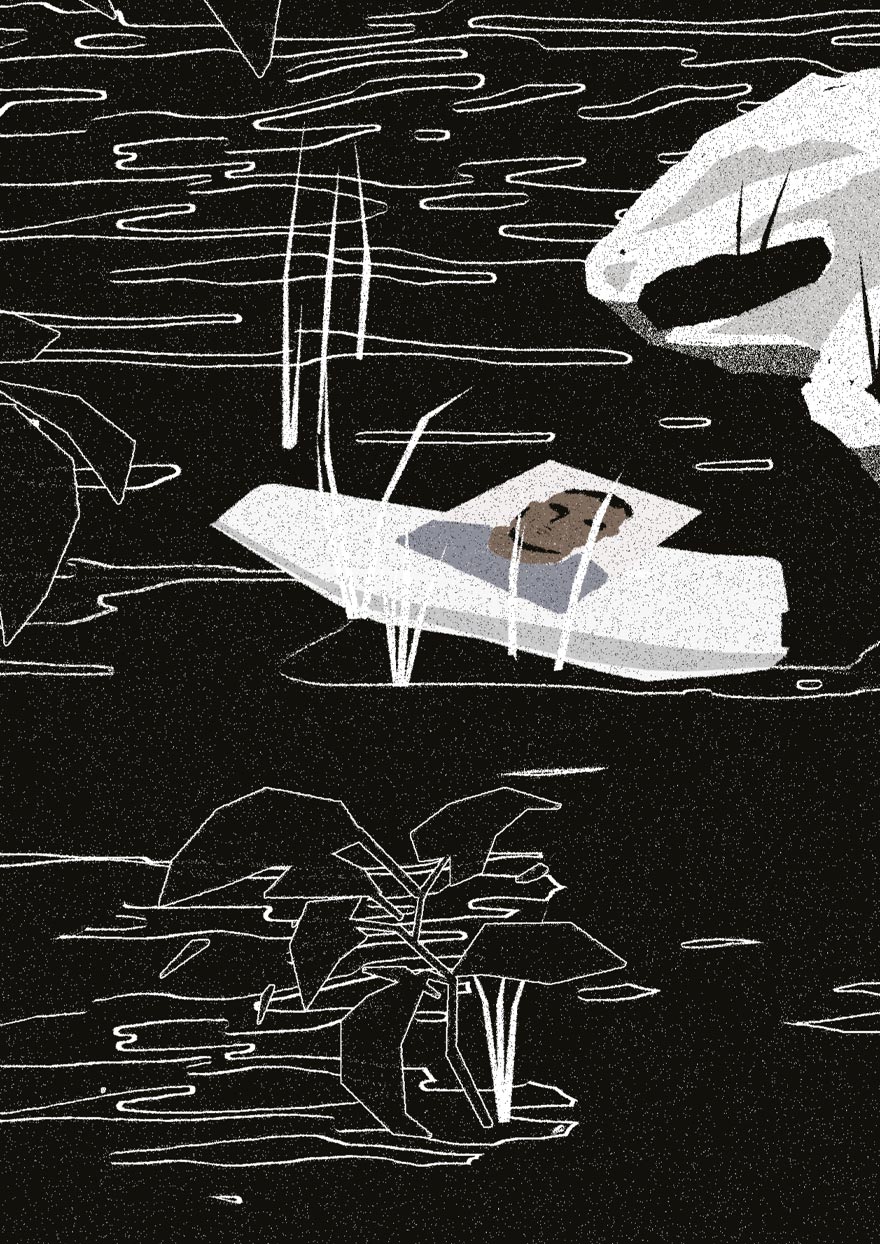
The Maiden (2022)
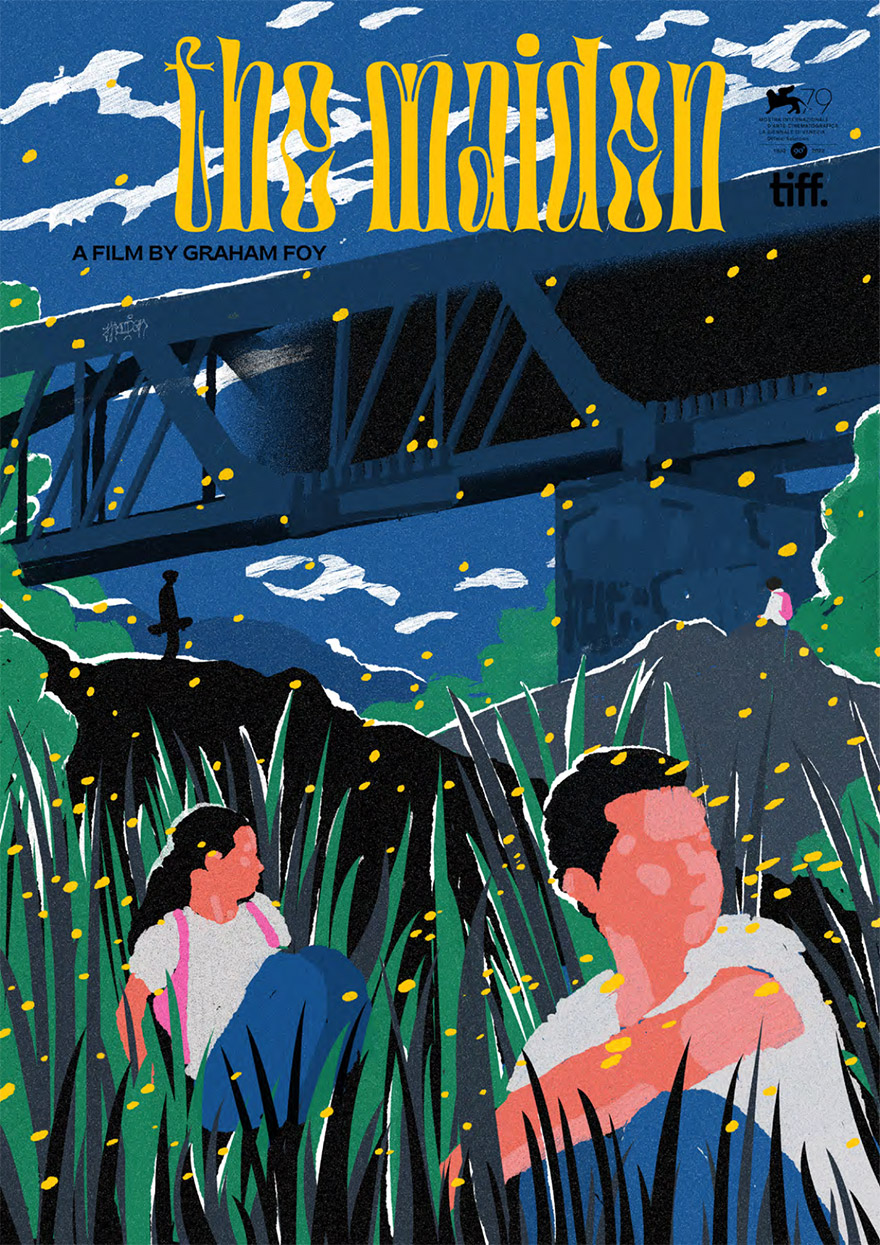 Poster for The Maiden by Graham Foy
Poster for The Maiden by Graham Foy
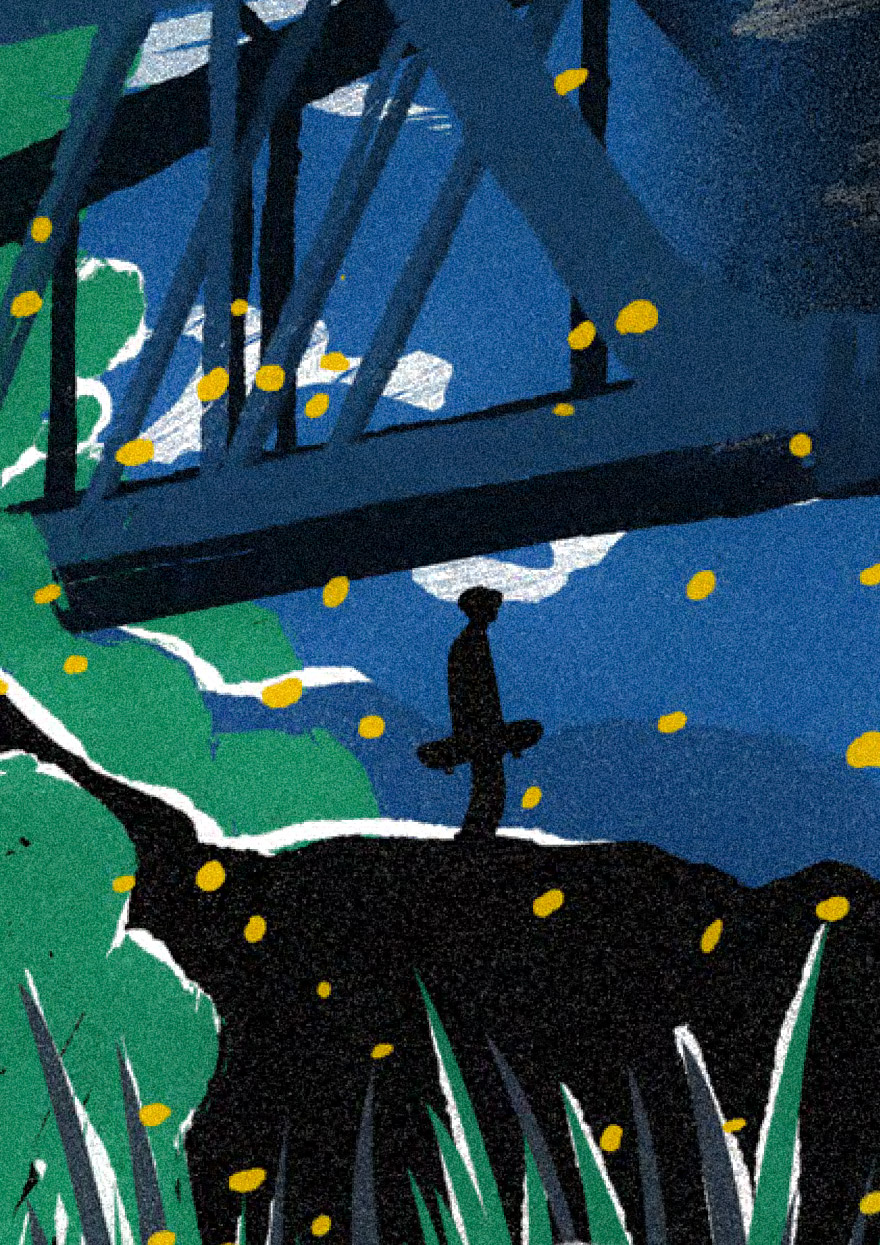
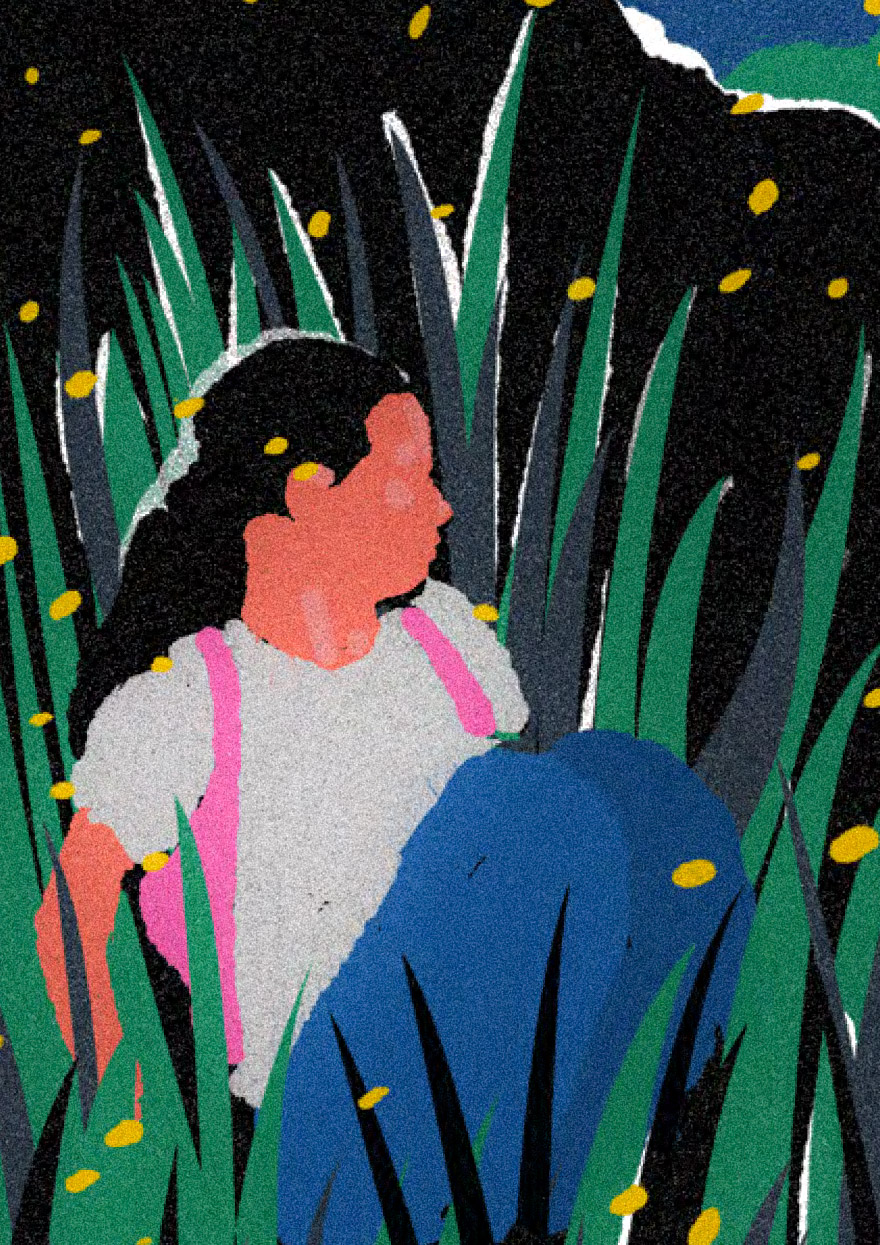
Les secrets de Sinavar et autres contes d’Irâne (2019)
les secrets de Sinavar et autres contes d’Irâne (2019)
Pooya Abbasian, Nariman Hatami
Publié chez Gallimard
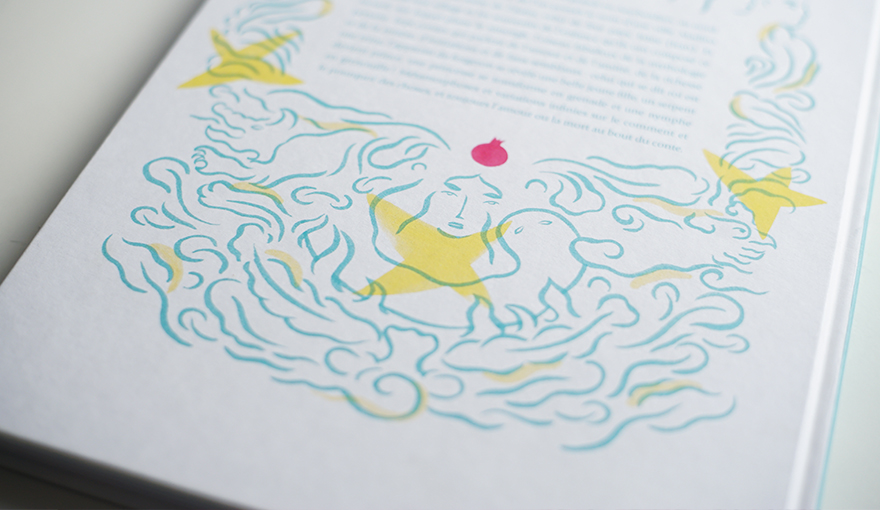 132 pages, 230 x 290 mm, cartonné.
132 pages, 230 x 290 mm, cartonné.
Pooya Abbasian et Nariman Hatami ont grandi en Azerbaïdjan, au nord-ouest de l’Iran. La grand-mère de l’un portait le nom d’une ville, Madina (Médine), la grand-mère de l’autre, celui de leur pays, Irâne (Iran). Et c’est dans le sillage de ces deux conteuses de leur enfance qu’ils ont composé ce recueil, sur lequel plane le simorgh, l’oiseau fabuleux de la mythologie persane. Sept contes qui parlent de l’amour et de l’amitié, de la richesse et de la misère, d’initiations et de faux semblants: celui qui se dit roi est une reine, l’apprenti du forgeron se révèle une belle jeune fille, un serpent devient un prince, une princesse se transforme en grenade et une nymphe en grenouille!
Métamorphoses et variations infinies sur le comment et le pourquoi des choses, et toujours l’amour ou la mort au bout du… conte.
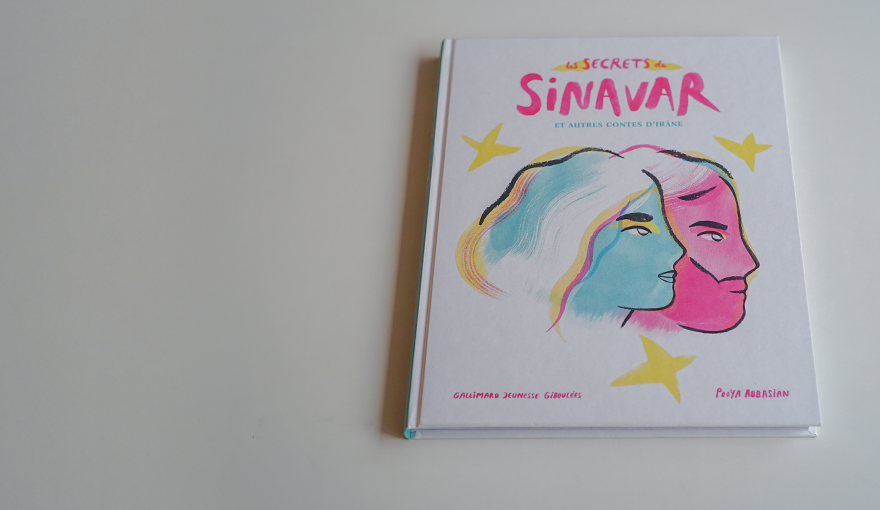
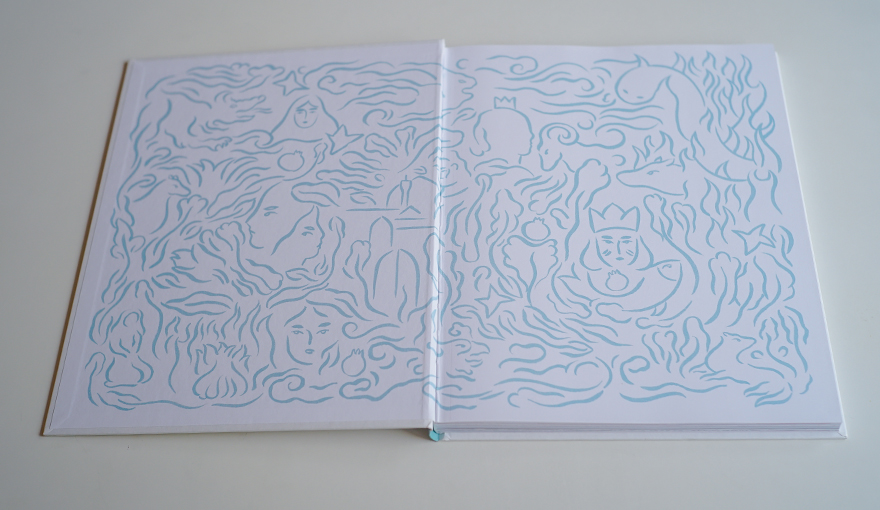

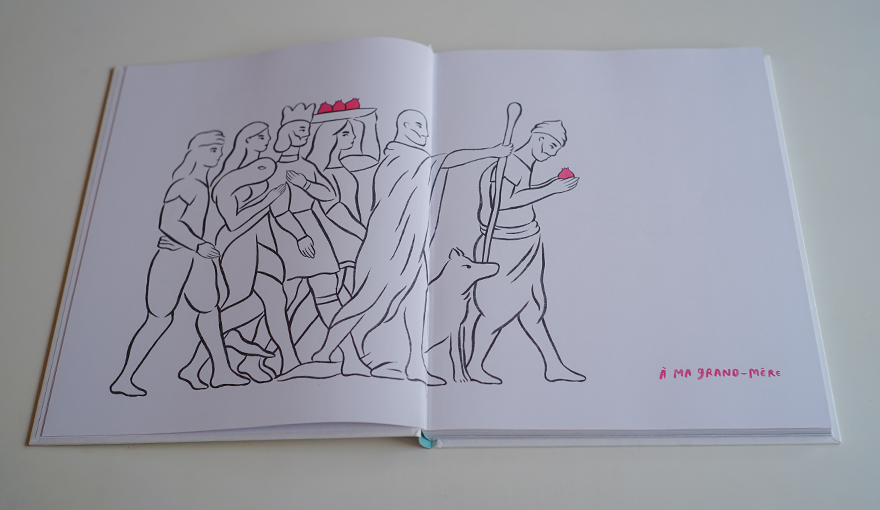
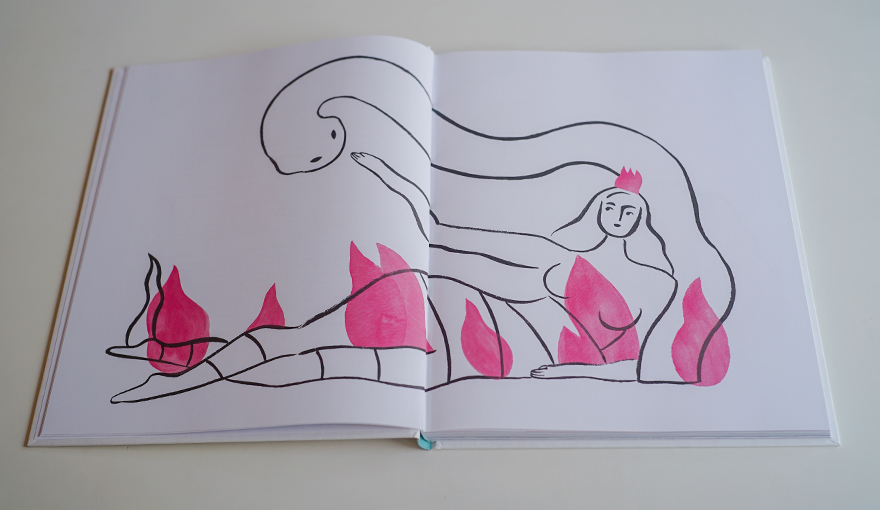
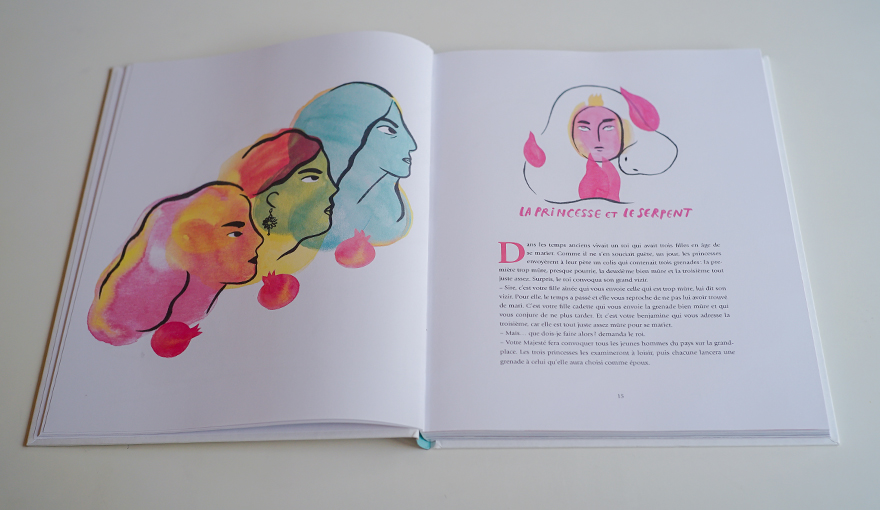
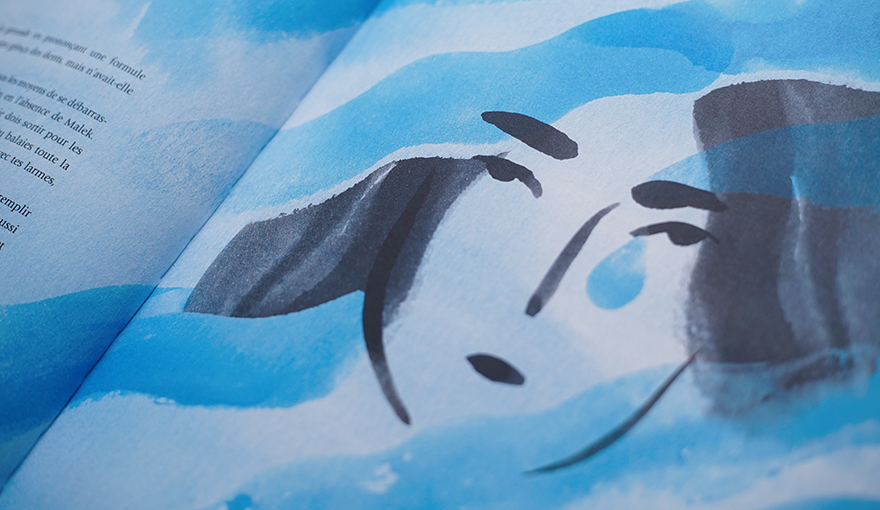

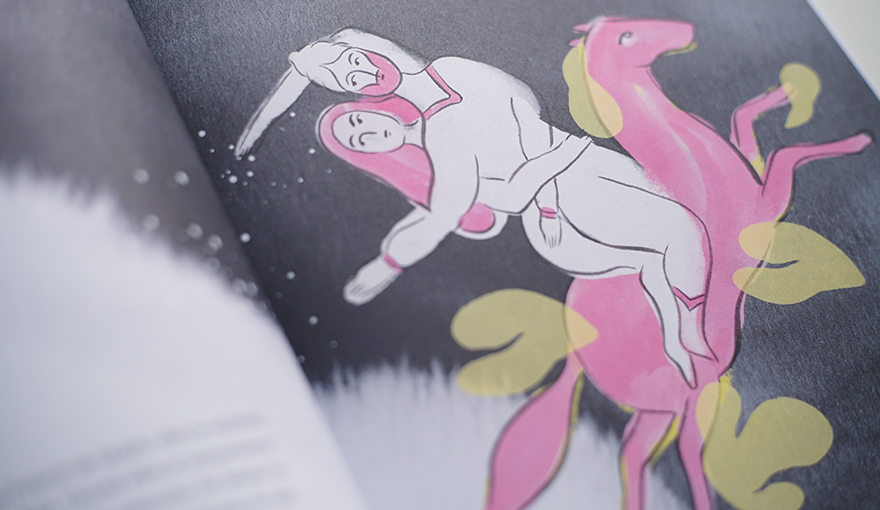
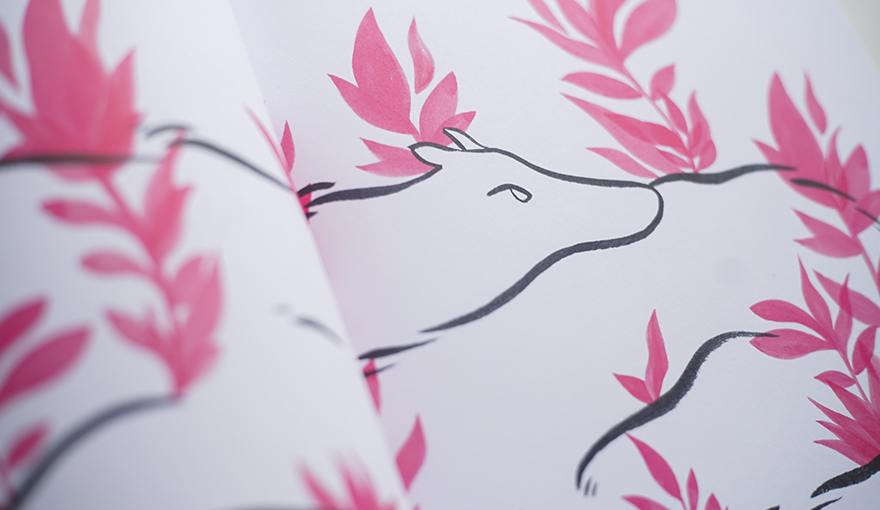

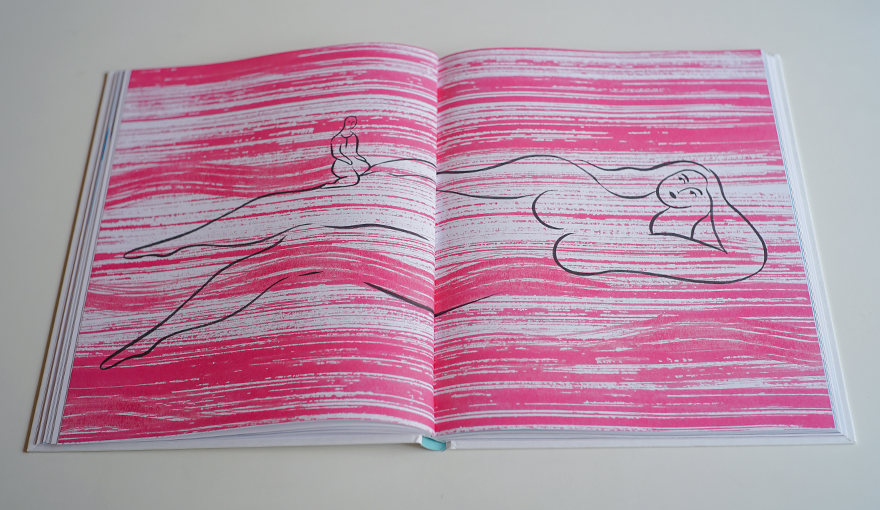
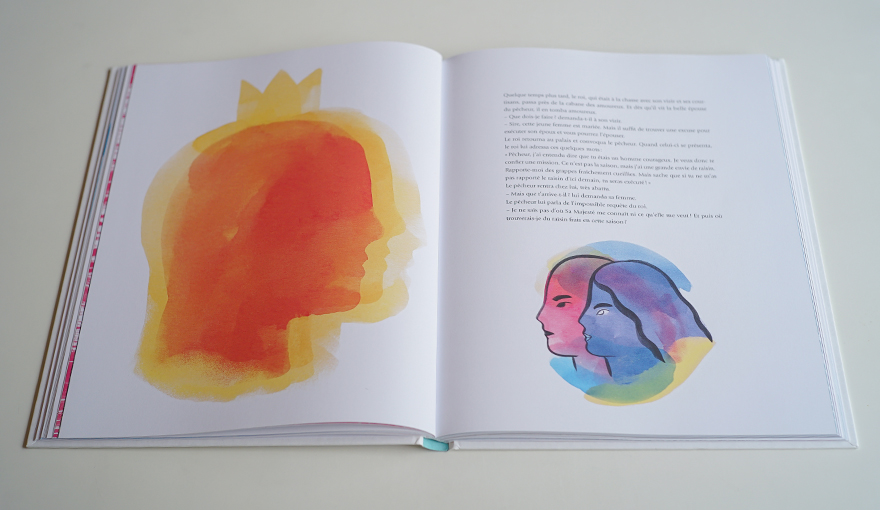
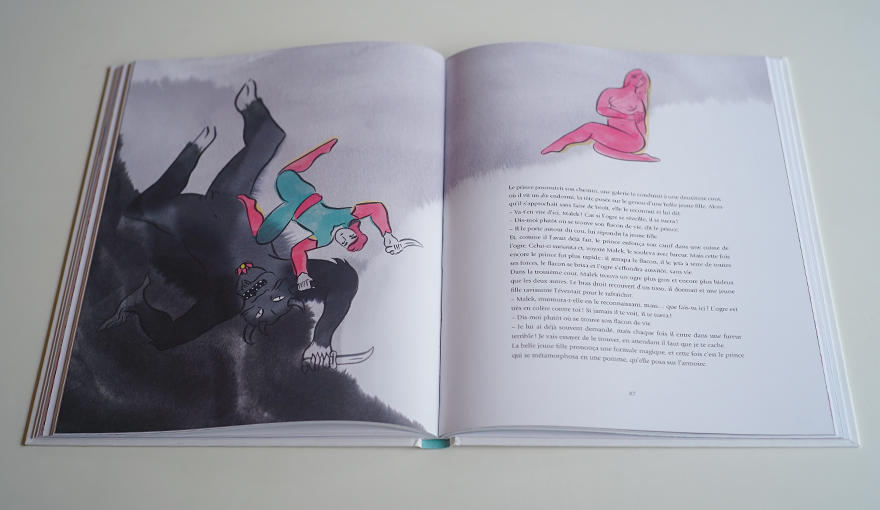
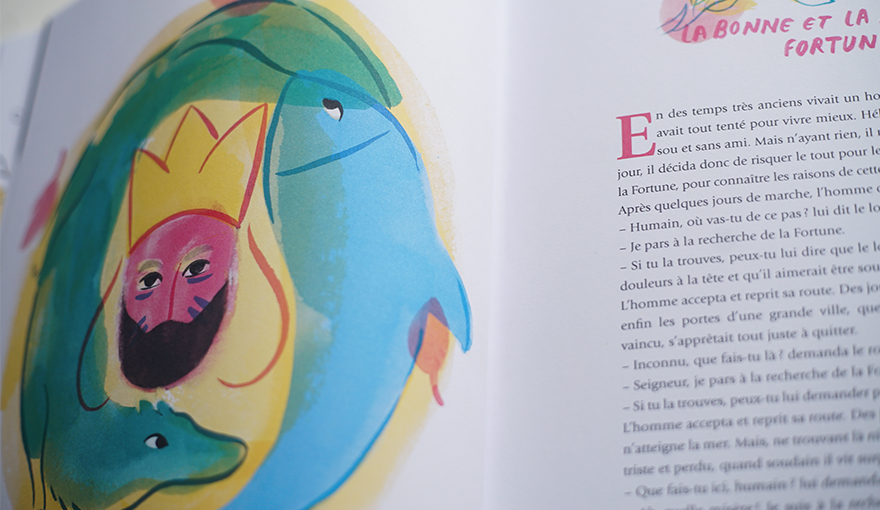
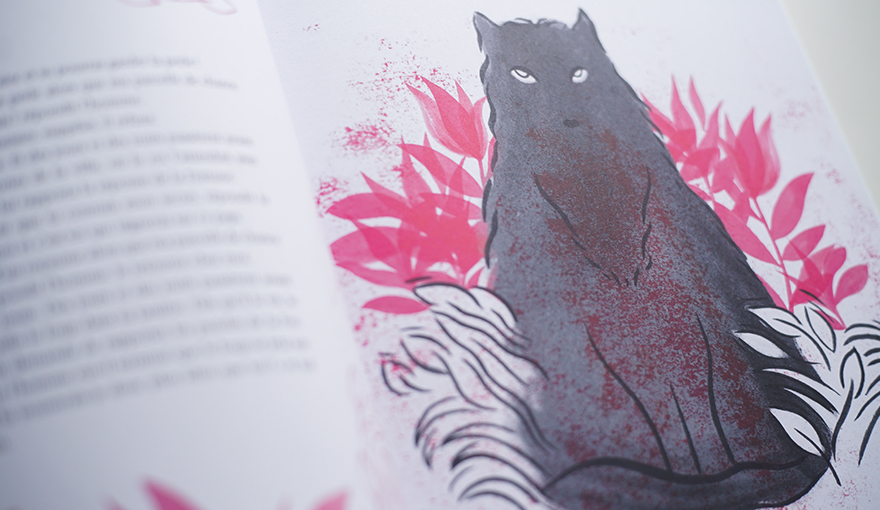
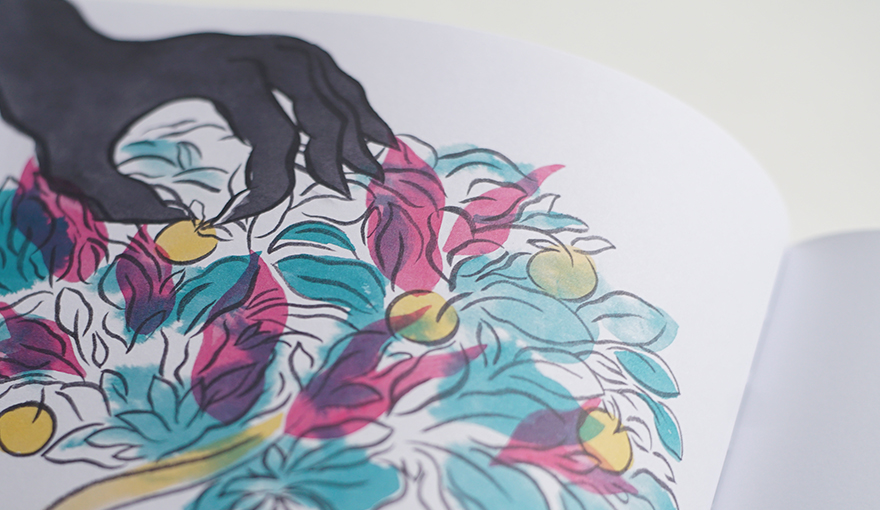


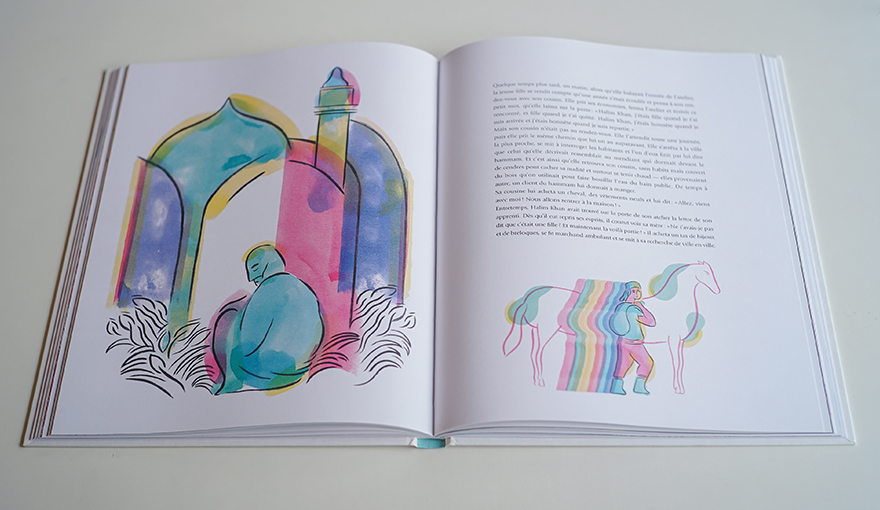
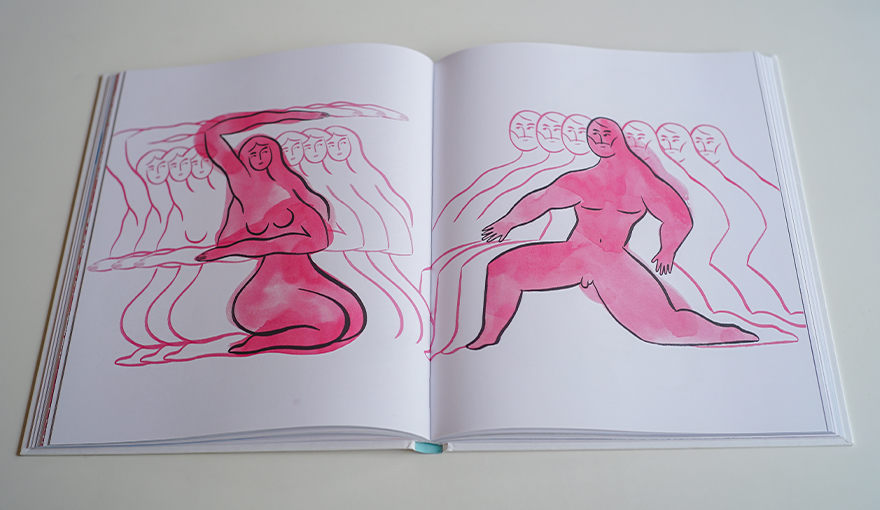
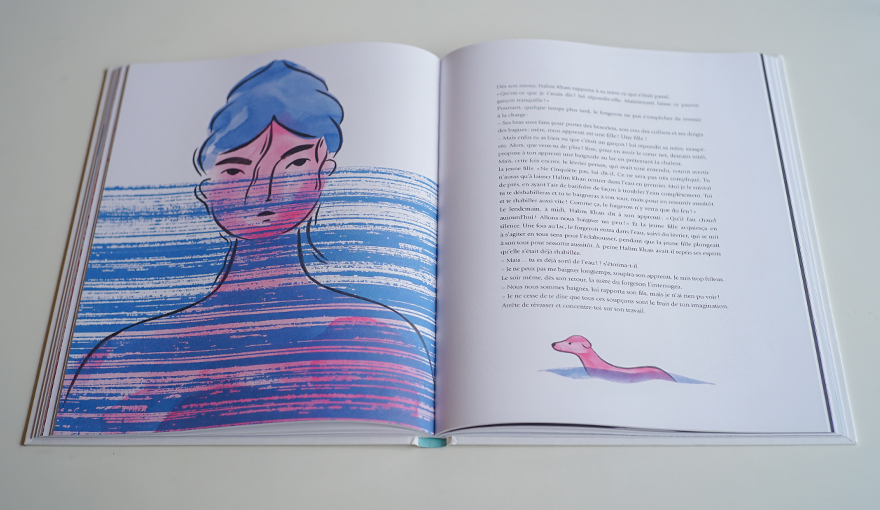
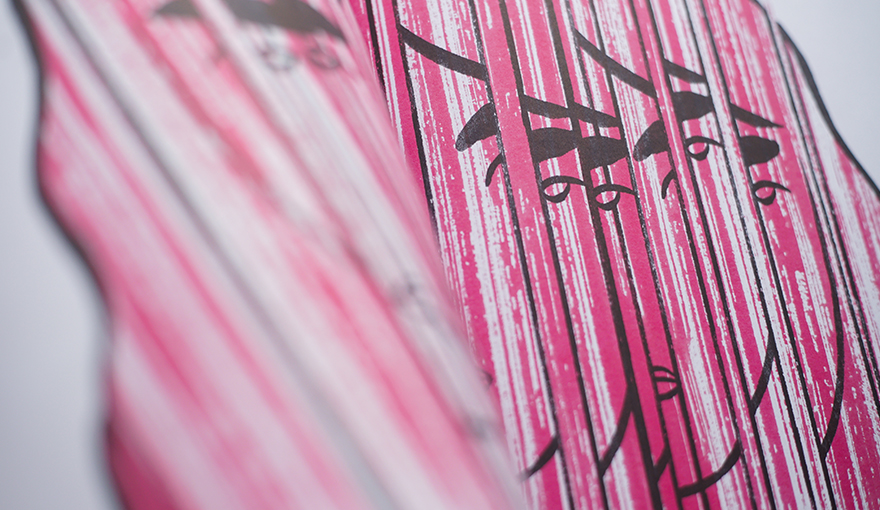
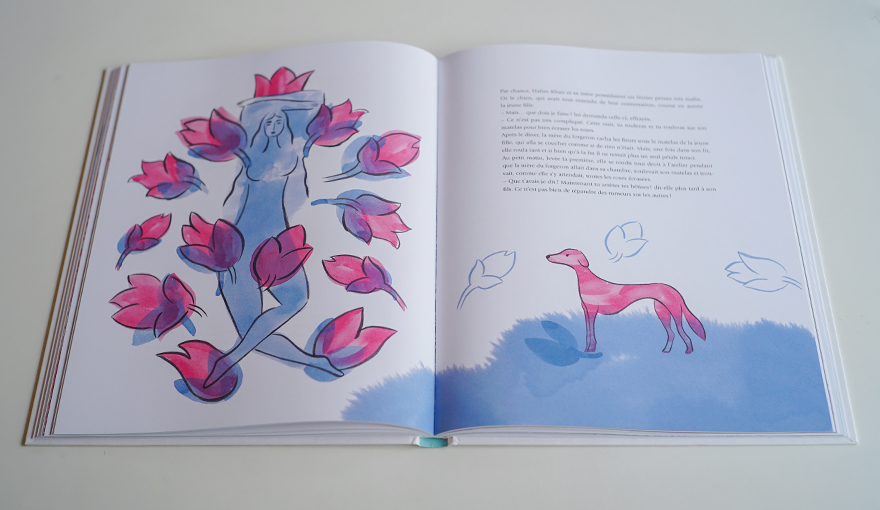

An Owl, A Garden & The Writer (2023)
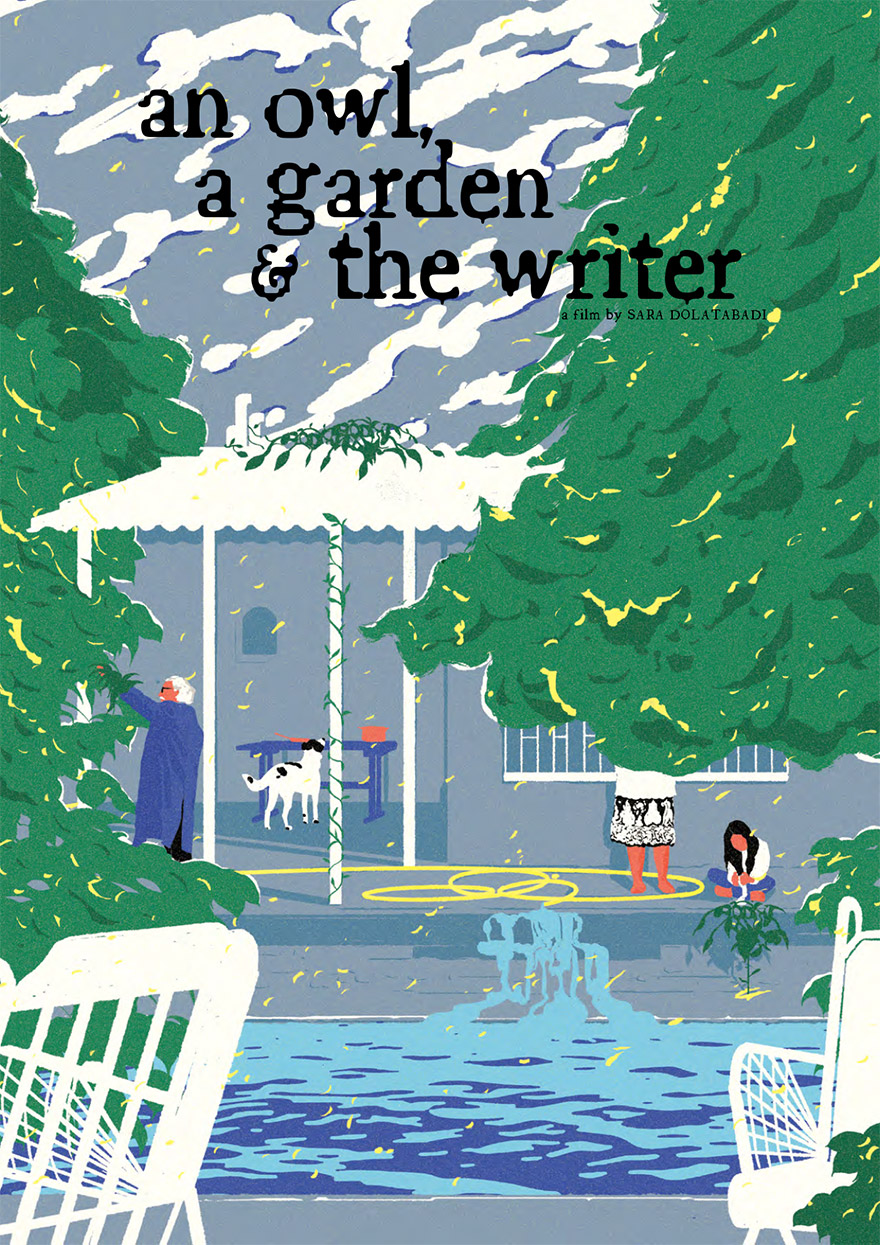 Poster for An Owl, A Garden & The Writer by Sara Dolatabadi
Poster for An Owl, A Garden & The Writer by Sara Dolatabadi
Hit the Road (2021)
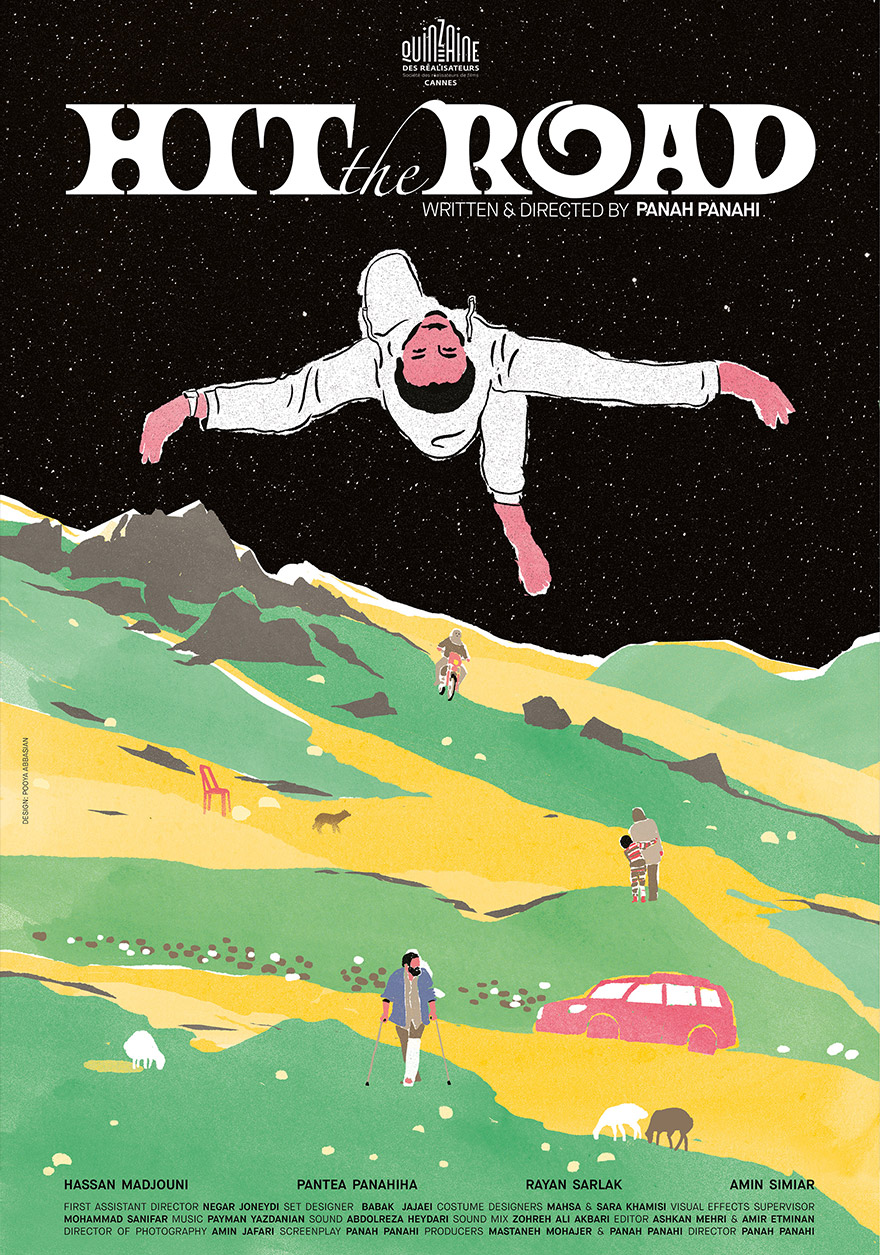 Poster for Hit the Road by Panah Panahi
Poster for Hit the Road by Panah Panahi
Illustrations for Collectif Curry Vavart (2020)
Illustrations for Collectif Curry Vavart (2020)
illustrations for le1 hebdomadaire (2022)
illustrations for le1 hebdomadaire (2022)
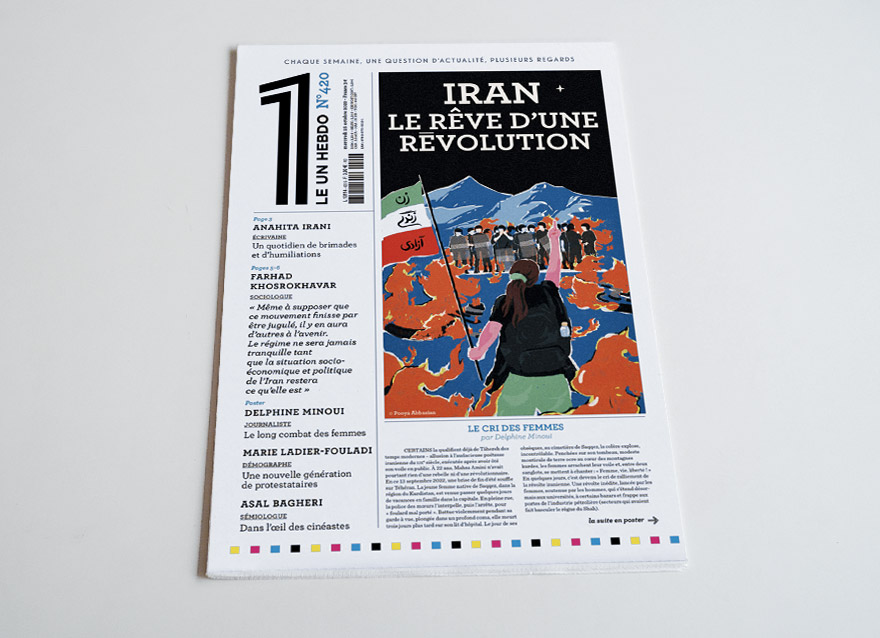
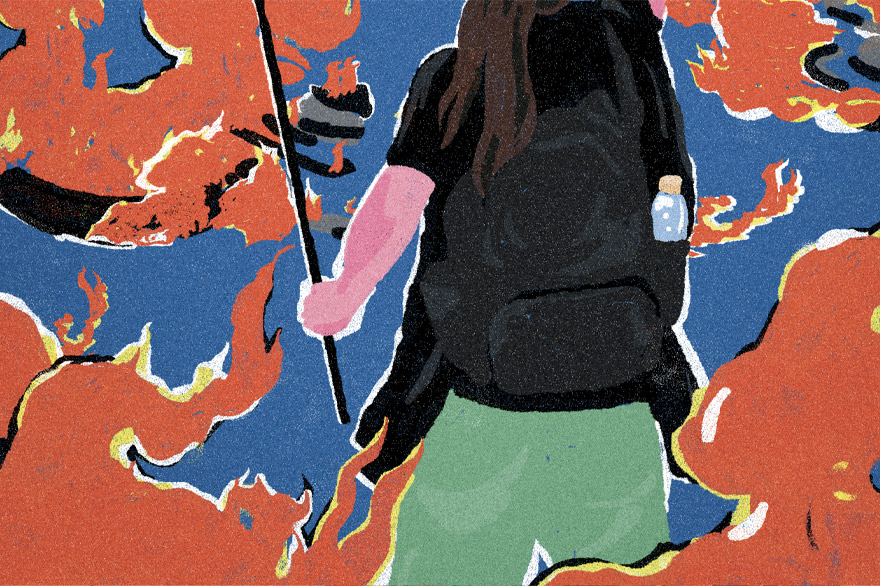
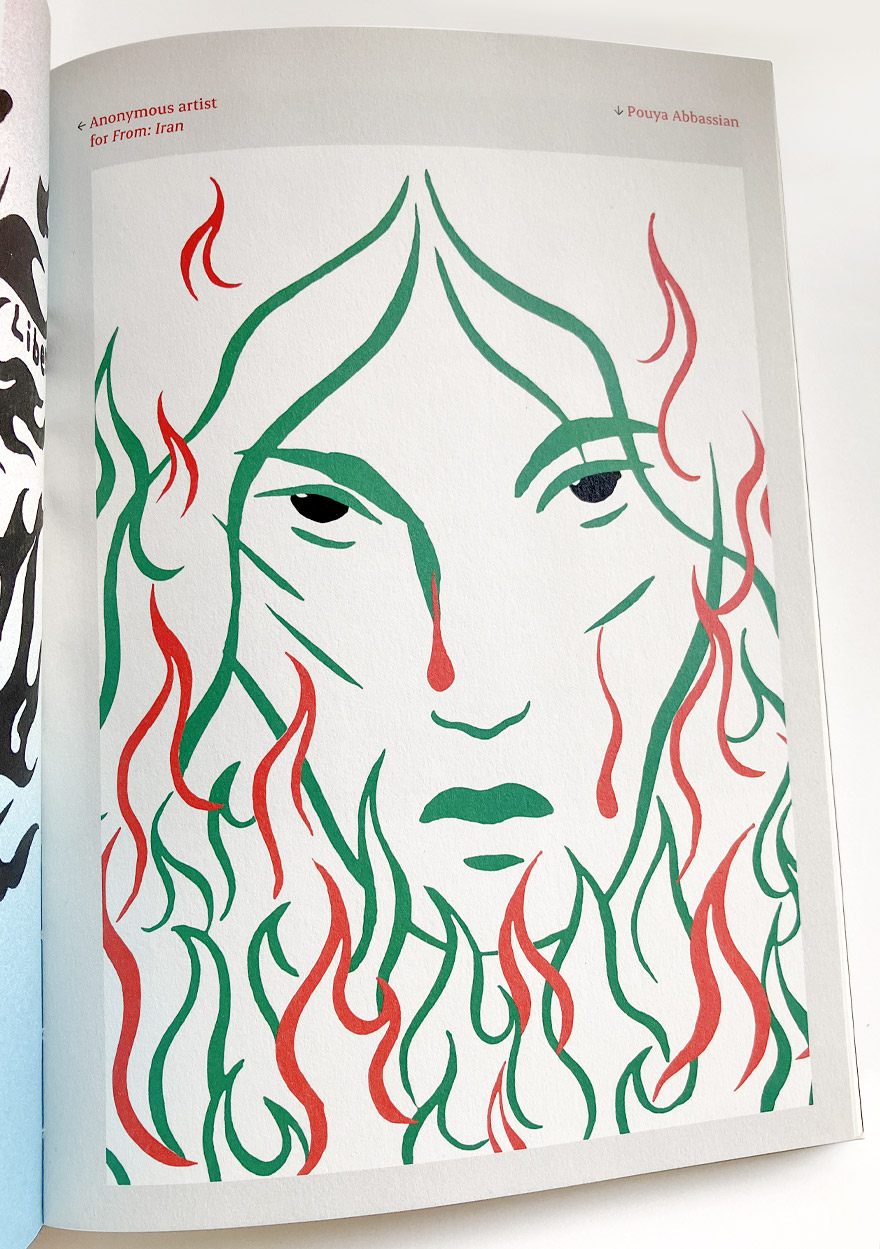
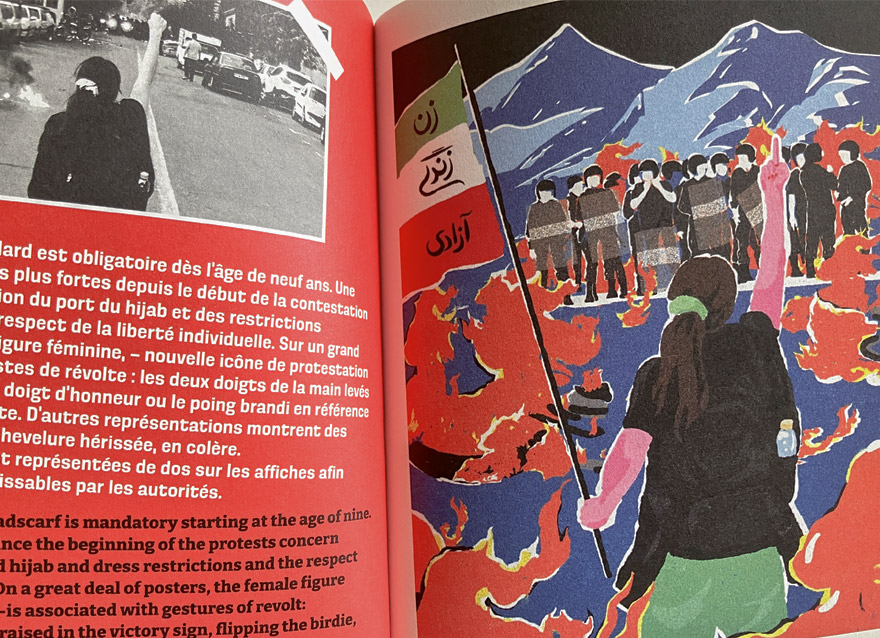
La Logique des Lieux (2024)
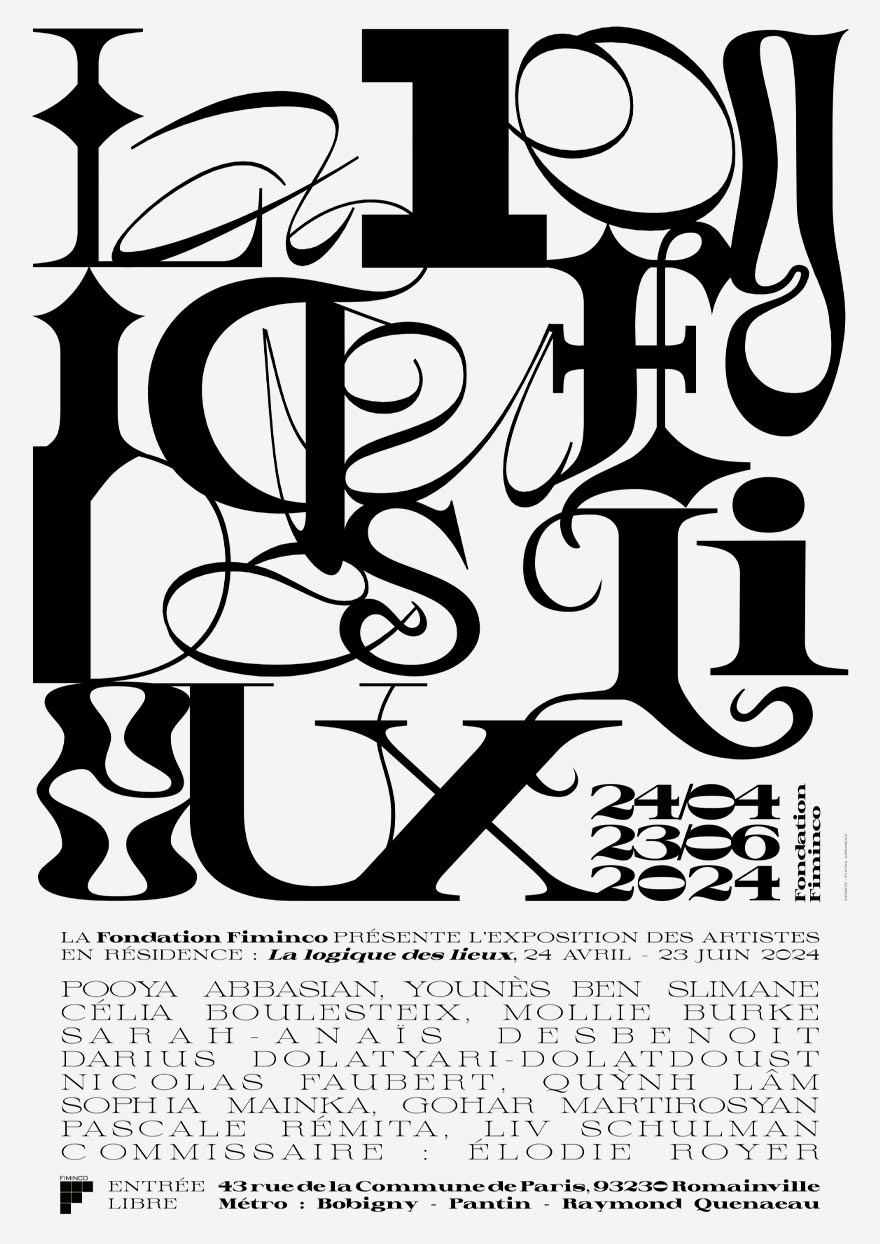
Poster for La logique des Lieux,
Residency exhibition at Fondation Fiminco.
La Logique des Lieux
In Romainville, (…) I wander the streets, camera always ready. I focus on abandoned places. I take close-ups of materials that inspire me: peeling paint, running rust, stains on walls and sidewalks, tangled vegetation.
These gestures, described by artist Simone Prouvé, who has been based for many years near the Fiminco Foundation in Romainville, offer a good introduction to the collective exhibition La logique des lieux and the process that brought it to life. Developed over several months in collaboration with the twelve artists in residence in the buildings of this former industrial wasteland, the exhibition brings together and materializes shared artistic experiences and reflections on the influence of our living environments on artistic practices.
What this exhibition hopes to share with the public is the way the architectures that surround us are not passive at all but are, in fact, characters in our lives—active participants in our movements, personal and collective history, and our emotions. Beyond their horizontal expanses, their vertical depths and invisible structures hold memory, gestures, and flows that have shaped them; in short, the meaning of these places and what ties us to them, both in the past and in the future.
What do places do to us, and conversely, what do we do to them? How do they influence artistic practices? If logic, by definition, is the analysis of thought forms that allow the development of a discourse, then to explore the logic of places would be to observe and listen to them more closely, to understand the interactions that characterize them, both on their surface and in their historical depth.
Through imagination, the works gathered in the exhibition attempt to highlight the ability of places to release forces and narratives, as well as the connections that bind us to them—whether ancestral, living, emotional, or ecological. Through multiple forms and perspectives, they address both the influence of real and immediate territories, like those the artists traverse daily (Romainville and eastern Paris), and more distant horizons—those transmitted or inherited that we carry within us, these invisible architectures.
Elodie Royer
Illustration for Le1 hebdomadaire (2020)
Illustrations for Le1 hebdomadaire (2020)
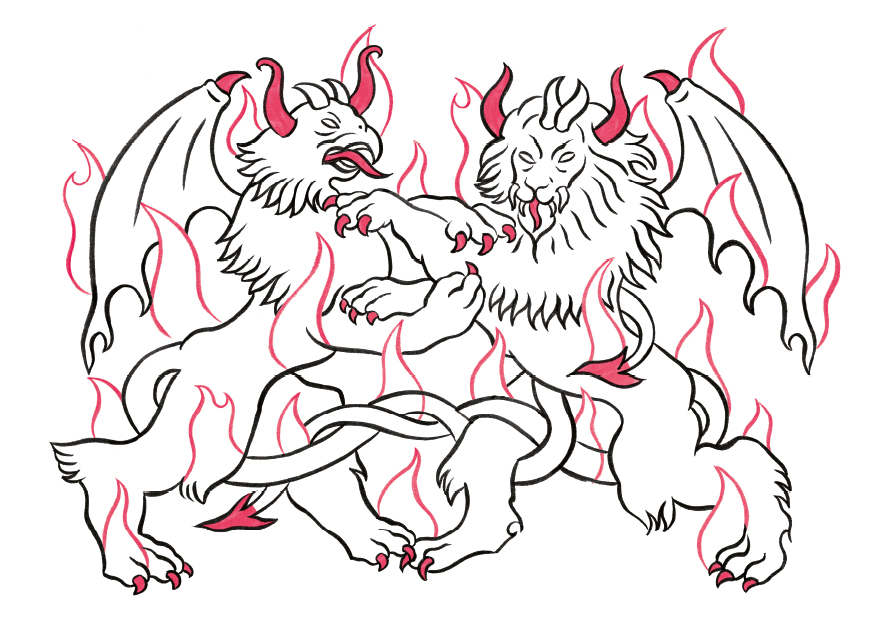
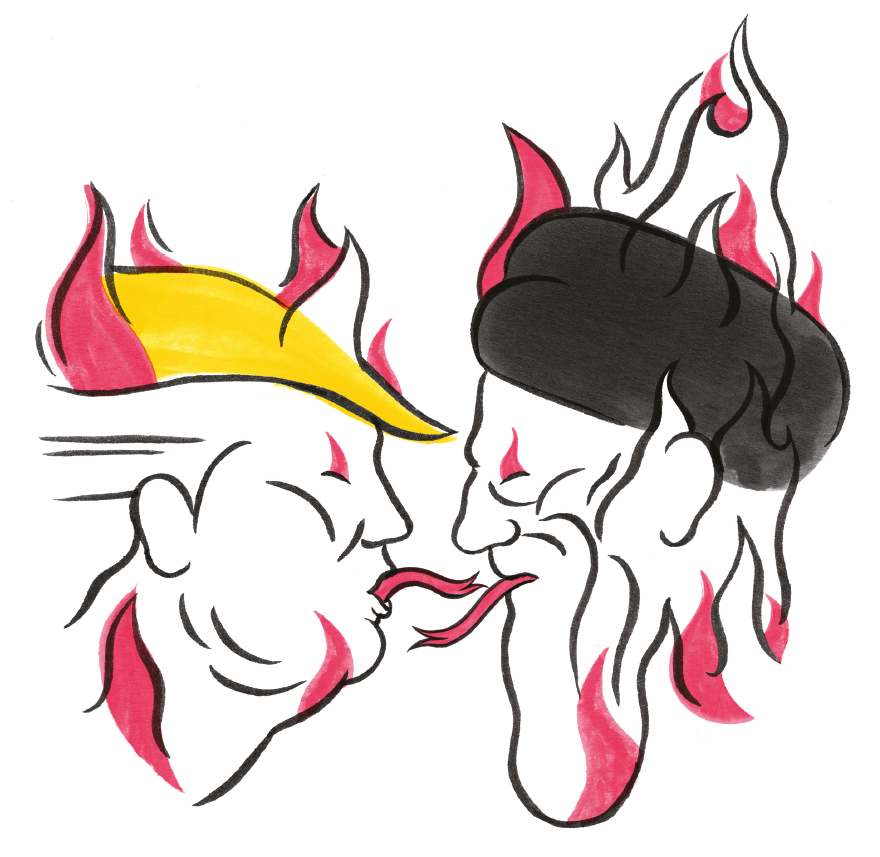
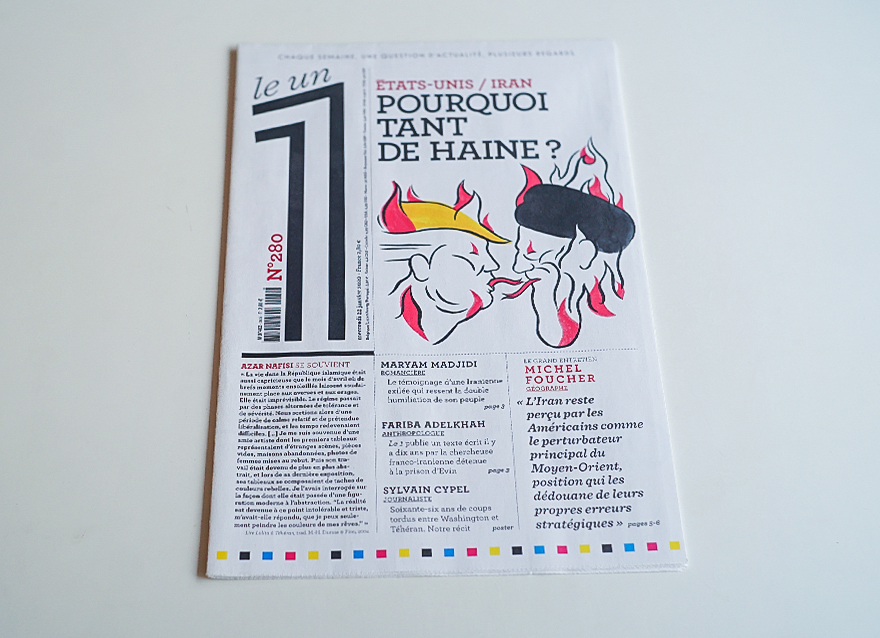
Mehran Tamadon (2023)
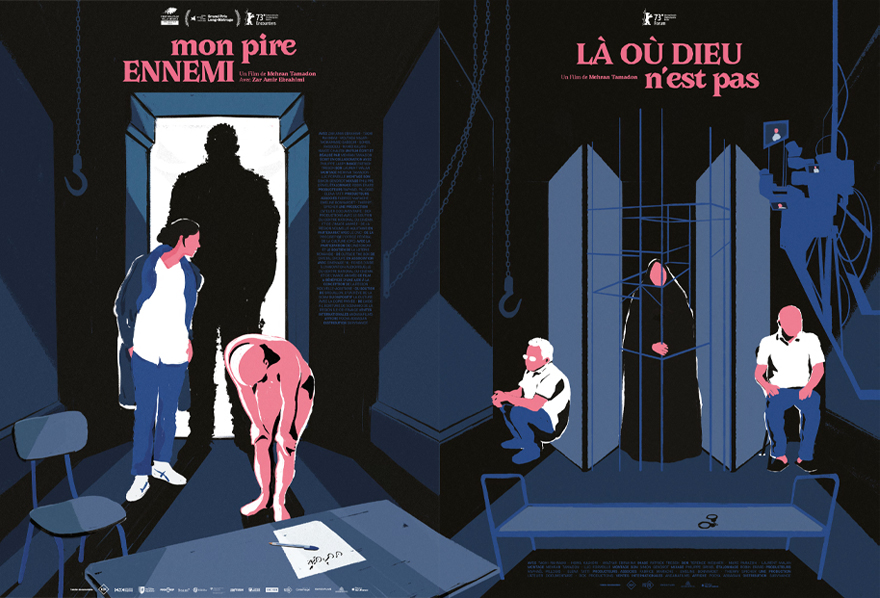
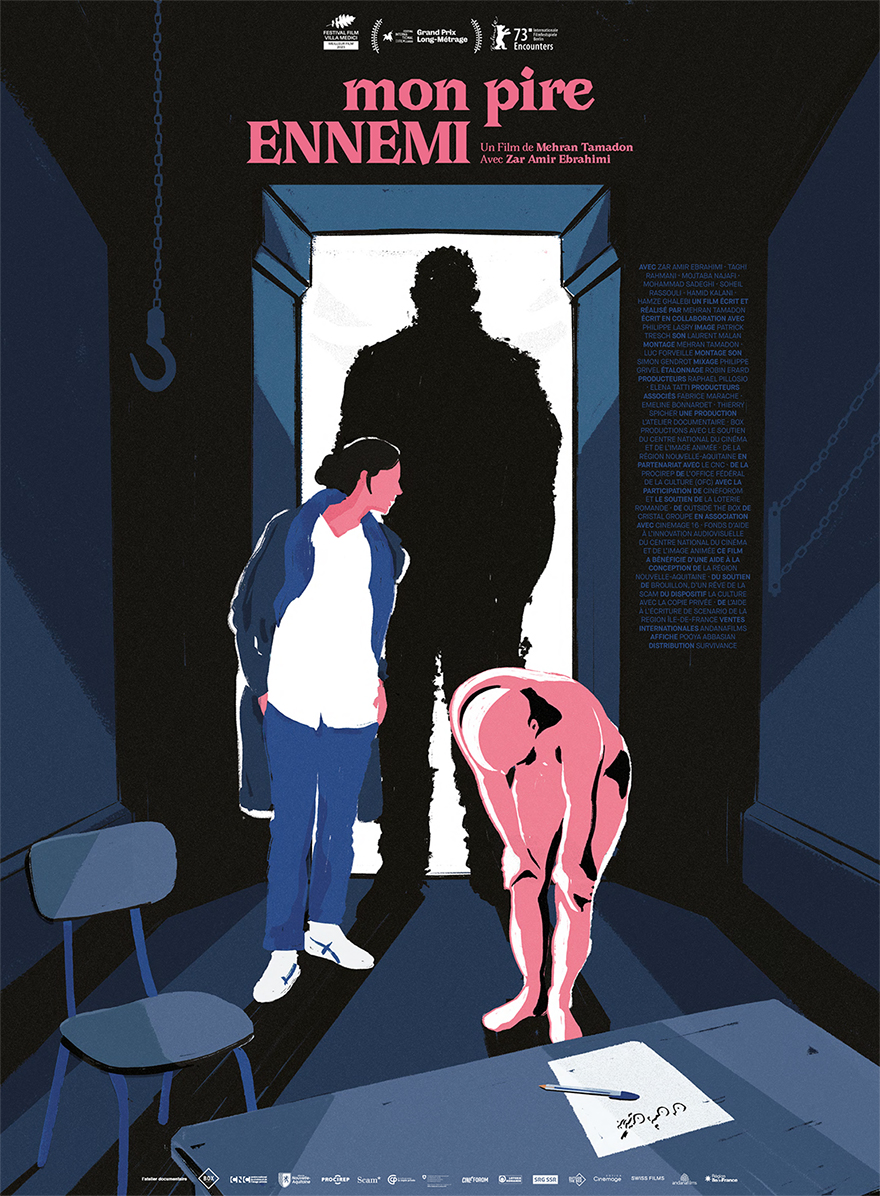
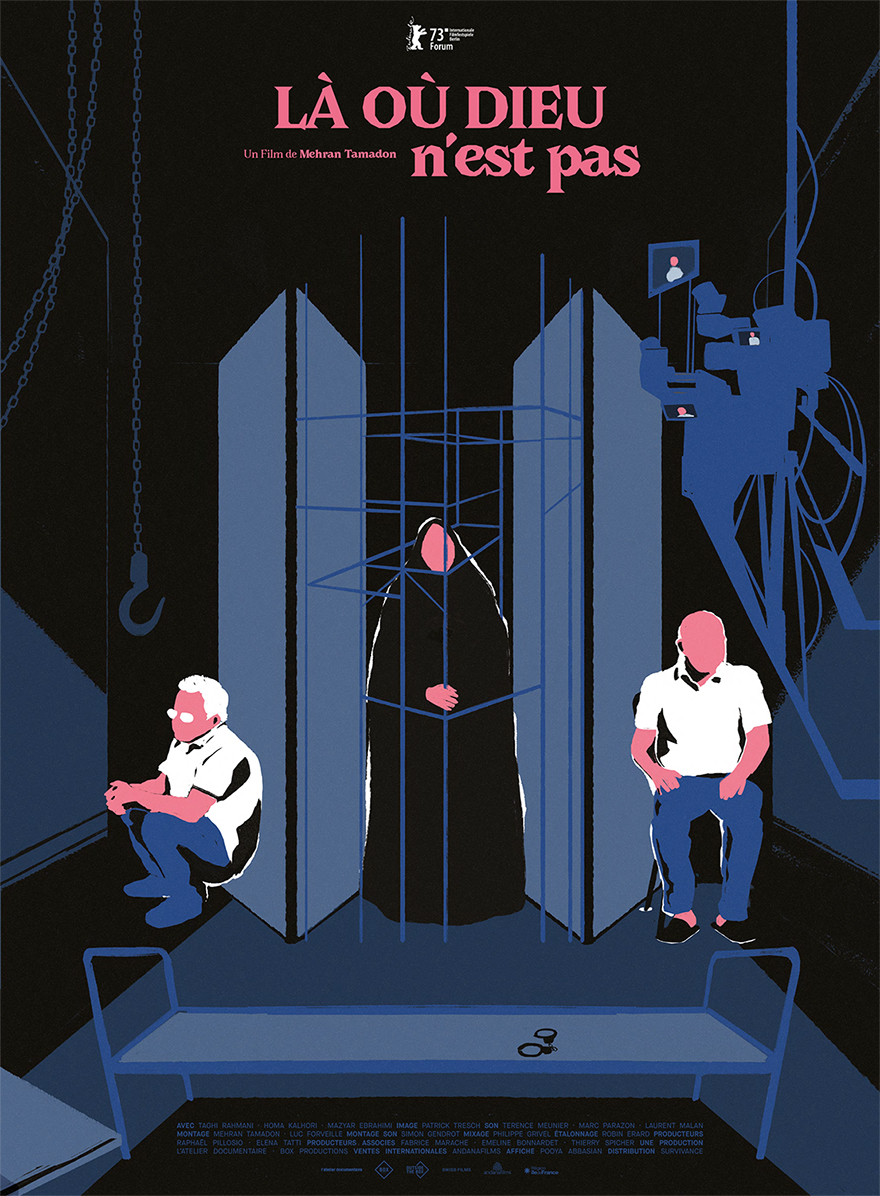 Posters for My Worst Enemy & Where God Is Not by Mehran Tamadon
Posters for My Worst Enemy & Where God Is Not by Mehran Tamadon
LaMakan (2022)
 Visual identity for La Makan project by Têmber Ensemble
Visual identity for La Makan project by Têmber Ensemble
untitled
untitled (2020)

The series Untitled results from photographing at random ,without looking into the camera (started from 2018). The camera is somehow autonomous: it becomes like a “third eye” that capture a direction, a moment and a composition that I would never catch. Then my role is just to select from thousands of snapshots without any modification. It is part of a reflection I’ve been having on the notion of free-will and try to get around imposed determinism. The final photograph leads to the Japanese notion of Ma 間 or negative space, as a gap in subjective perception.









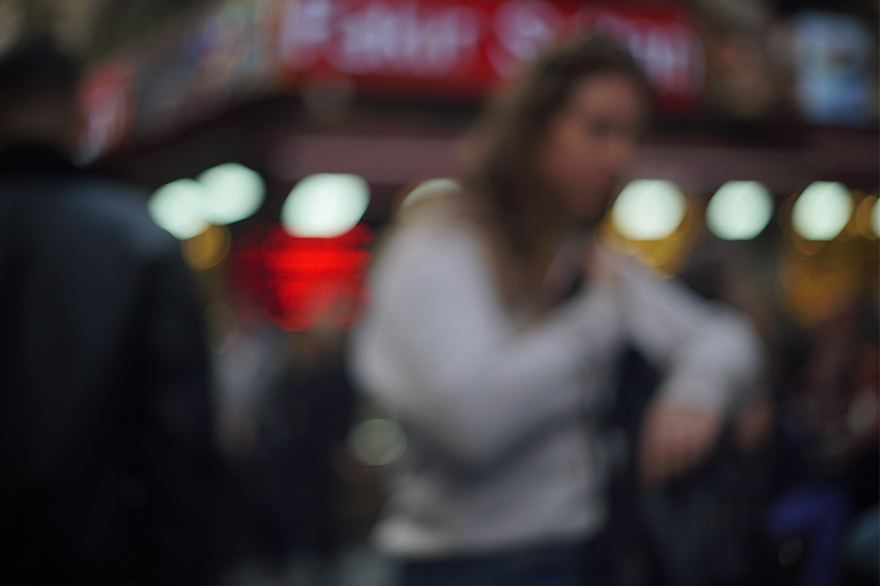
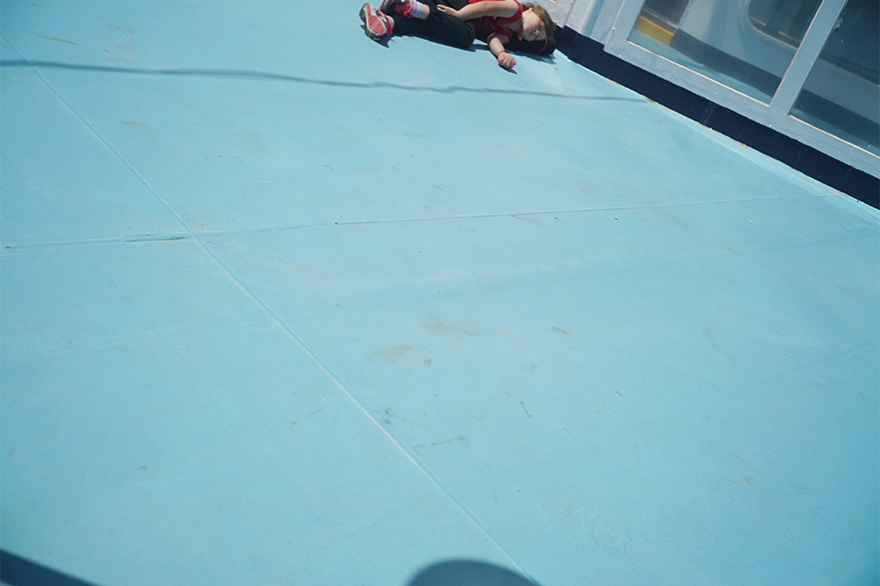
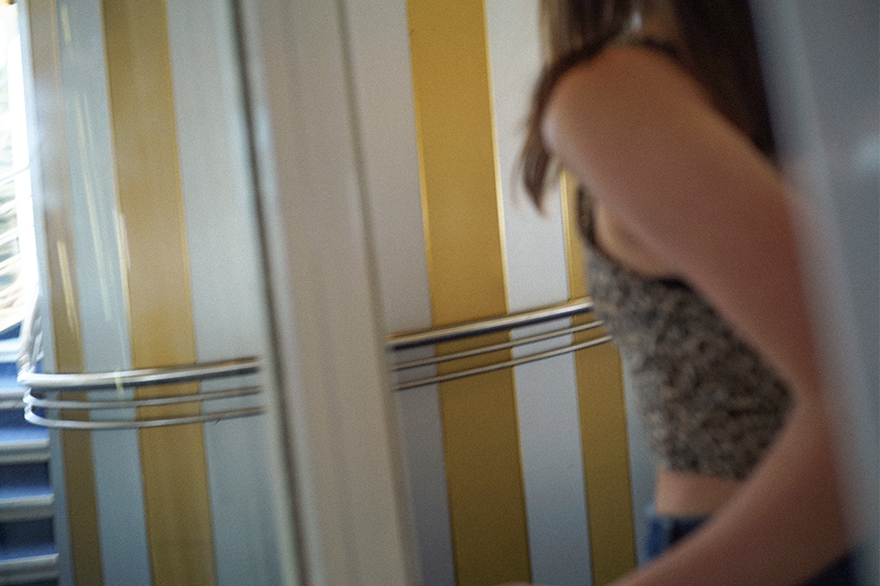
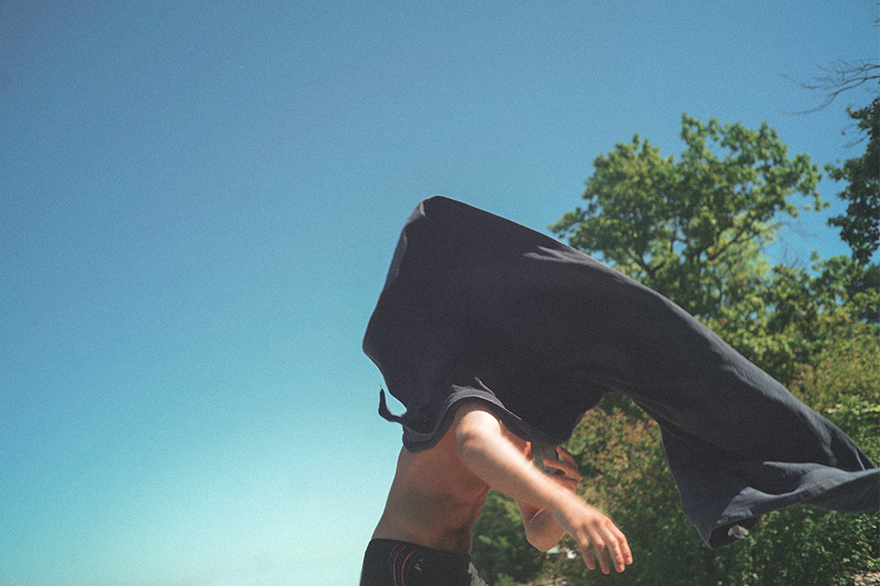
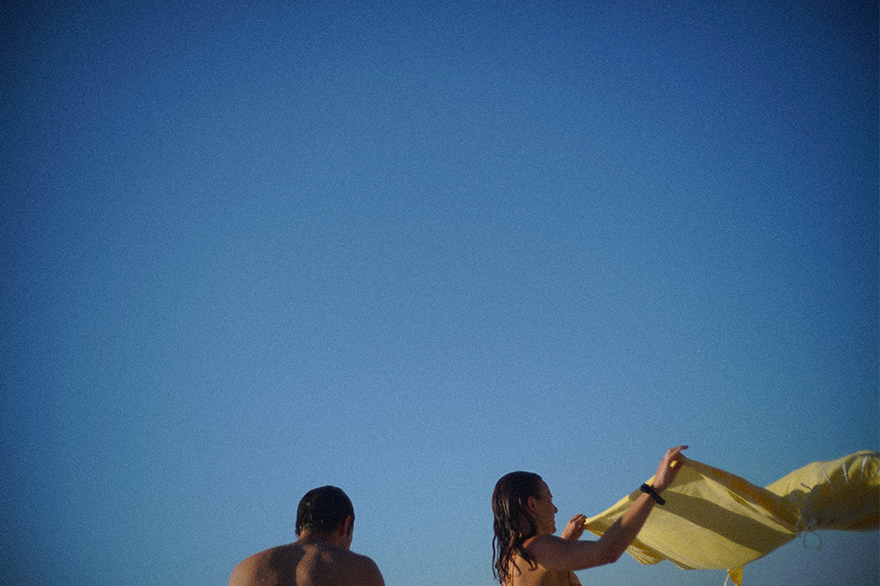
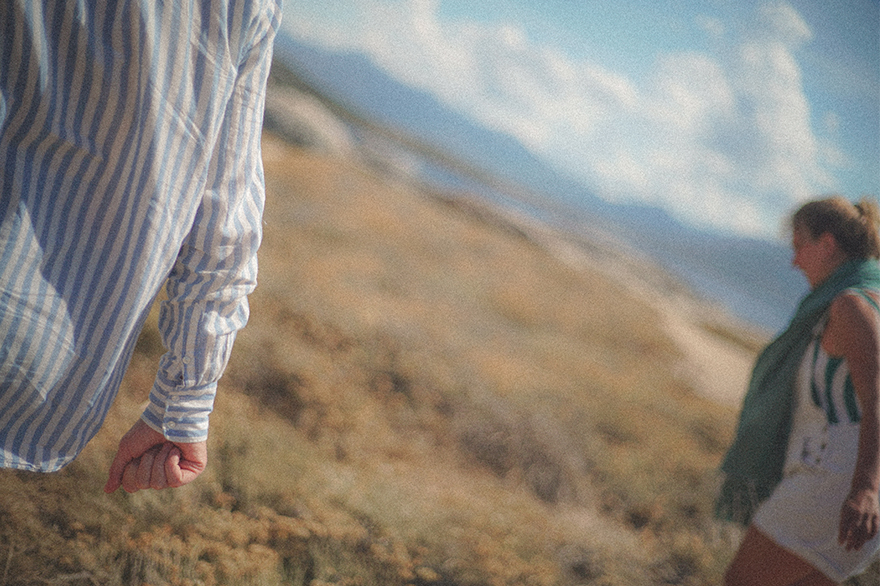
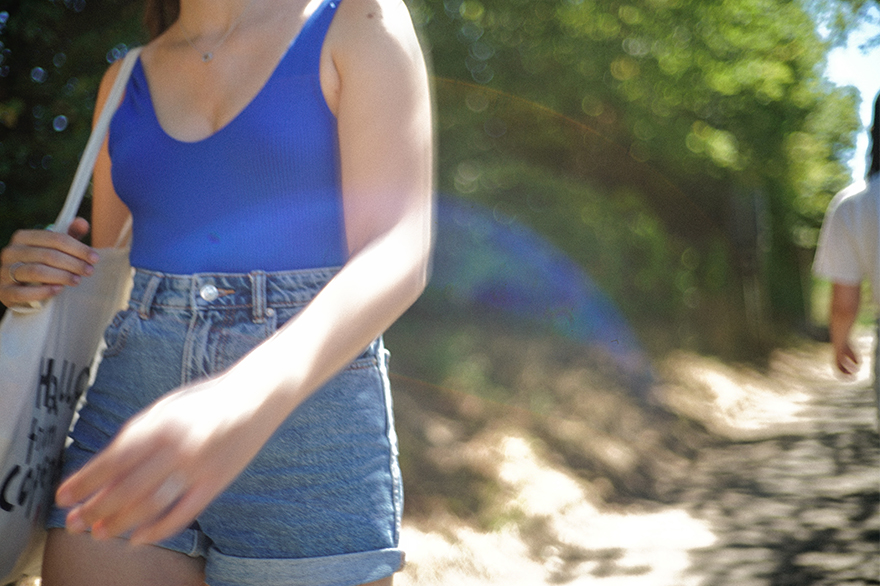
paris5avril2020
paris5avril2020

Paris5avril2020 is a visual pause during the lockdown imposed by the COVID-19 pandemic. A play on layers of reflectivity, the series includes images of neighboring windows that have been re-snapped from a computer screen.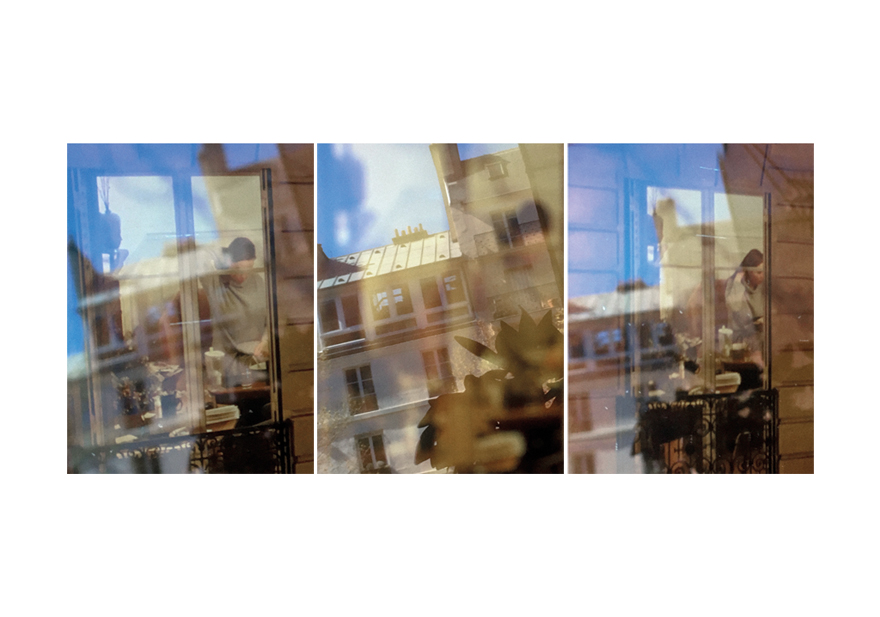
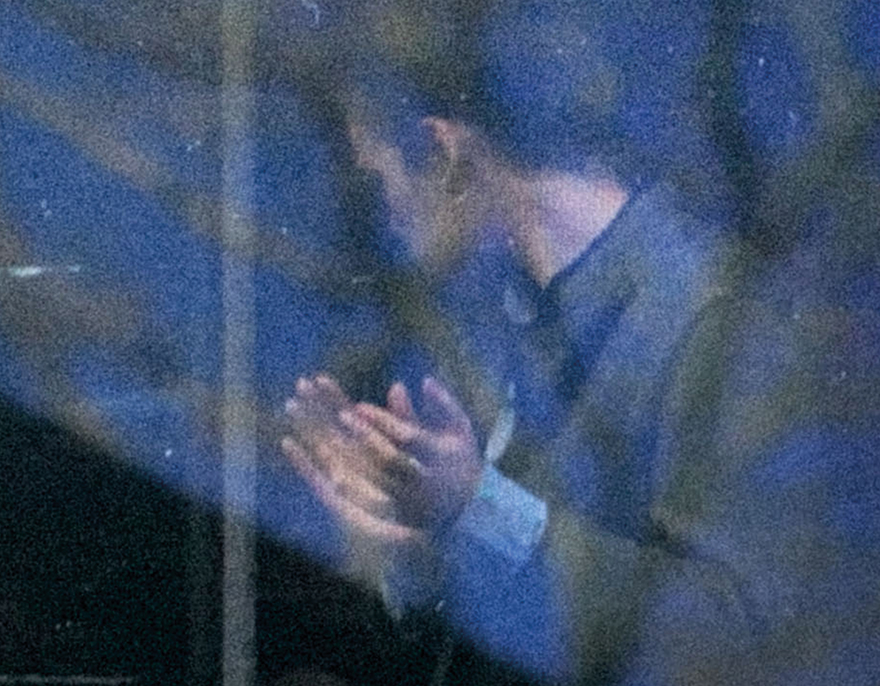
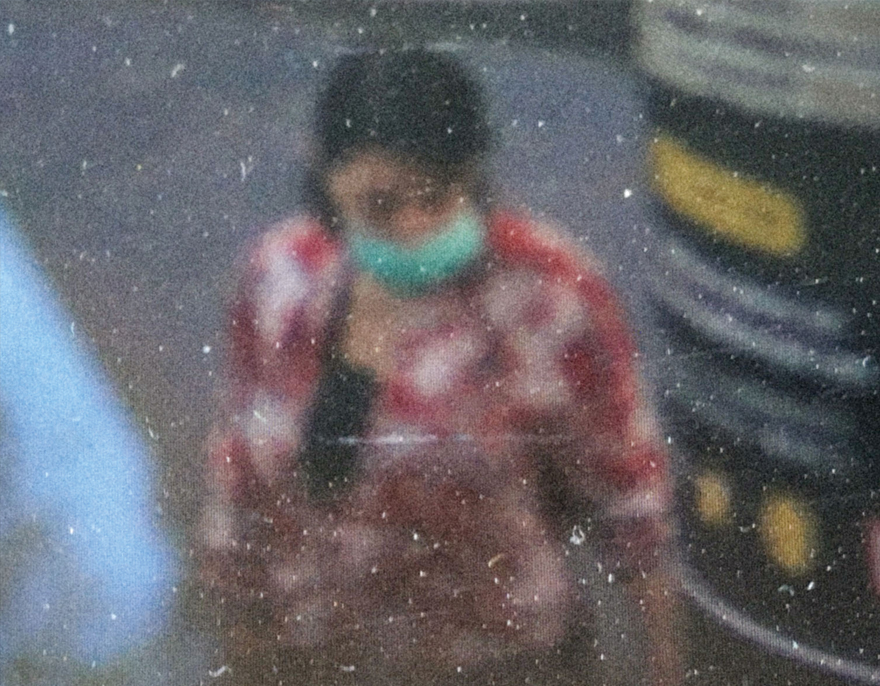
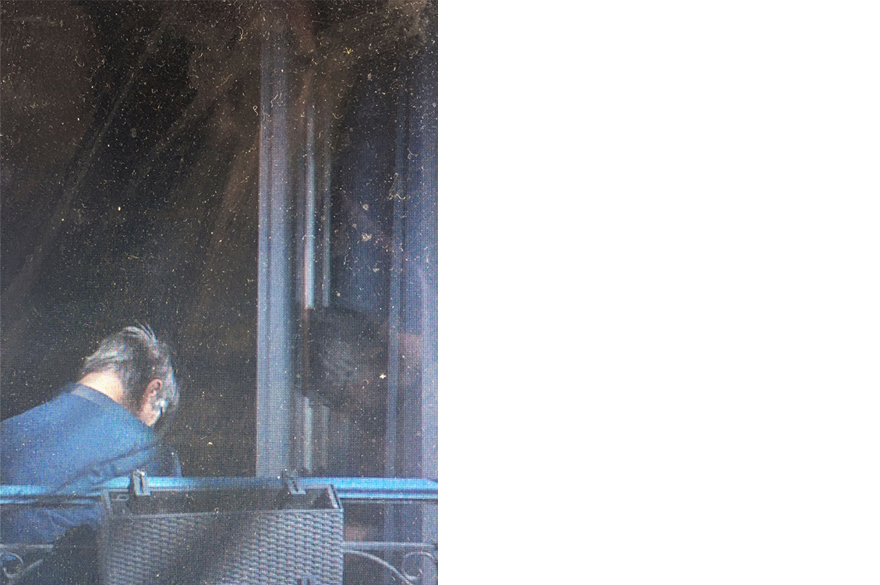
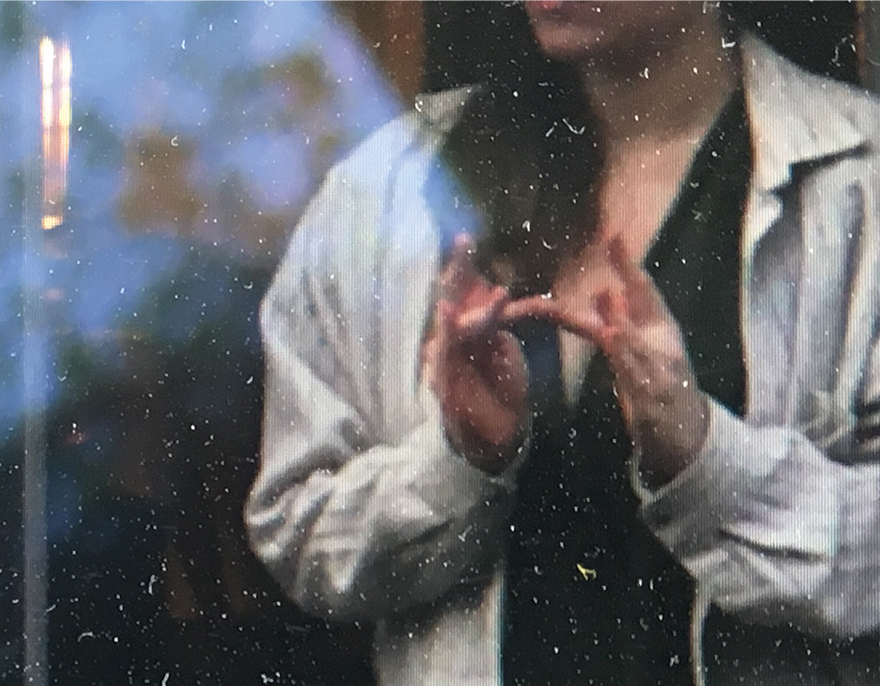

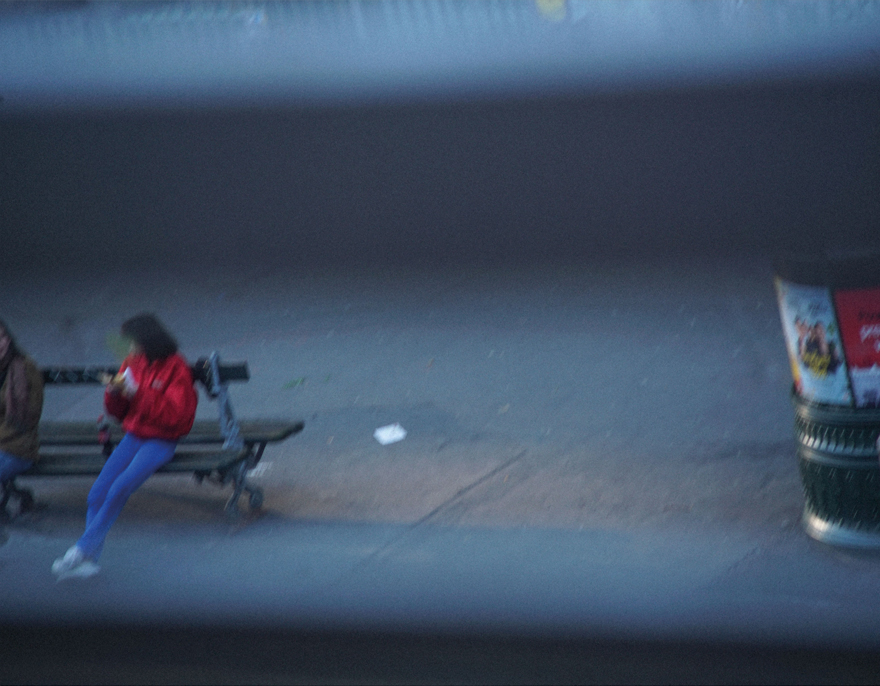
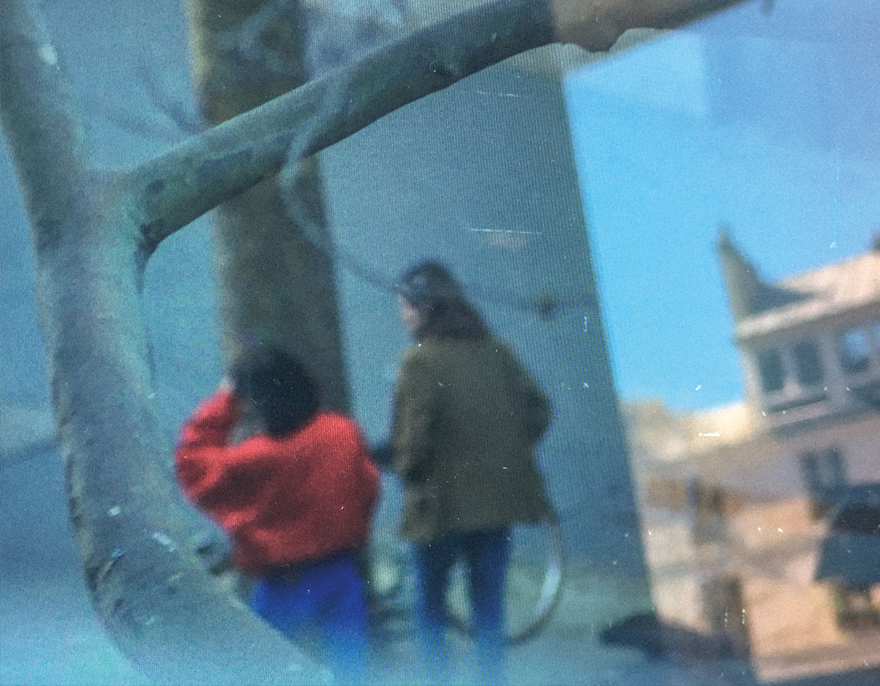
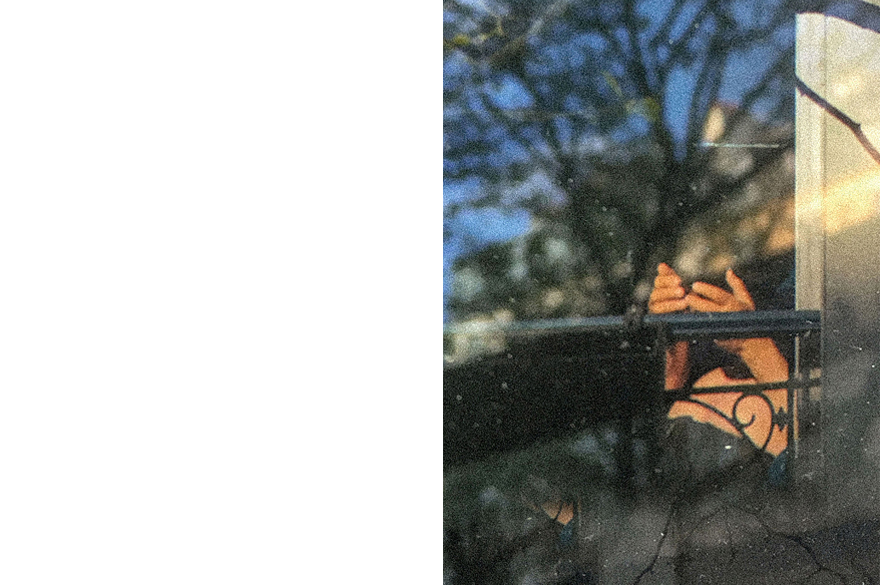
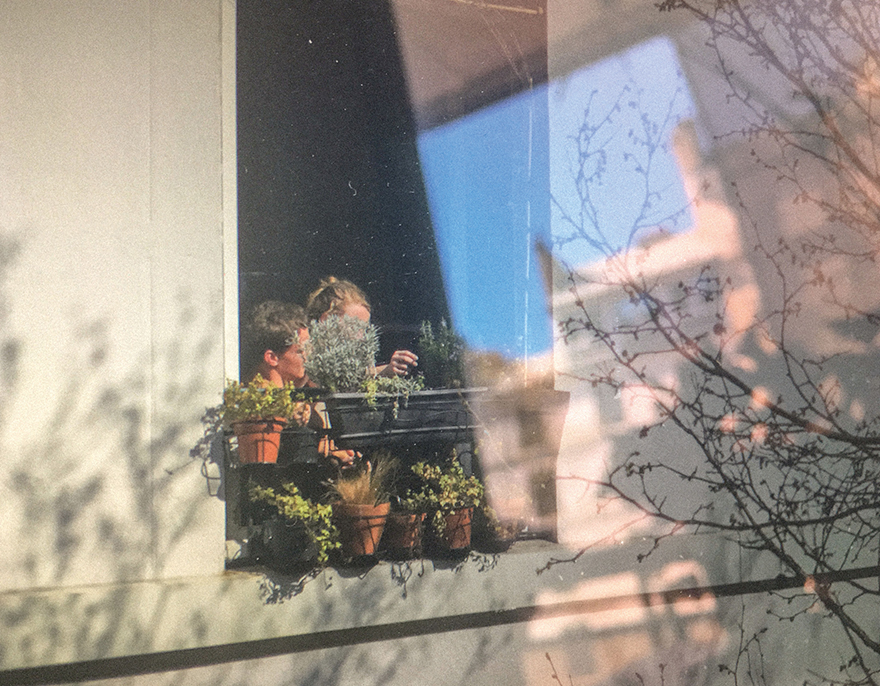
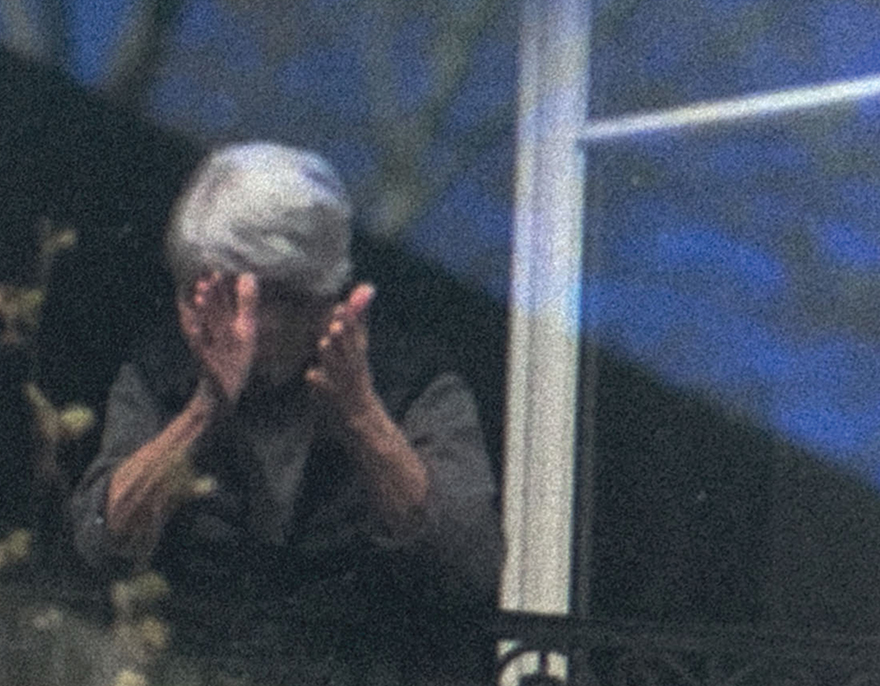
(Re)Transmission of Memory
(re)transmission of memory
(project work in progress)

In Paris I live close to the Père Lachaise cemetery. A very good friend of mine, who died couple of years ago, is buried there. During my visit I cut a wild plant growing on the side of his grave, took it home and planted in a pot, a way for me to keep his presence with me. In a way, this process is one of metaphorical memory transmission: a body giving birth to a plant, that is transferred from a place of death to a place of life.
I later developed this idea through a conversation with friend of mine, Germano Cecere, who is head of a research team in genetics at famous scientific and medical research institute ‘Institut Pasteur’, in Paris. He studies mechanisms of epigenetics and inheritance. He explained to me that they were currently testing the hypothesis that chromosomic/genetic modifications taking place during our lives could be passed on to future generations: genes have a memory that can propagate to new individuals. I found this idea absolutely fascinating, and decided to make my own personal obsession with memory and his scientific research work together artistically. The title of the project is (Re)transmission of memory (working title), and intends to reflect on the omnipresence of the past in our present, and the relation with identity through excavation of memories.
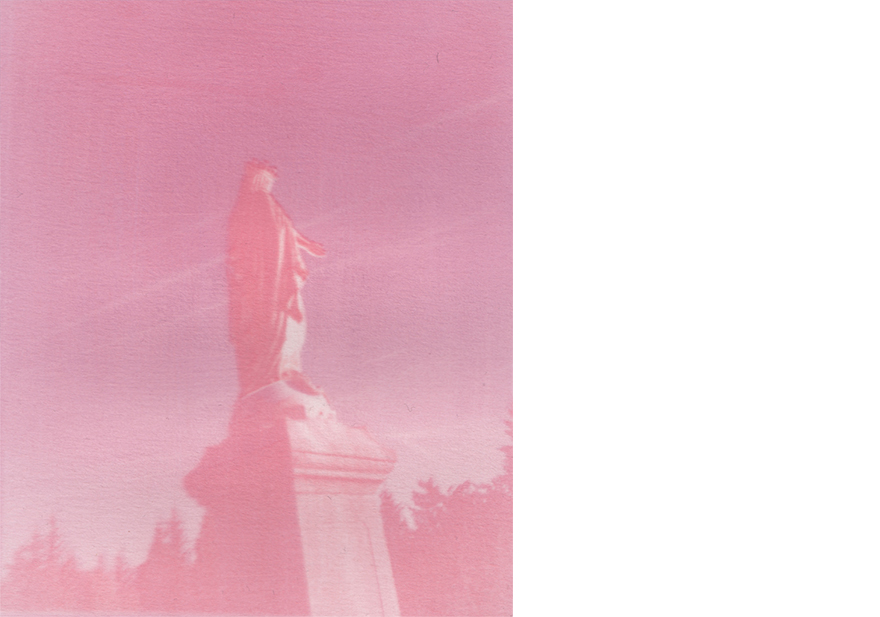 Light-sensitive emulsion on paper
Light-sensitive emulsion on paper
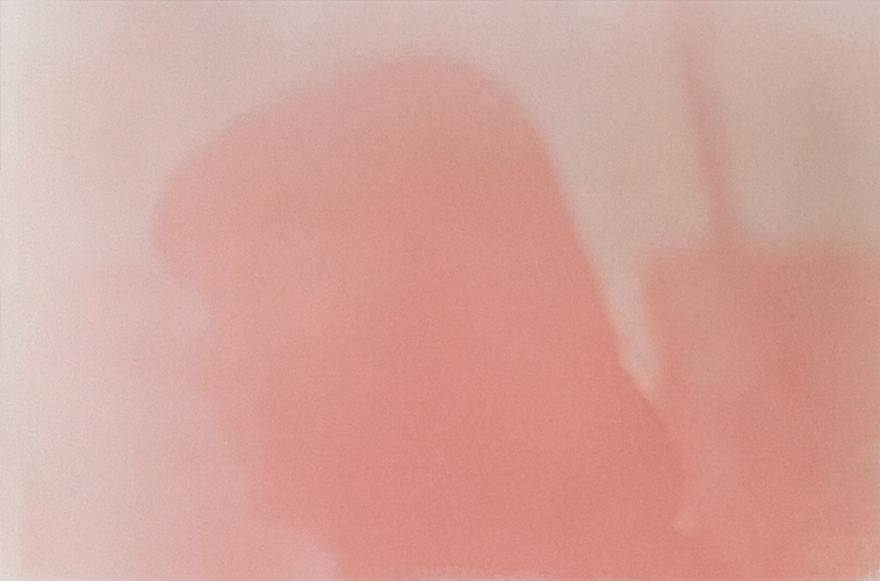 Light-sensitive emulsion on paper
Light-sensitive emulsion on paper
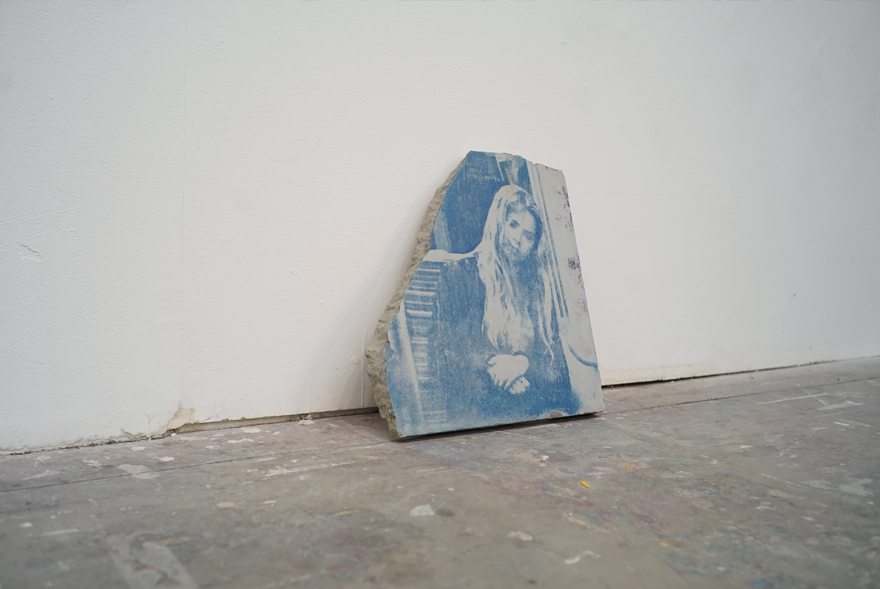 Cyanotype print on a piece of found wall, 55x40x7 cm, 2019
Cyanotype print on a piece of found wall, 55x40x7 cm, 2019
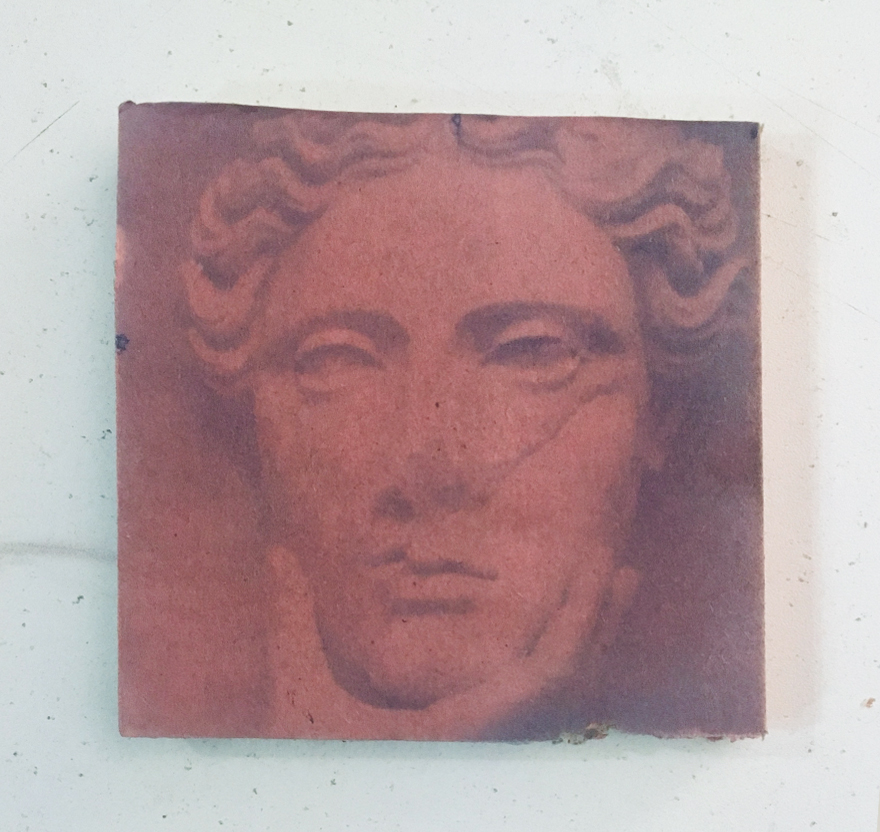 Light-sensitive emulsion on construction plasterboard
Light-sensitive emulsion on construction plasterboard
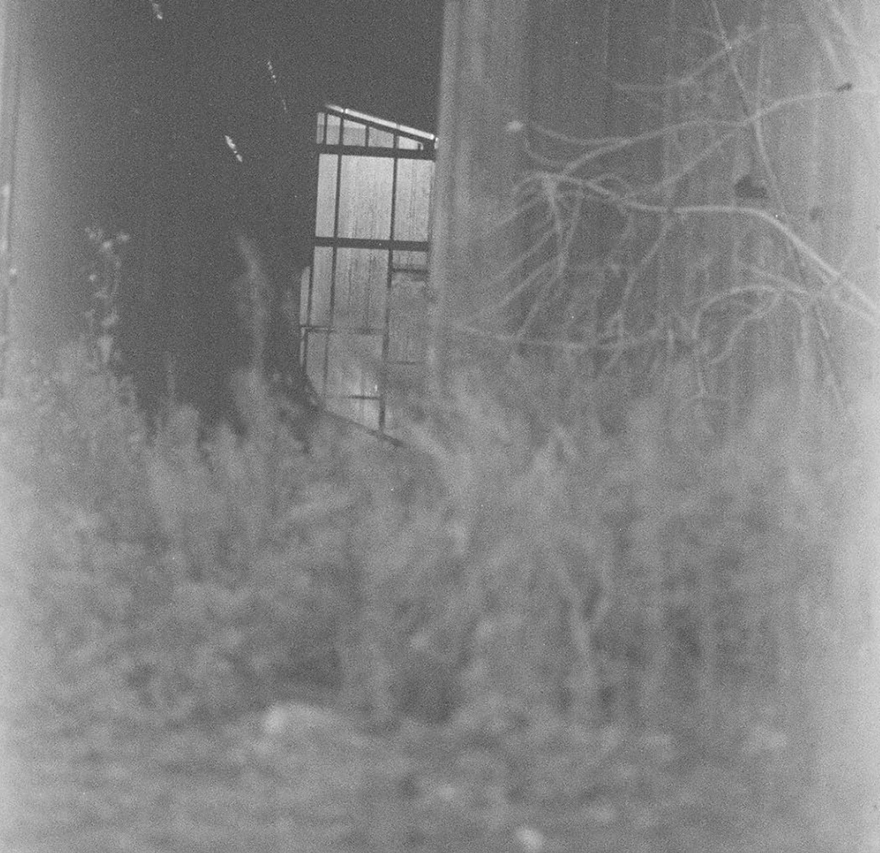 Expired médium format film
Expired médium format film
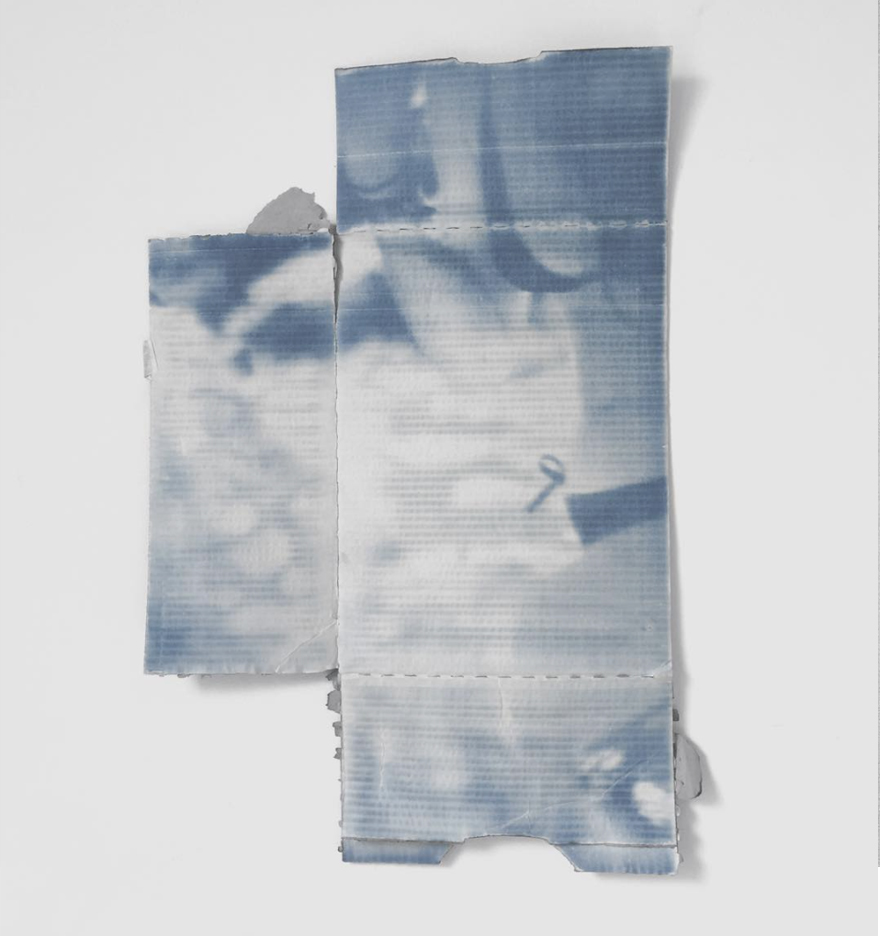 Cyanotype print on a piece of found unfold box, 60x35x1 cm, 2018
Cyanotype print on a piece of found unfold box, 60x35x1 cm, 2018
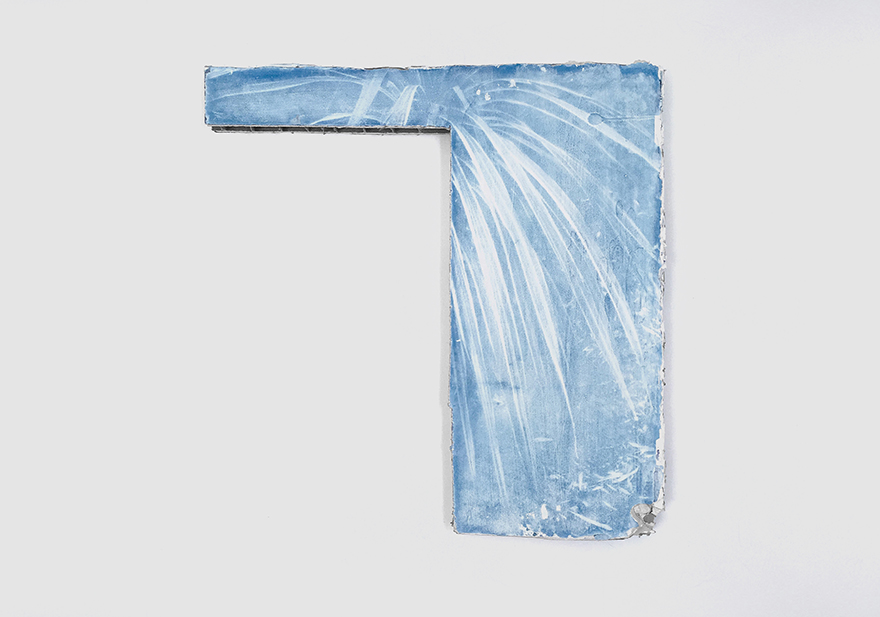 Cyanotype print on a piece of found wall, 80x80x5 cm, 2018
Cyanotype print on a piece of found wall, 80x80x5 cm, 2018
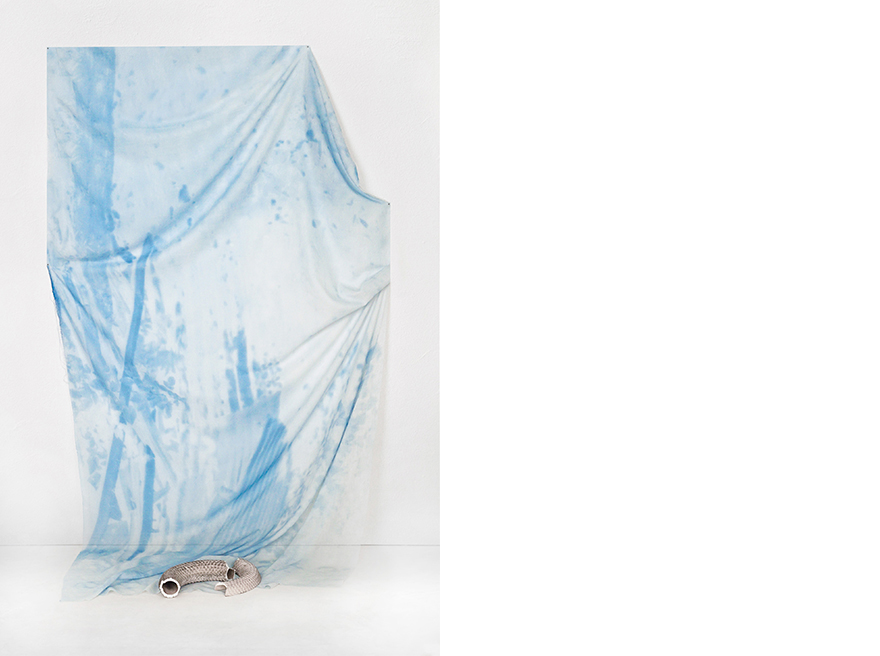 Cyanotype print on fabric, found objects, 150x100x30 cm, 2019
Cyanotype print on fabric, found objects, 150x100x30 cm, 2019
le radeau des cimes
le radeau des cimes
27.02.2020 – 02.03.2020 La villa belleville, Paris, France.
Exposition Collective de fin de résidencE.
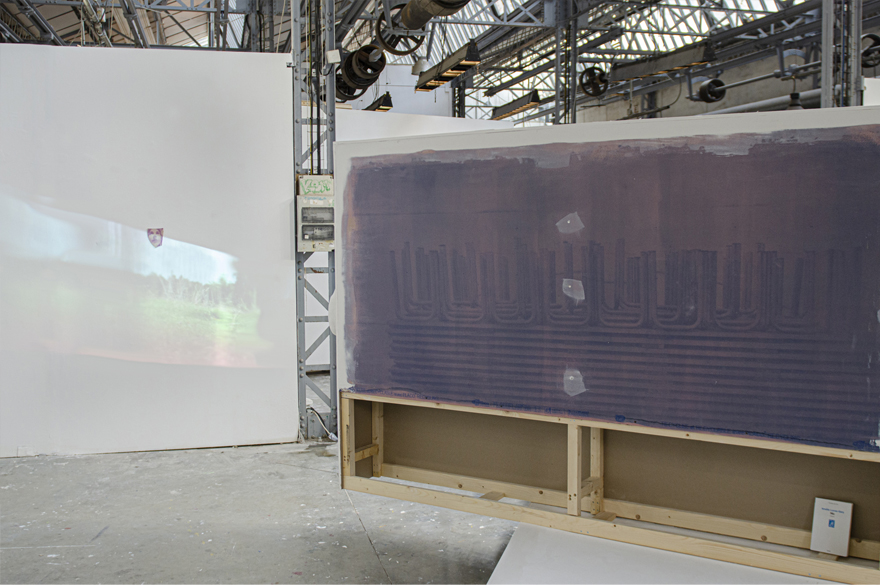
Pooya Abbasian s’intéresse aux images qui s’offrent à lui. Venant du monde du cinéma, il collectionne sur son disque-dur aussi bien des images documentaires que des photos simplement capturées avec son appareil photo au fil de ses pérégrinations. La première étape d’accepter ces visuels enregistrés pour ce qu’ils sont – des compositions – lui permet d’annihiler la relation paradoxale qui existe entre image et réalité. Inspiré de la technique du cyanotype, un procédé d’impression alternatif, il joue par négatif photographique à projeter une image qu’il définit lui-même comme banale sur une surface, céramique ou plaque de plâtre de construction. Il semble en définitive que l’image se produise par fraction — pour une image inscrite dans l’espace, mille autres images peuvent littéralement en naître — et effraction — par dépendance et émancipation, voire détournement, d’une économie visuelle qui domine nos modes de perception et nos schèmes cognitifs.
Depuis une trentaine d’années, le biologiste Francis Hallé navigue sur de véritables océans verts. Depuis la canopée des forêts primaires, il observe, découvre, dessine et analyse les plantes, les arbres, les végétaux et les relations qui les animent. Se poser sur le toit de la forêt lui permet un accès privilégié et inédit à l’ensemble de sa biodiversité, qui est reconnue comme étant la plus riche au monde. Le radeau des cimes est le nom donné à ses expéditions scientifiques, c’est également le nom donné à l’ouvrage qui retrace cette incroyable aventure.
Il s’agira donc d’emprunter au monde végétal un type d’organisme bien particulier, autotrophe et photosynthétique, afin de penser l’exposition comme un véritable bouquet d’artistes épiphytes. Ces plantes, à la manière d’une communauté en résidence, évoluent sur un principe de coopération. Leur caractéristique principale étant qu’elles s’épanouissent en collaborant avec l’arbre ou la structure qui les accueille. Penser une résidence à la Villa Belleville comme un écosystème permet alors de révéler les subtilités les différences et les complémentarités de chacun. L’espace d’exposition rend ainsi compte d’un terrain fertile, propice à une création en perpétuelle mutation.
Au-delà, cet environnement de vie et de travail si spécifique, dans une idée d’ateliers partagés où se rencontrent les pratiques et les personnalités, se doit de signifier au sein de l’espace d’exposition les confrontations et frictions, les échanges et porosités qui existent entre les œuvres dont en résulte un enrichissement partagé.
Dimitri Levasseur
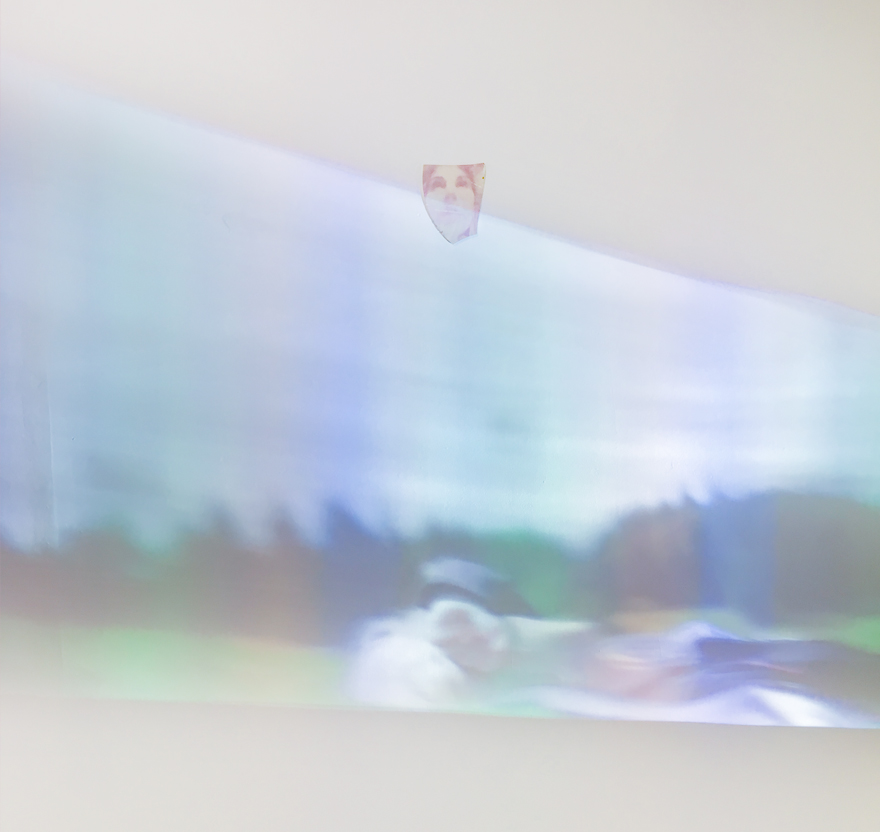
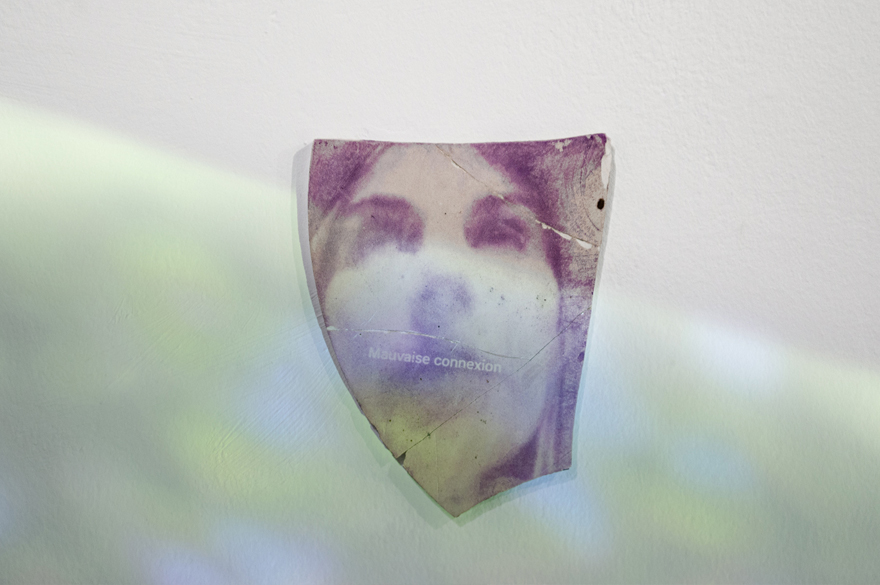 Projéction de vidéo, émulsion photosensible sur céramique, 20x15x0,5 cm, 2020.
Projéction de vidéo, émulsion photosensible sur céramique, 20x15x0,5 cm, 2020.
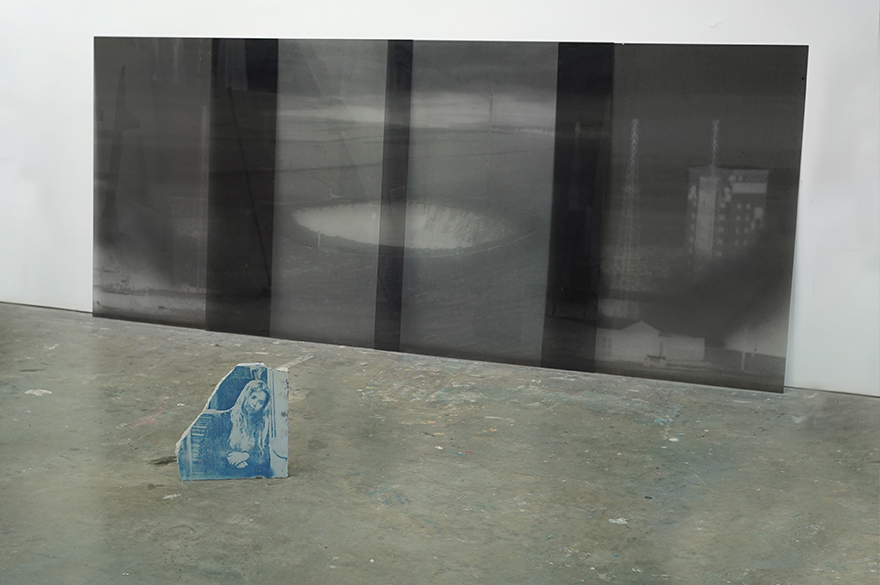 Vue d’atelier à la Villa Belleville, Paris, France.
Vue d’atelier à la Villa Belleville, Paris, France.
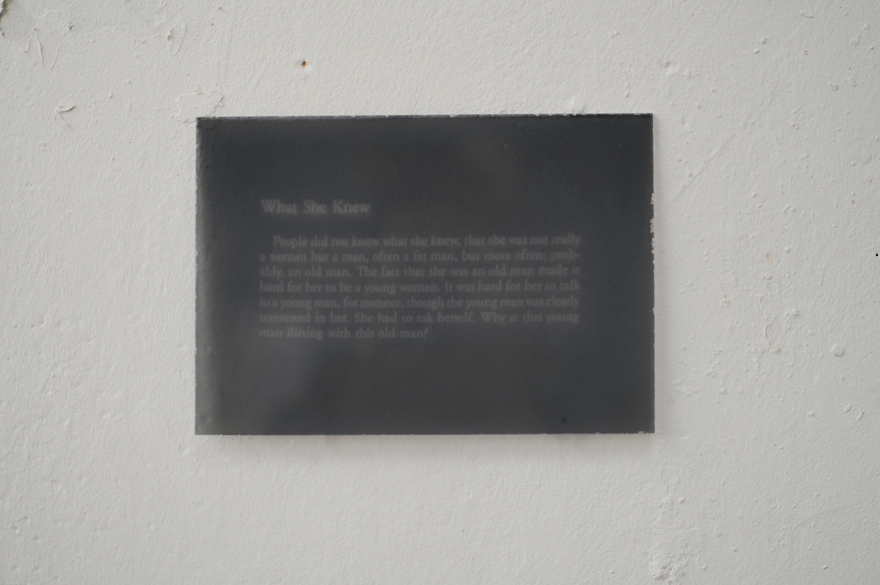 Impression sur plexigass, 20×15 cm, 2019.
Impression sur plexigass, 20×15 cm, 2019.
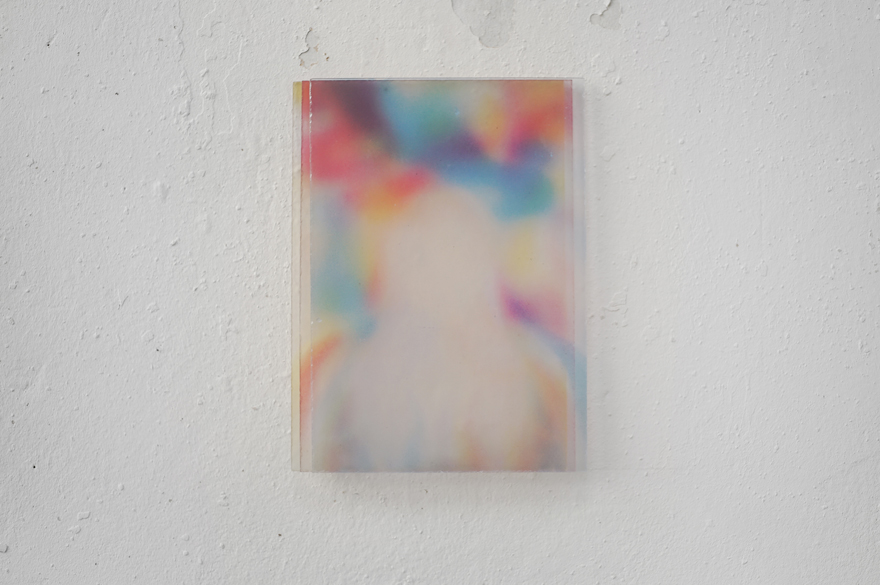 Impression sur trois niveau de plexiglass transparent, 20×17 cm, 2020.
Impression sur trois niveau de plexiglass transparent, 20×17 cm, 2020.
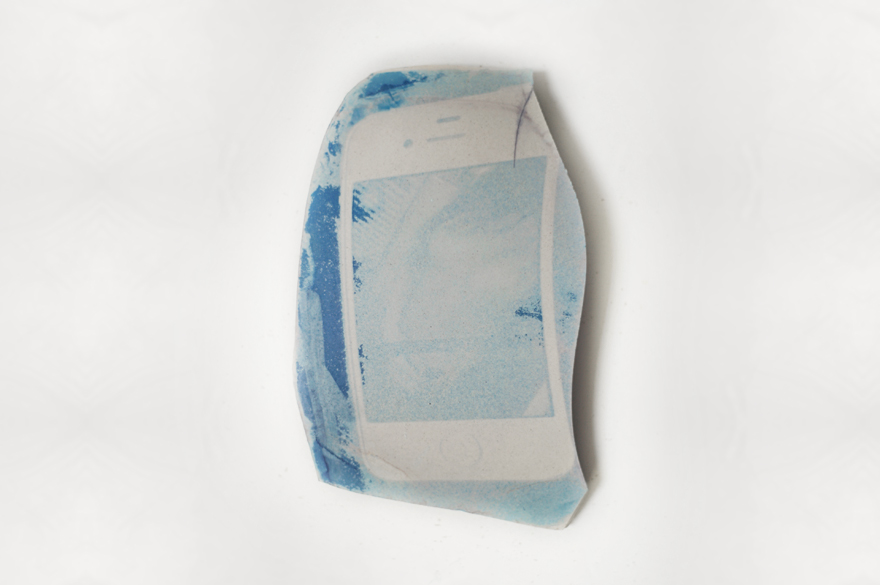
Émulsion photosensible sur céramique, 20x10x0,5 cm, 2020.
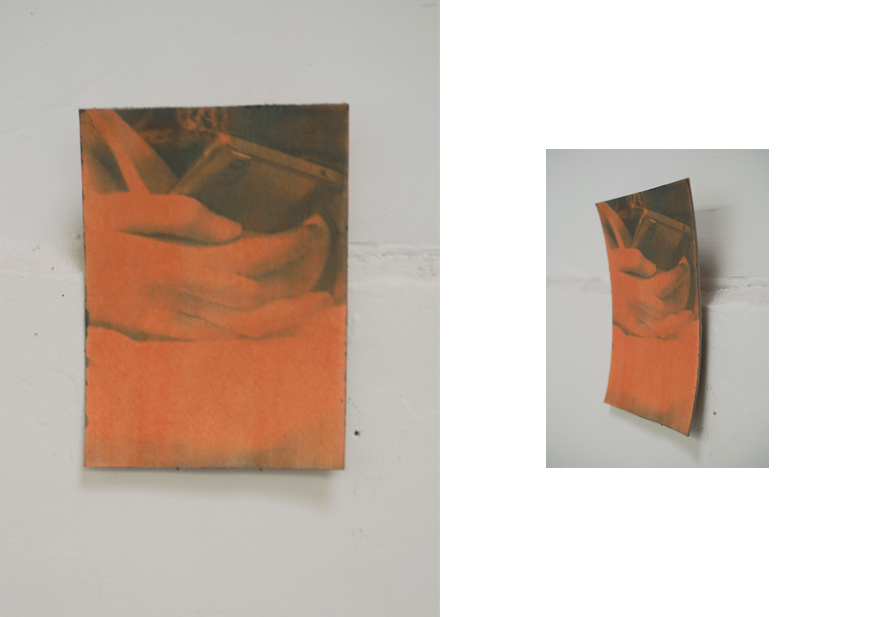 Émulsion photosensible sur carton, gouache, 28×20 cm, 2019.
Émulsion photosensible sur carton, gouache, 28×20 cm, 2019.
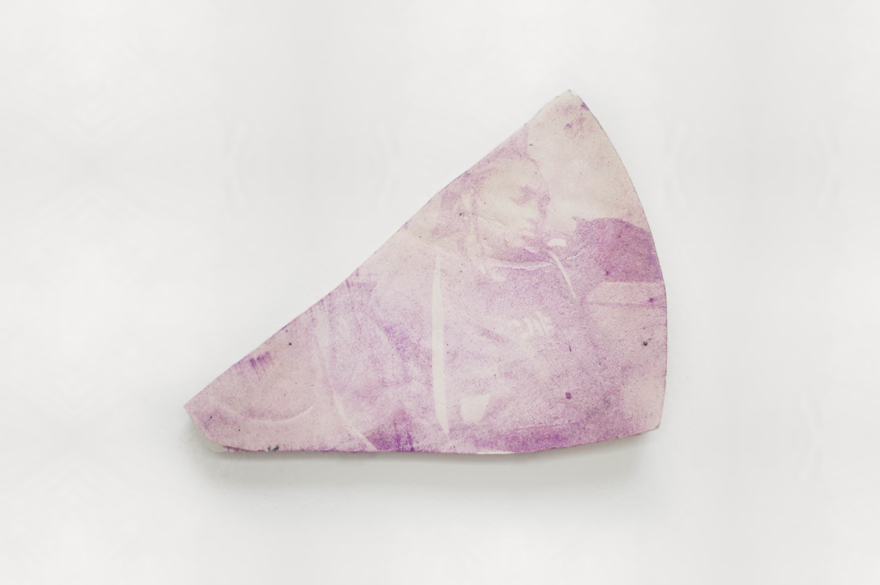 Émulsion photosensible sur céramique, 15x10x0,5 cm, 2020.
Émulsion photosensible sur céramique, 15x10x0,5 cm, 2020.
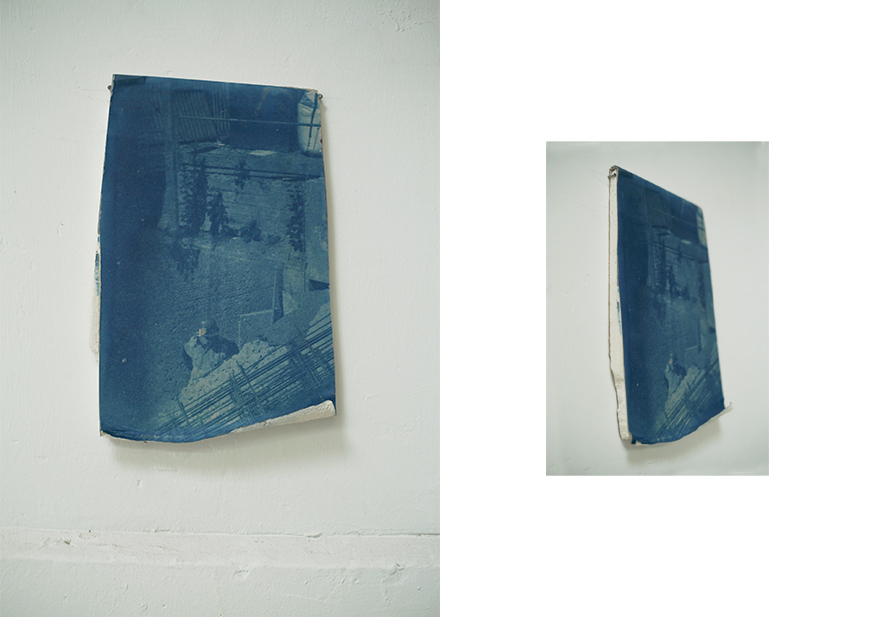 Émulsion photosensible sur placo de construction, 30×18 cm, 2019.
Émulsion photosensible sur placo de construction, 30×18 cm, 2019.
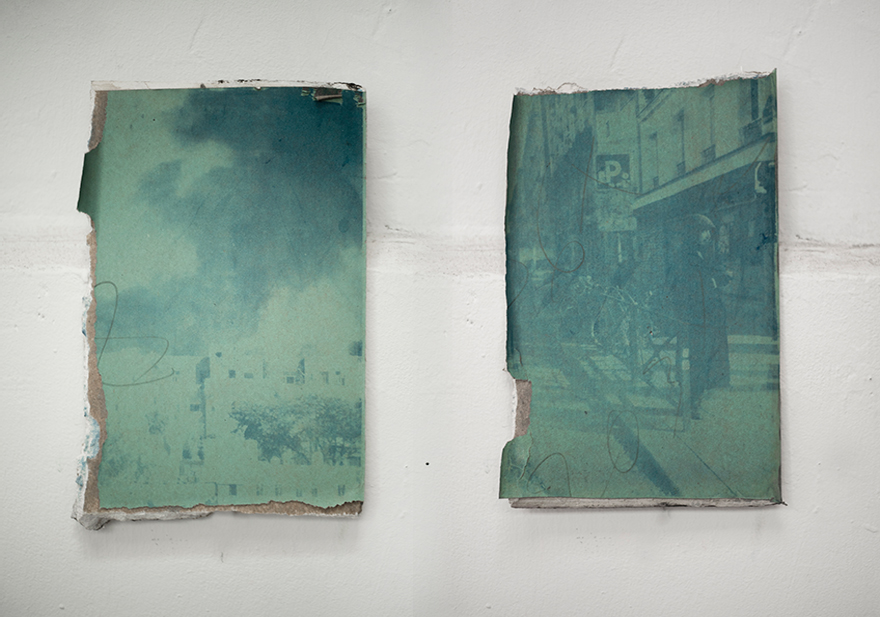 Émulsion photosensible sur placo de construction, 30×20 cm, 2019.
Émulsion photosensible sur placo de construction, 30×20 cm, 2019.
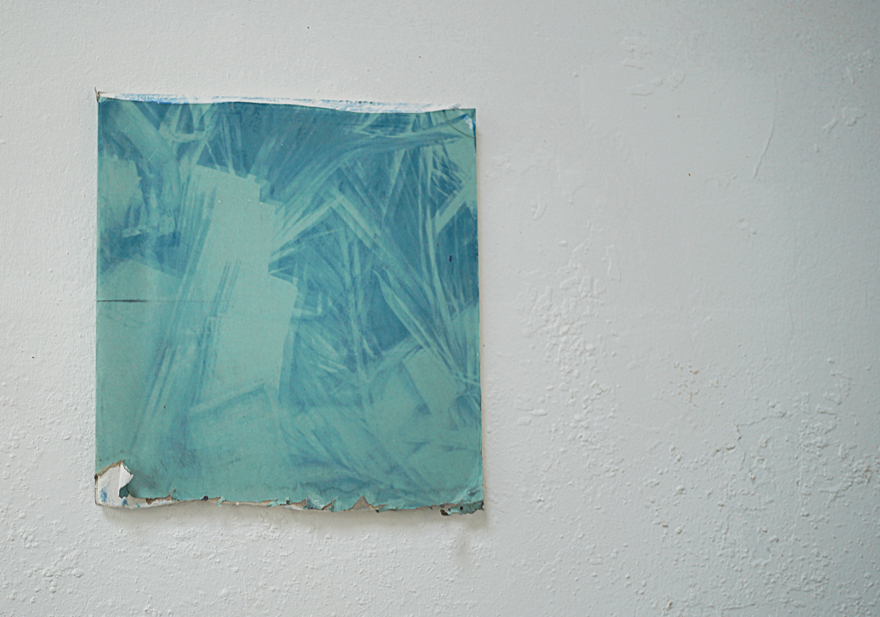 Émulsion photosensible sur placo de construction, 30×30 cm, 2019.
Émulsion photosensible sur placo de construction, 30×30 cm, 2019.
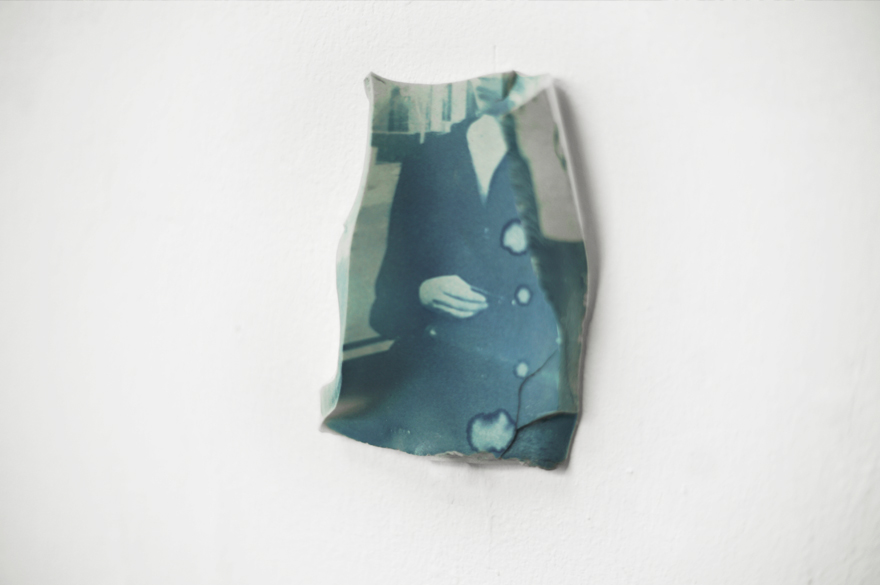 Émulsion photosensible sur céramique, 17x10x3 cm, 2020.
Émulsion photosensible sur céramique, 17x10x3 cm, 2020.
 Émulsion photosensible sur céramique, résine, 11x5x3 cm, 2020.
Émulsion photosensible sur céramique, résine, 11x5x3 cm, 2020.
 Vue d’atelier à la Villa Belleville, Paris, France.
Vue d’atelier à la Villa Belleville, Paris, France.
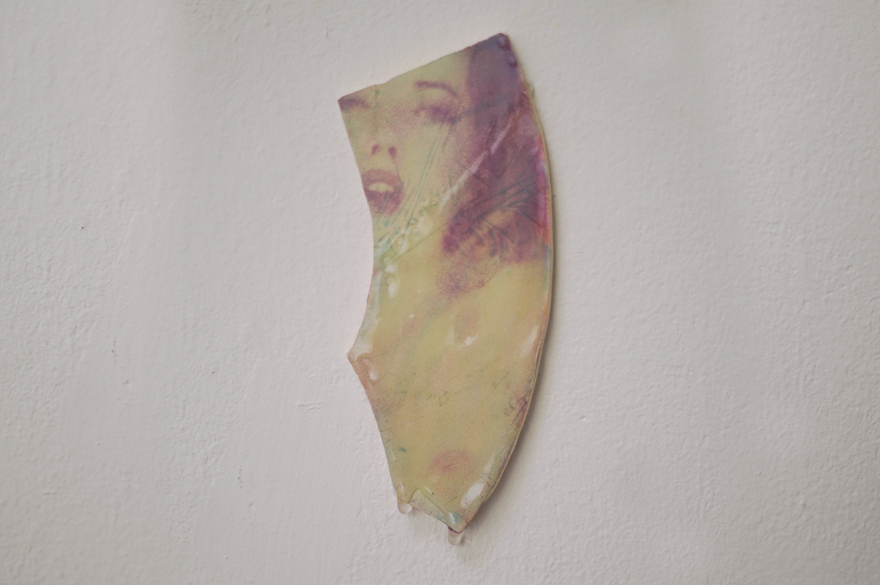 Émulsion photosensible sur céramique, résine, 10x4x1 cm, 2019.
Émulsion photosensible sur céramique, résine, 10x4x1 cm, 2019.
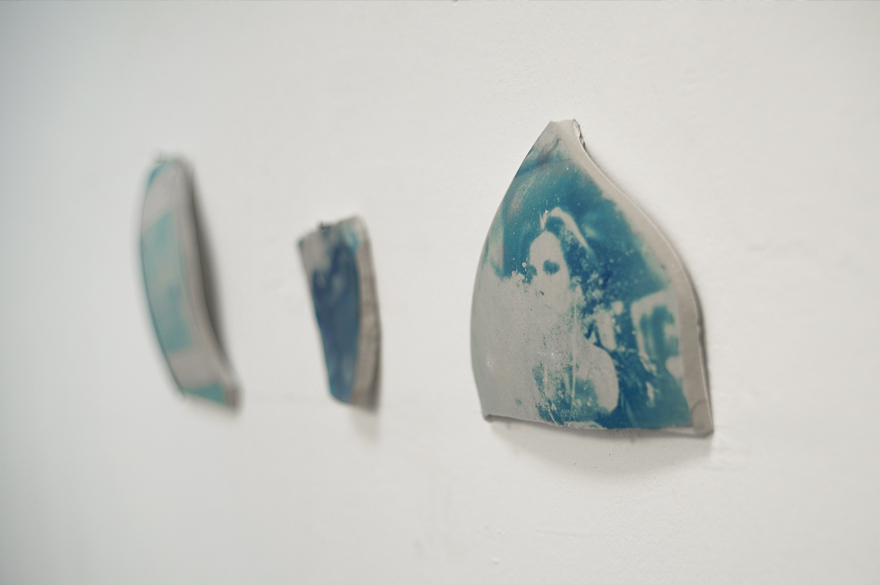 Émulsion photosensible sur céramique, 2019.
Émulsion photosensible sur céramique, 2019.
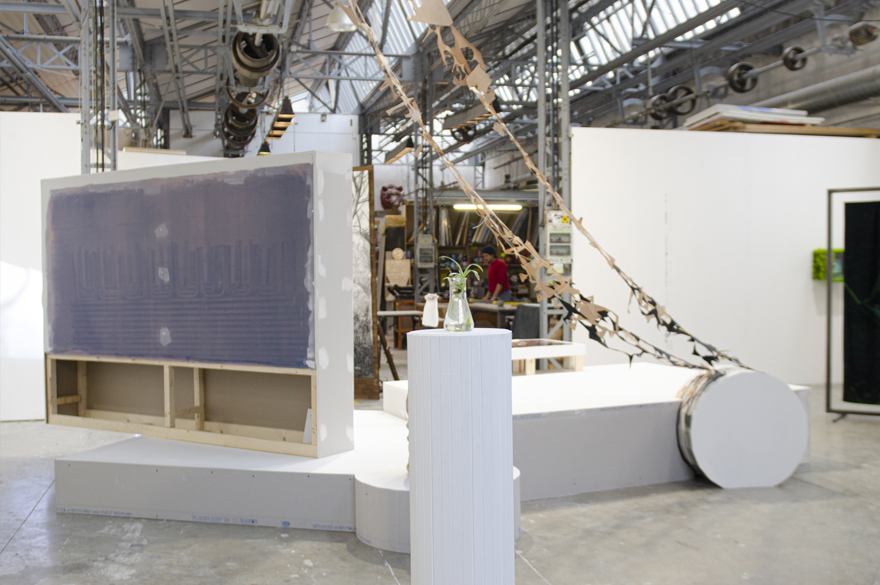 Vue de l’exposition Le Radeau Des Cimes, VillaBelleville, Paris, France.
Vue de l’exposition Le Radeau Des Cimes, VillaBelleville, Paris, France.
lumen
lumen, 2018-2020
Fraction/break-in of the image
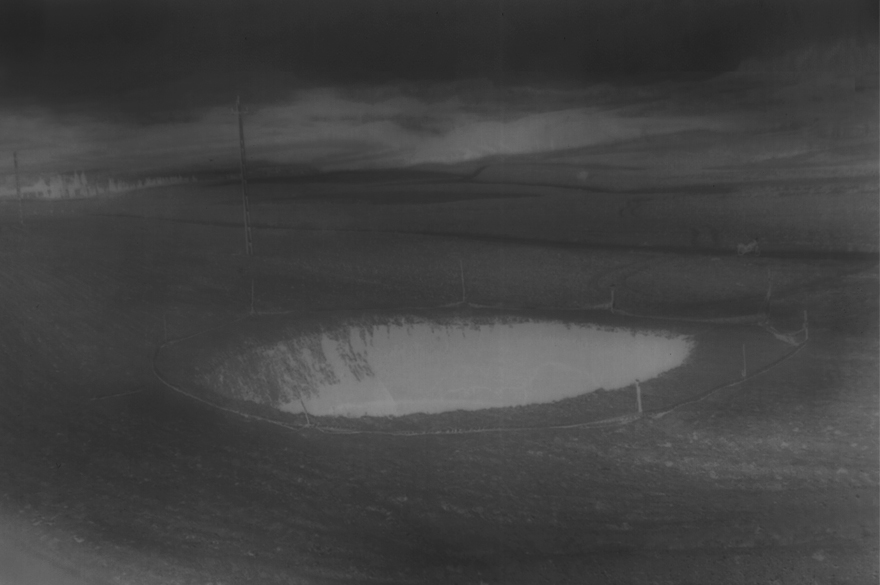
The Lumen series by Pooya Abbasian offers a particularly original visual experience and technique. It requires meticulous attention, perhaps a moment of visual pause. Immediately these images question us through their spectral presence, at the limit of the visible, as a consequence of their fabrication process, their genesis. They result in fact from a video projection made on photosensitive paper, itself scanned, before the evaporation of the image-trace left by the projection, in order to make an image-imprint of it, which the artist finally fixes by printing it on a plexiglass support – the final support being in turn conducive to a series of reflections, dissensions and visual dilations.
So from the power of the initial video projection, to the sensitivity of the paper that captures its trace, passing through the printing technique on plexiglass, each of these factors adds a potential track to capture the image and at the same time blurs our real possibilities of finding a path towards it. The image as point of origin or point of departure mutate to become a sort of moving sand or magnetic fields, whose fragile crystallization “exposed” here can take on a new value: that of an image that is both material and immaterial and which is nevertheless stated before us like a sculpture (not fixed to the wall) or a body in space, at the limit, totally decontextualized from the technical ecosystem that saw it born.
The latter can be linked as much to Man Ray’s rayographs as to Duchamp’s Grand Verre, or even to Stan Brakhage’s cinema, while questioning the current conditions of visibility and image storage, within the big data economy. Pooya Abbasian opposes his images – sublime residues, rejections or even counter-data – to the hegemonic structure of what is visible online. This “accursed share” of the digital image, soon to be promoted to the rank of art, in the same way as the Lumen do in front of us, is expressed through unfathomable and unidentifiable images for the production system in which they are yet produced – it is the part of controlled or repeated chance that the artist leaves to the machines he uses such as video projector, scanner, printer etc. We almost forget that a documentary image of the explosion of an oil tanker or a crater of drought in Iran was at the origin of the emanation or the visual smoke which escapes in front of us; like the laughing gas that is now escaping from the Arctic as a result of global warming.
Ultimately, it seems that the image develops through fragmentation – for an image inscribed in space, a thousand other images can literally be born – and break-in – through dependence and emancipation, even diversion operated upon a visual economy that dominates our modes of perception and our cognitive patterns. In times characterised by a constant visual and multimedia stimulation, it seems that this work addresses precisely our hyper-fragmented memory. Pooya Abbasian’s Lumen operate at a point of entanglement, in tension between intimate and personal memories and the memory of “found” or “captured” images (online, in the media, around us …).
Morad Montazami
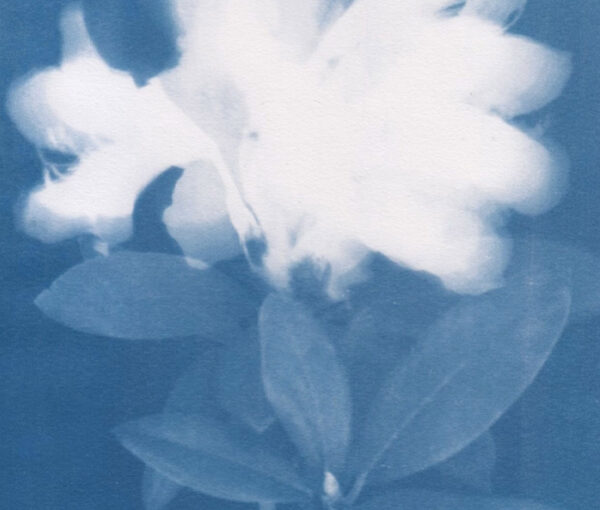
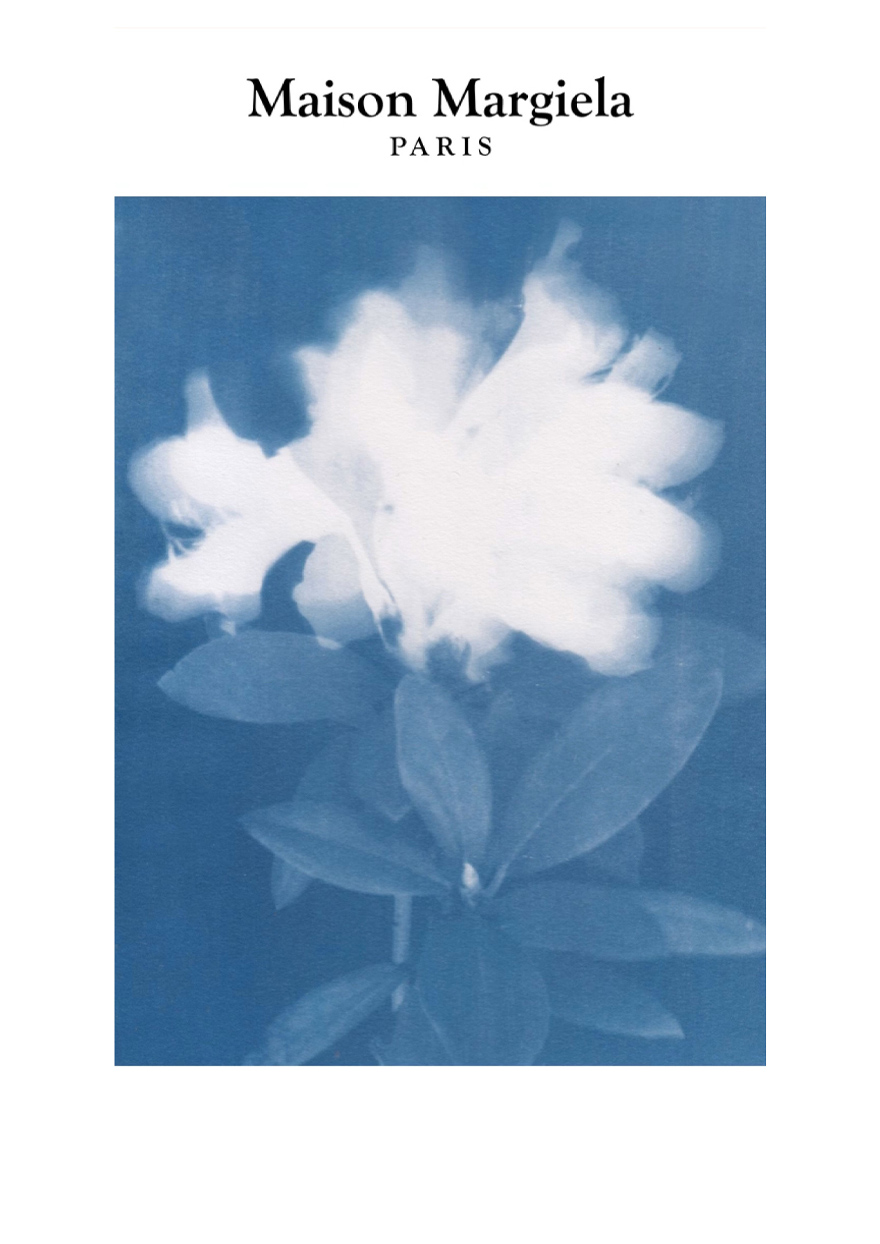
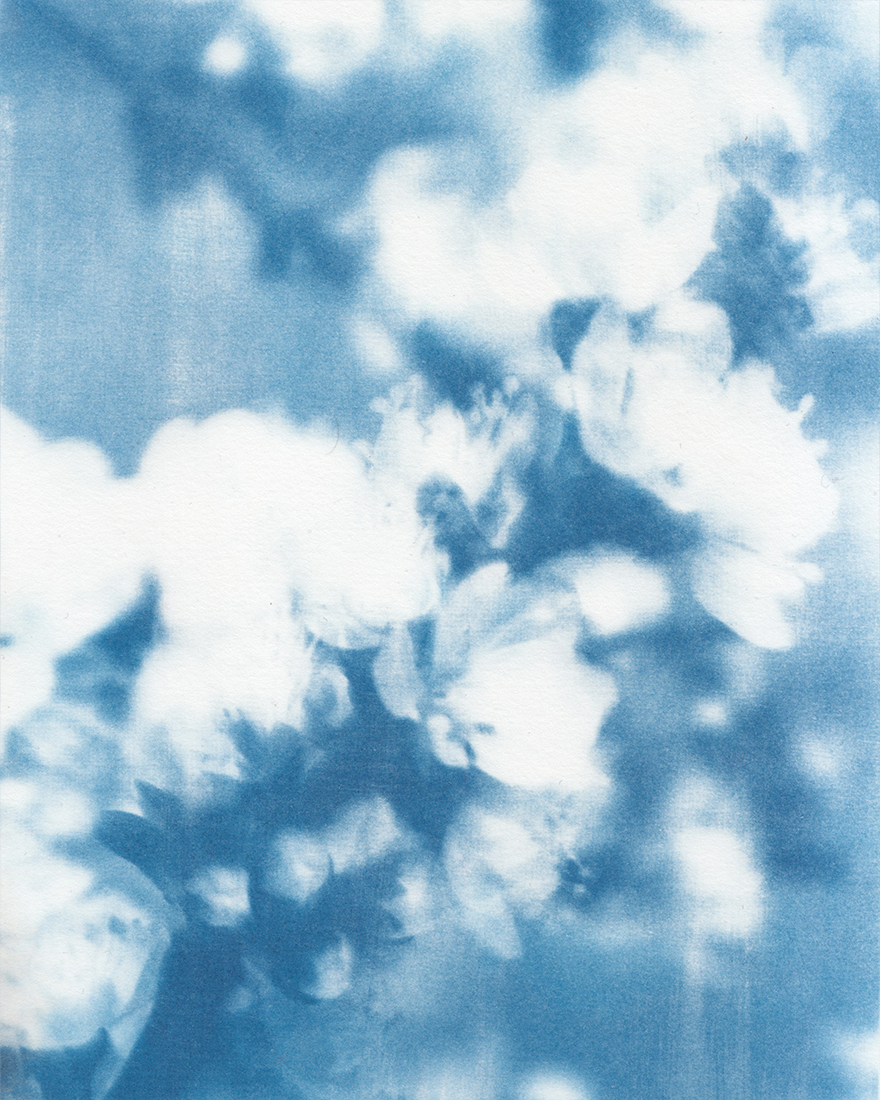
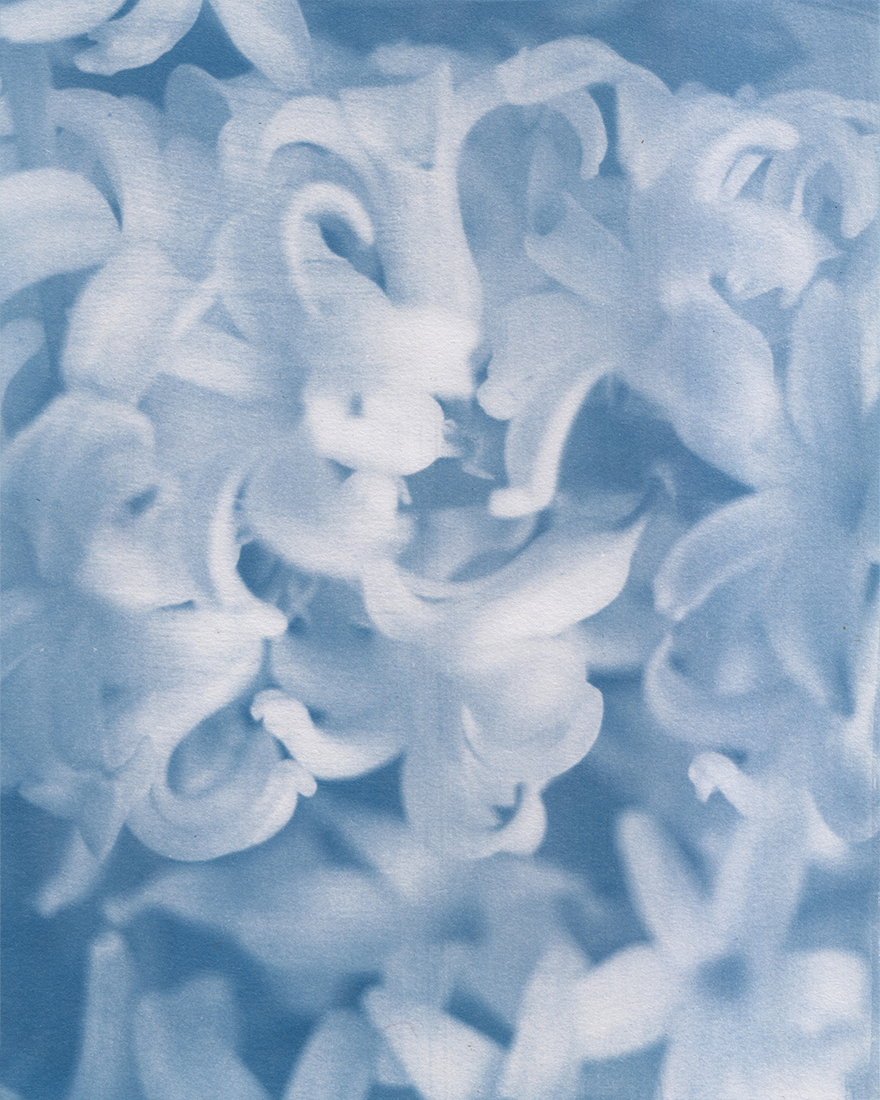
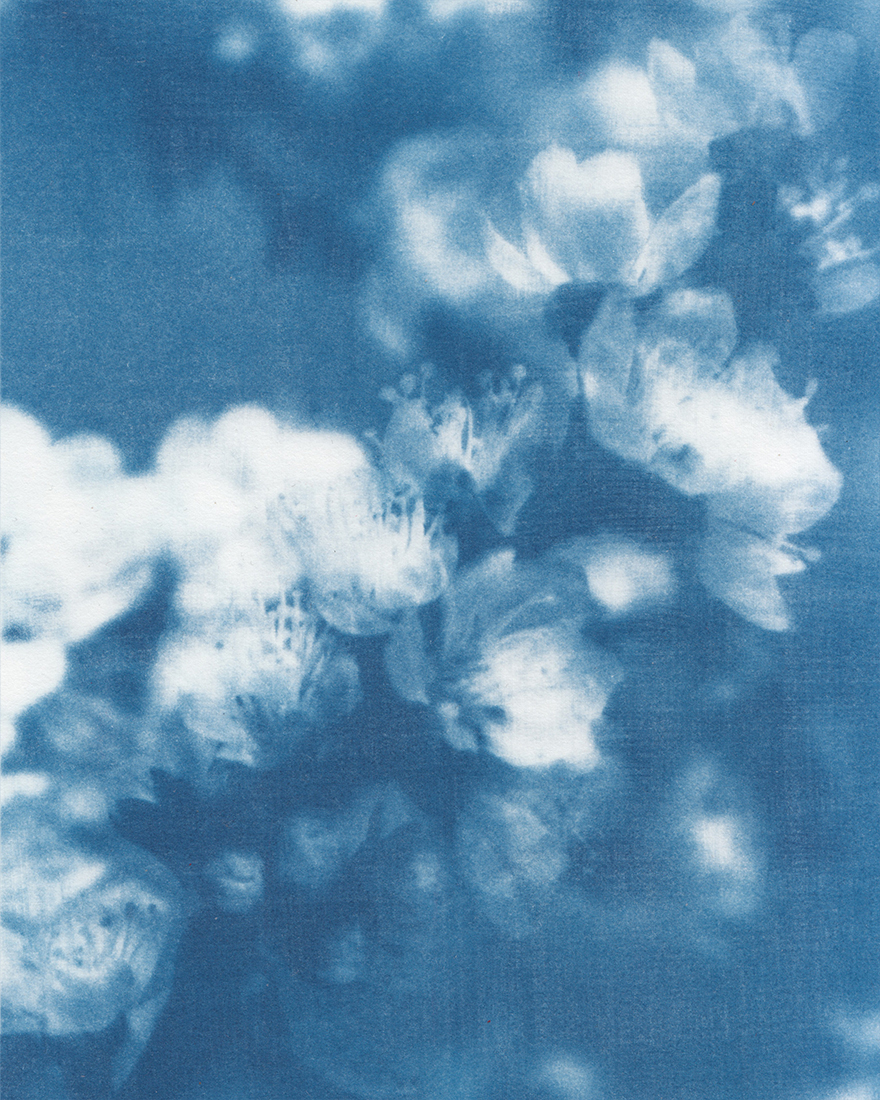
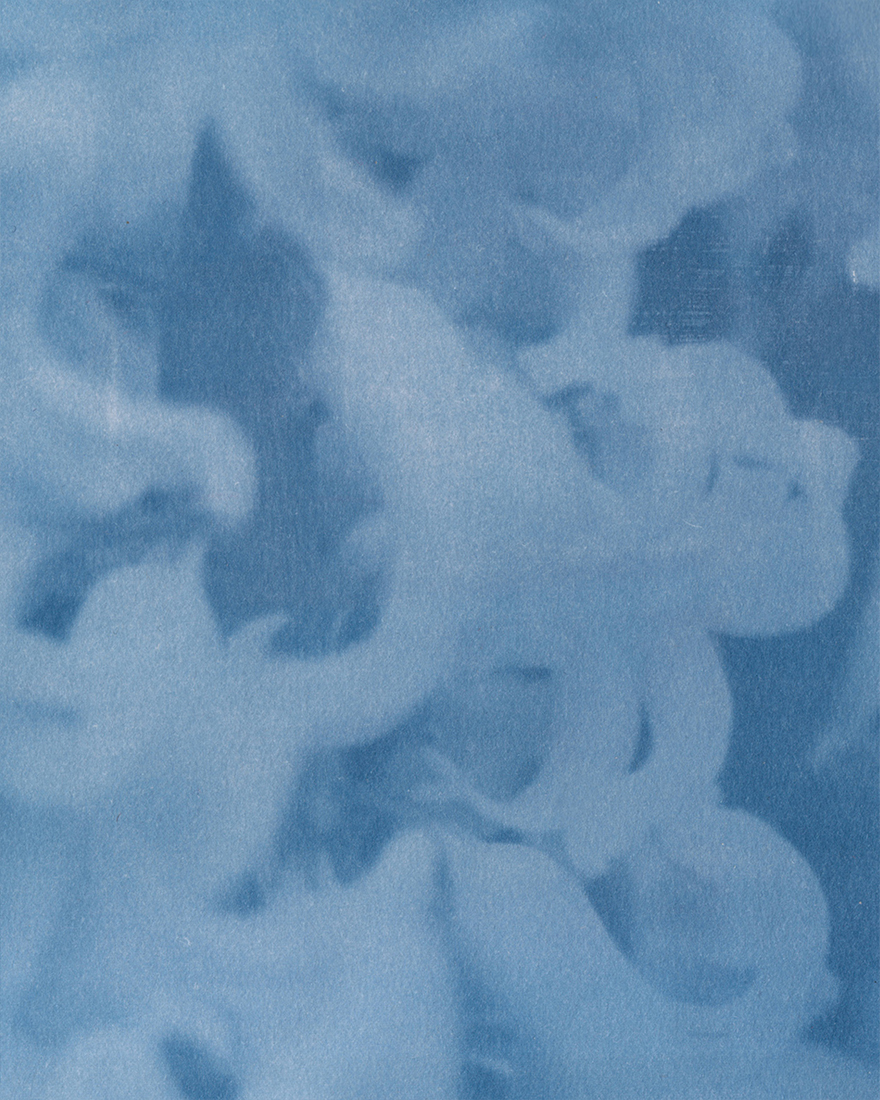
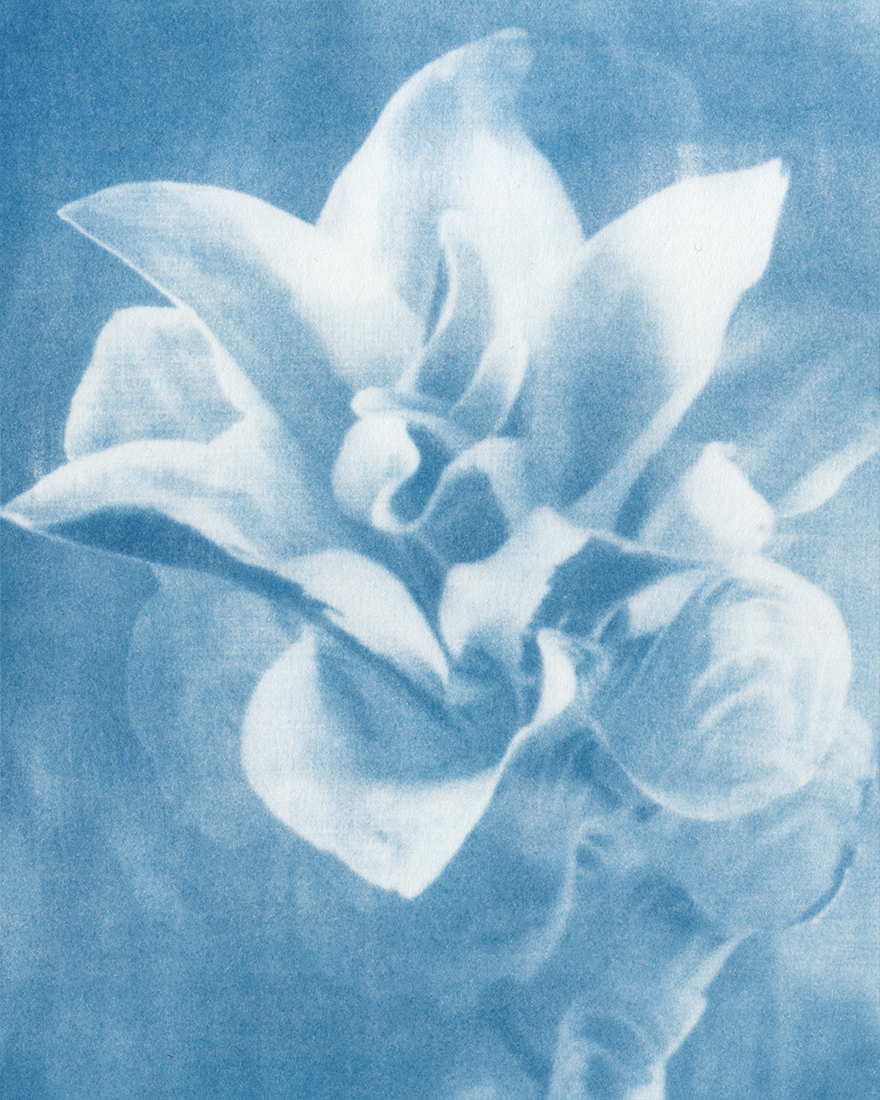
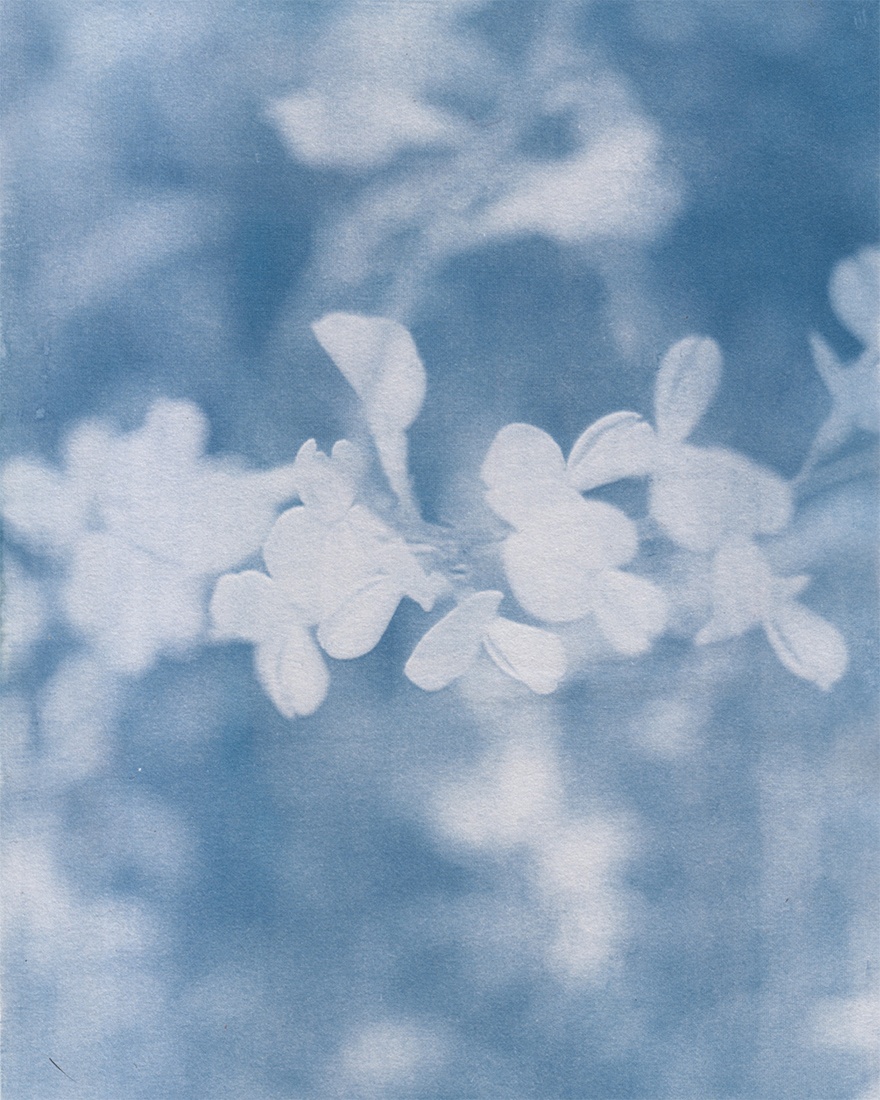
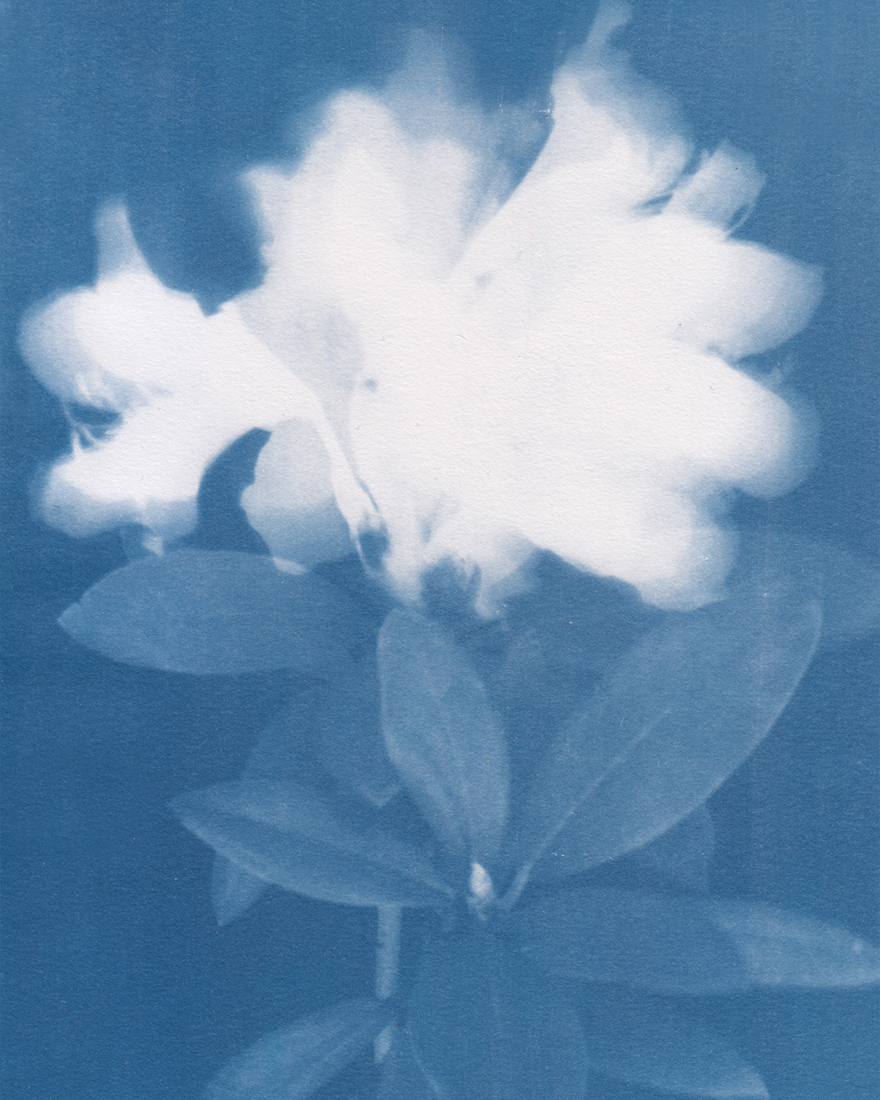 Flowers in motion for Maison Margiela
Flowers in motion for Maison Margiela
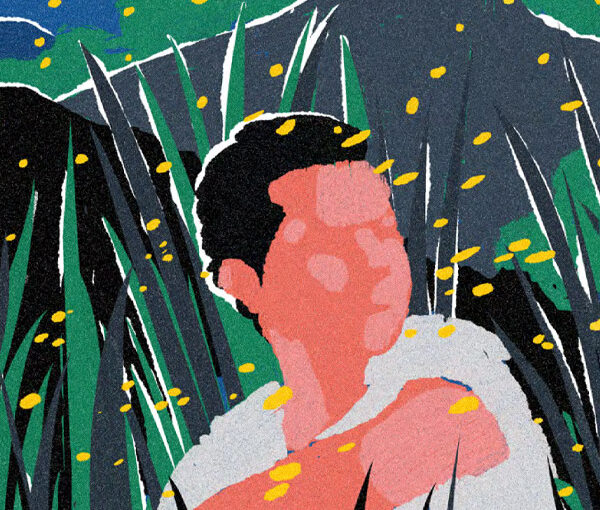
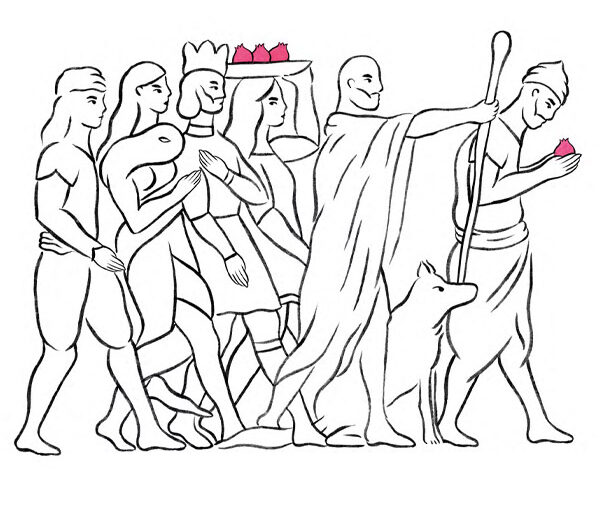
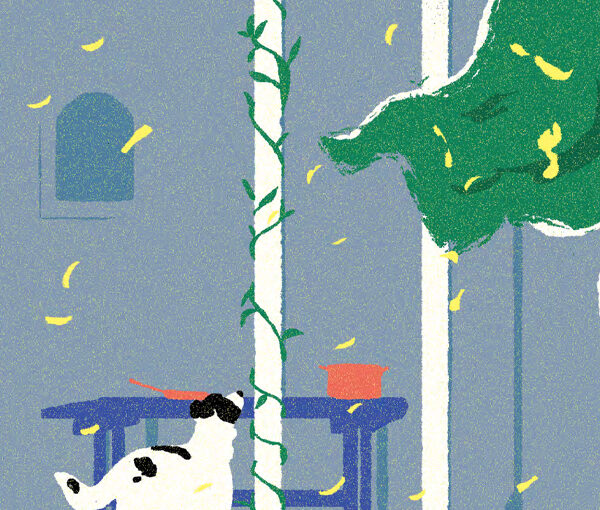

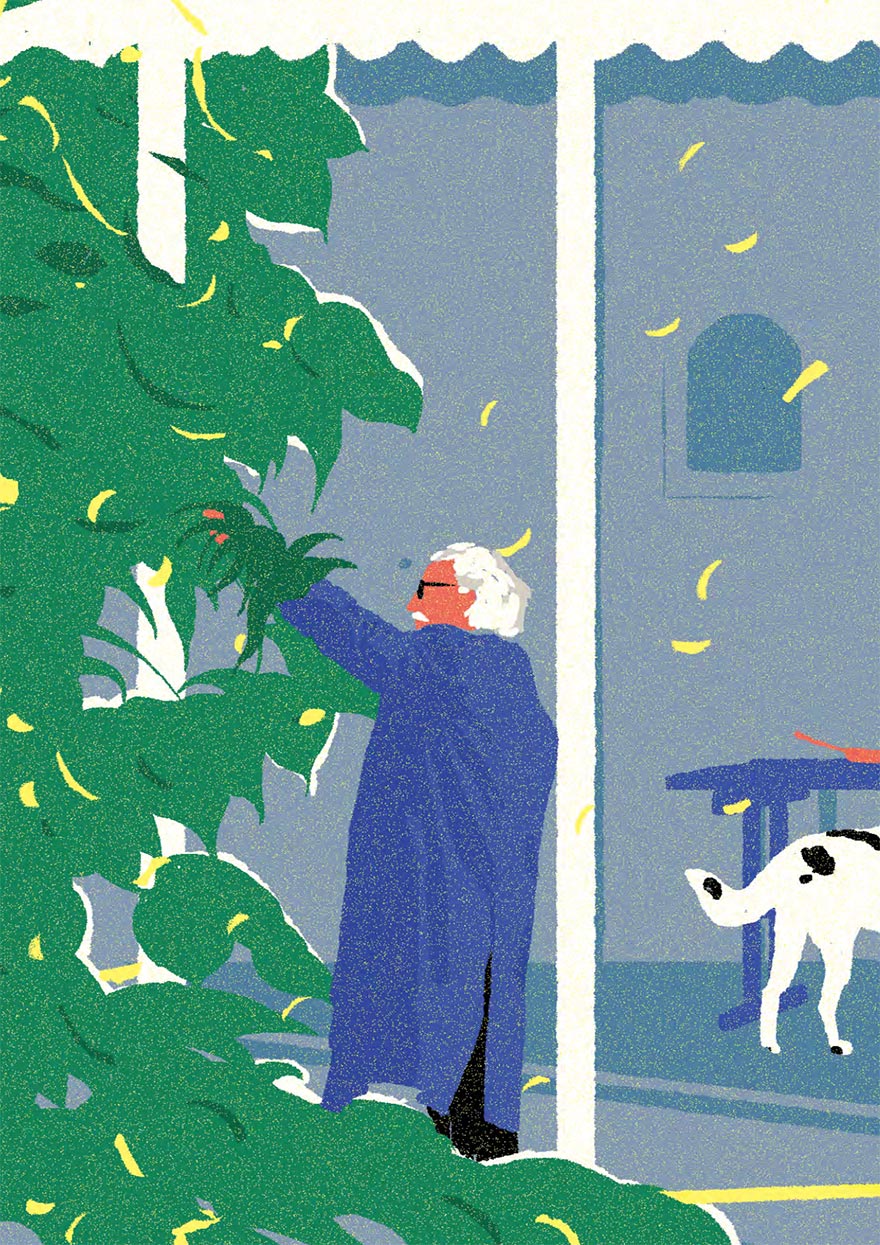

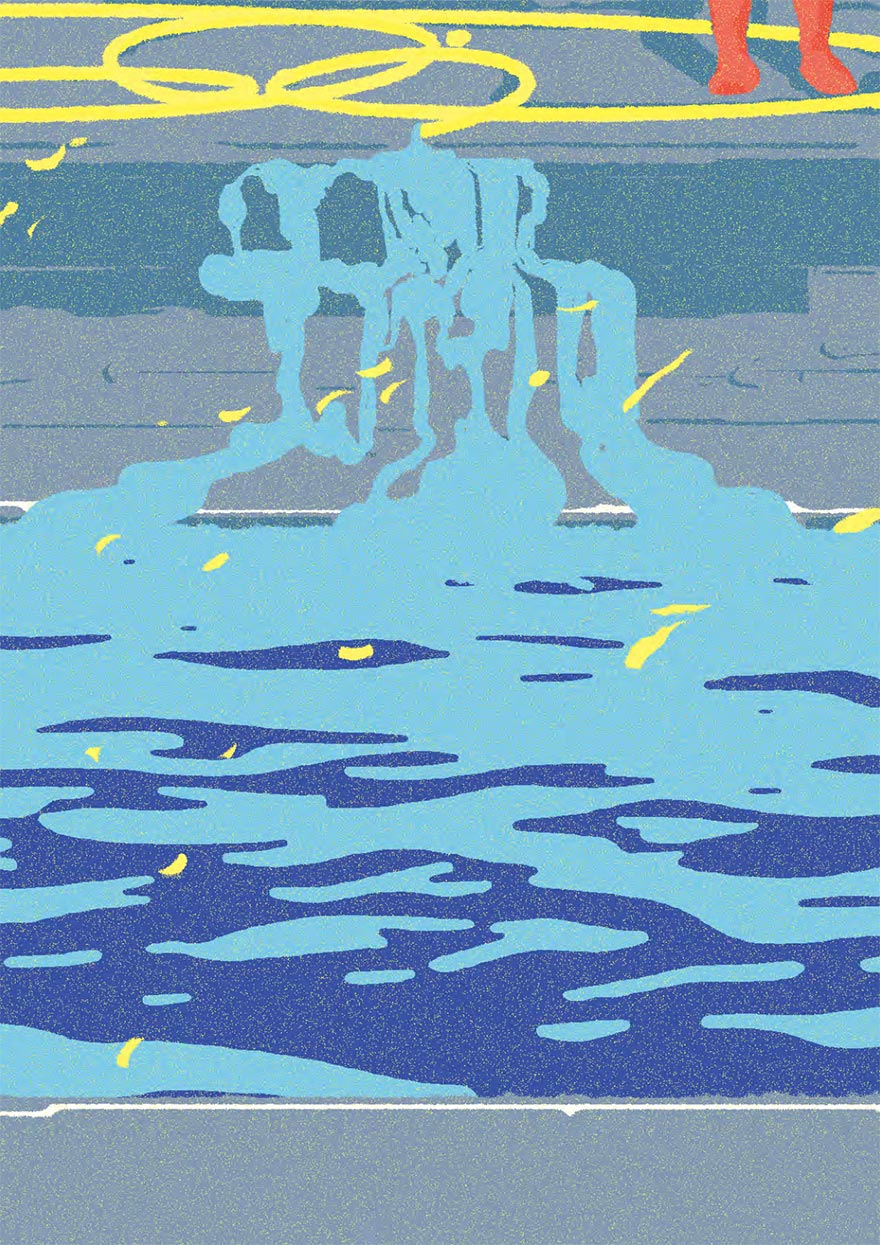

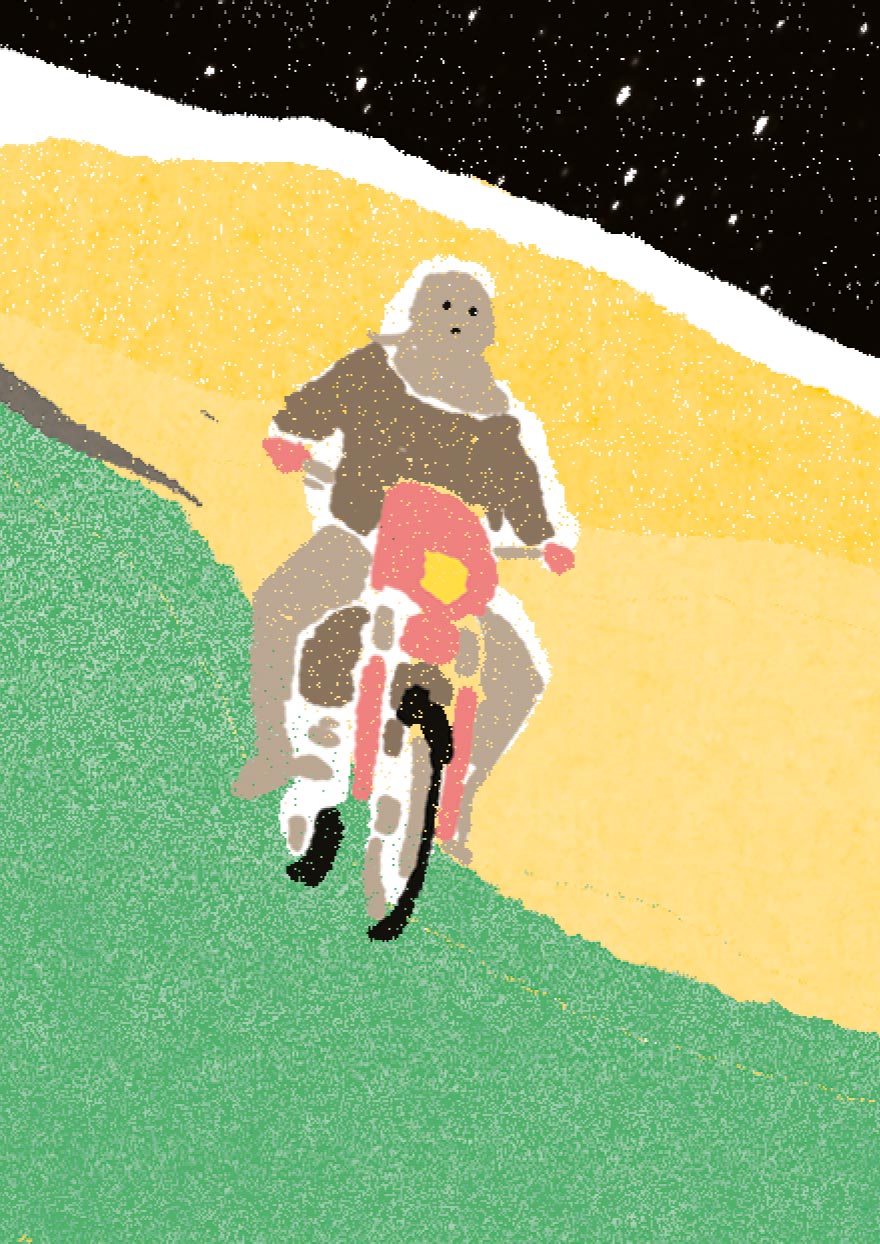
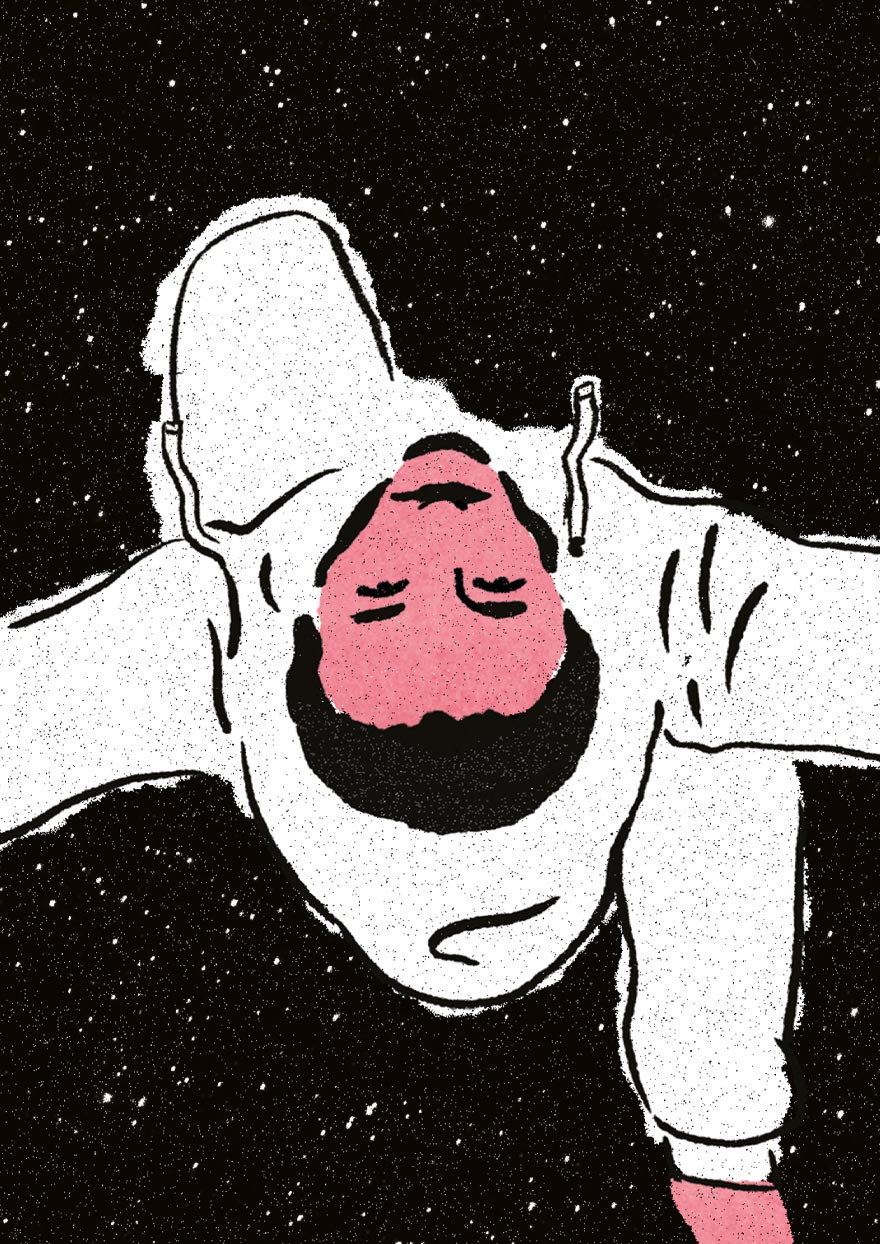
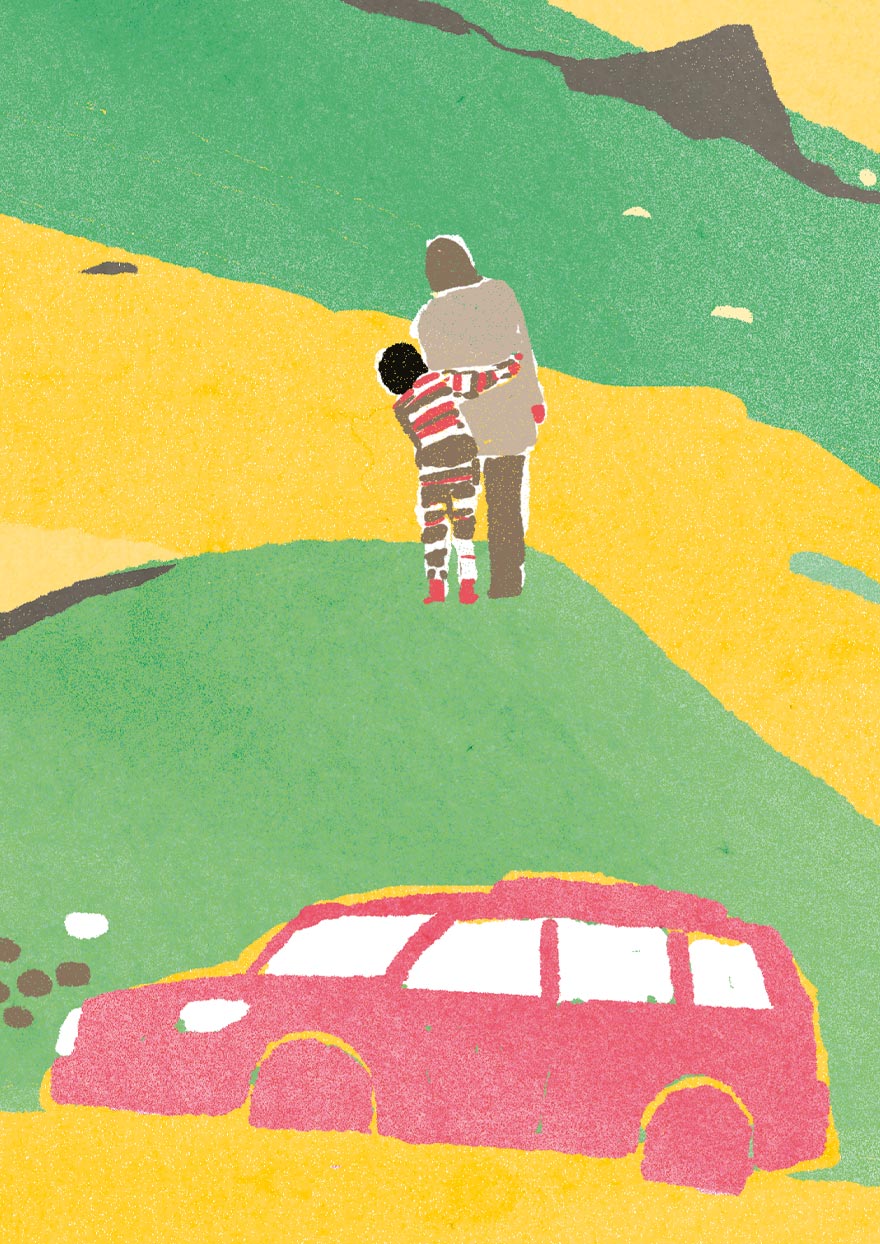
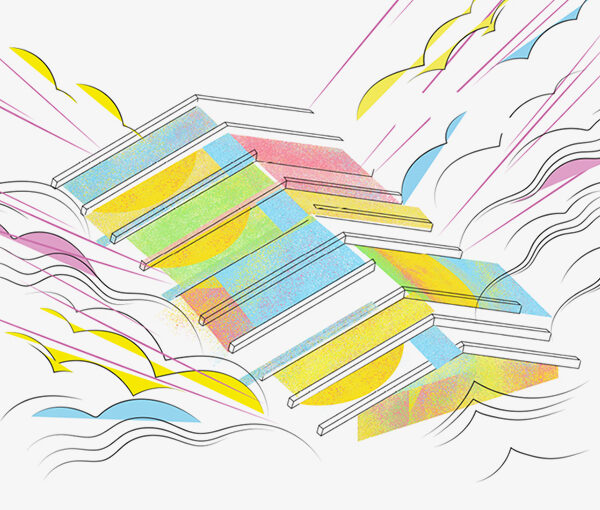
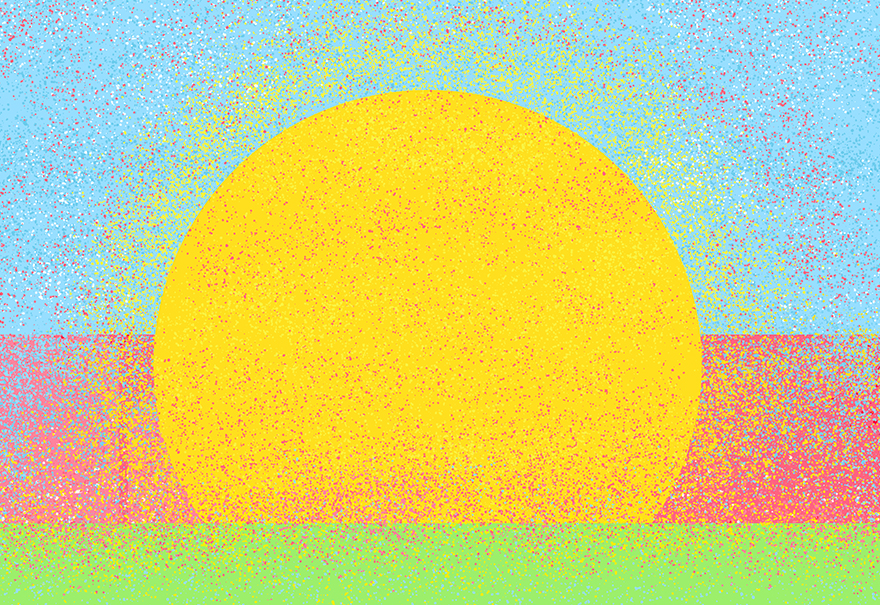
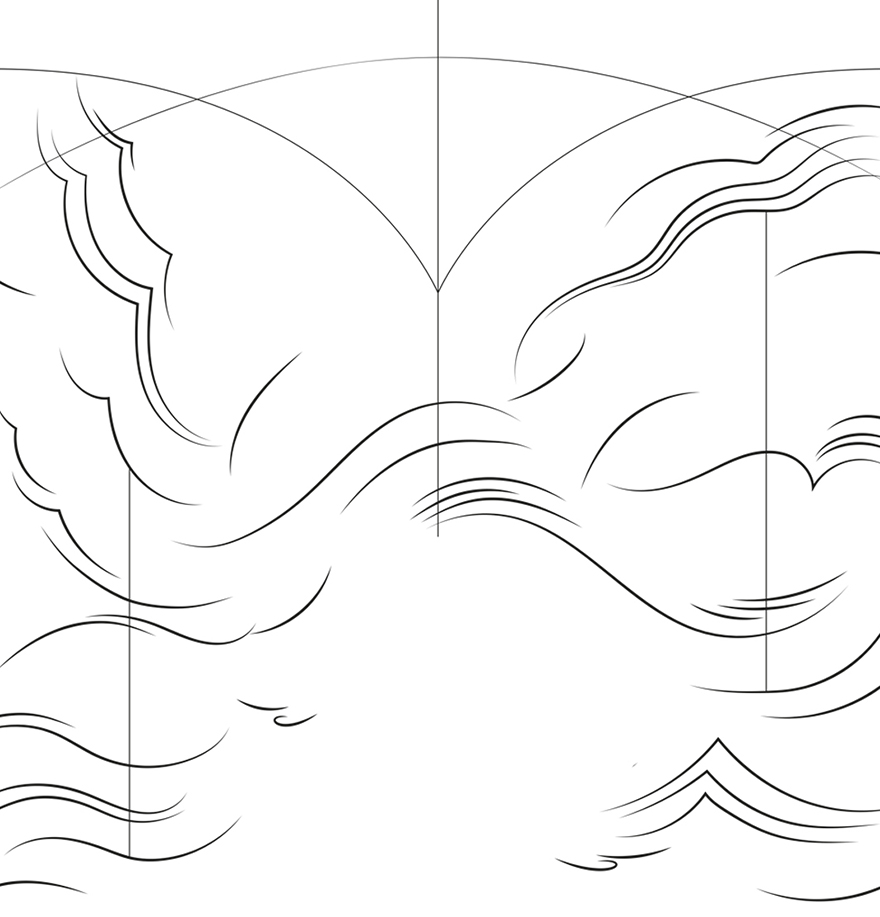
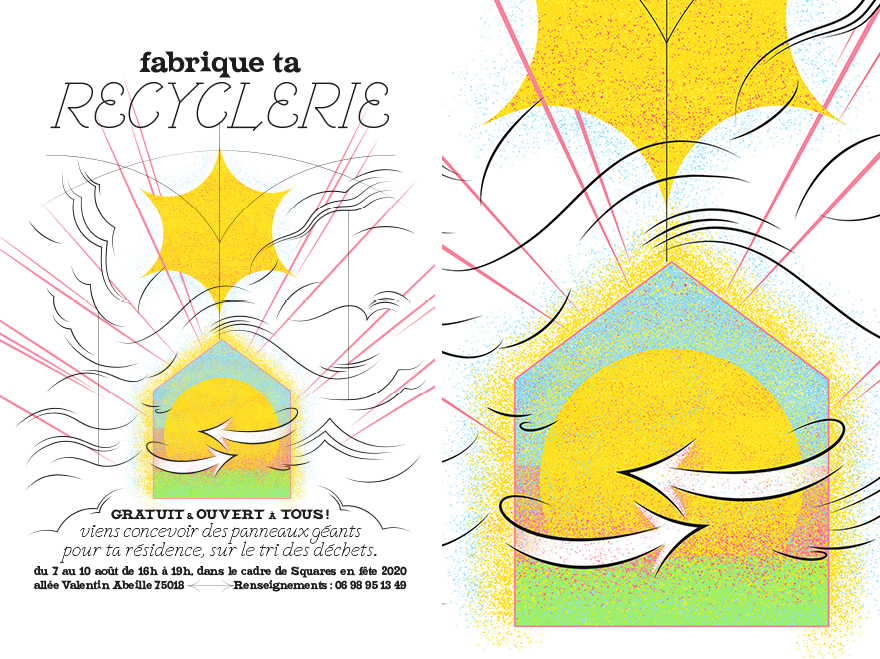
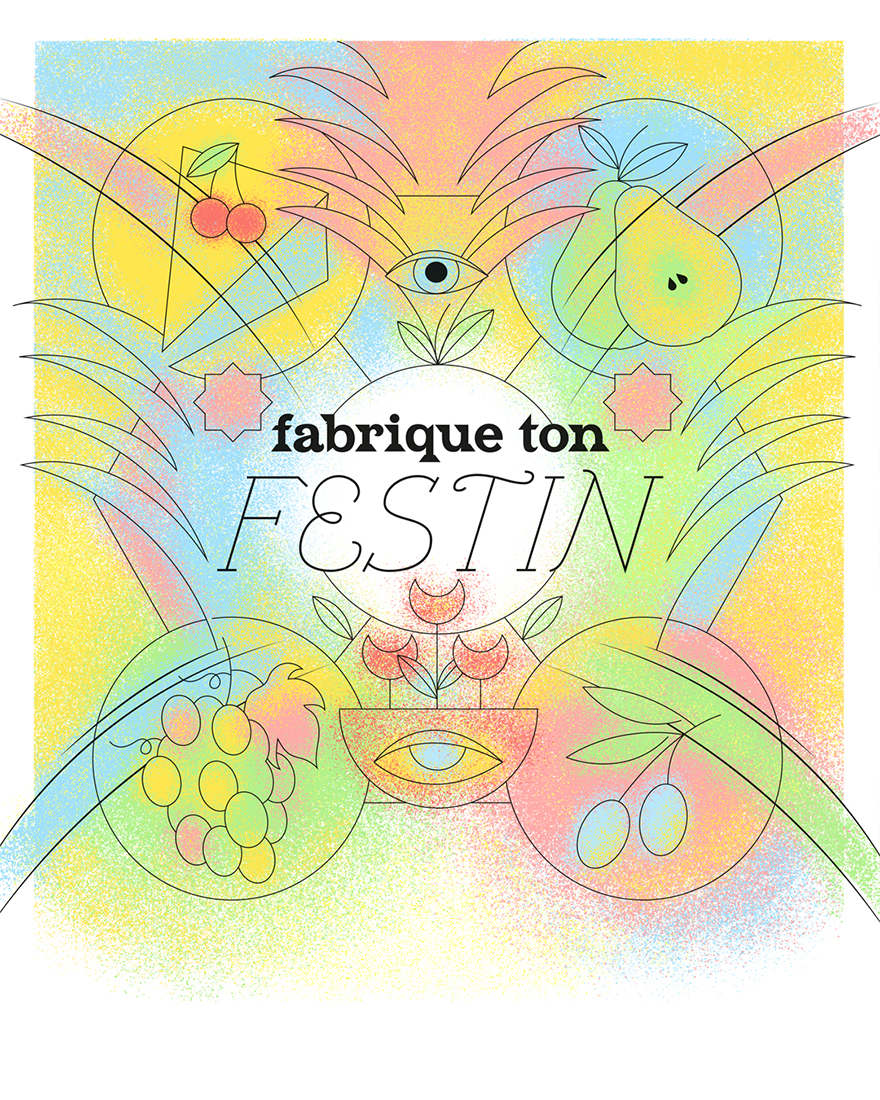
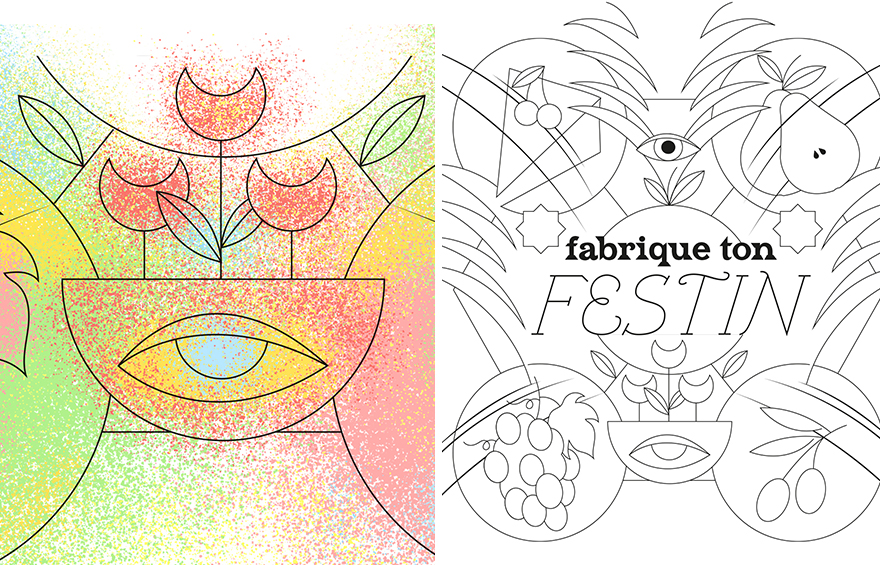
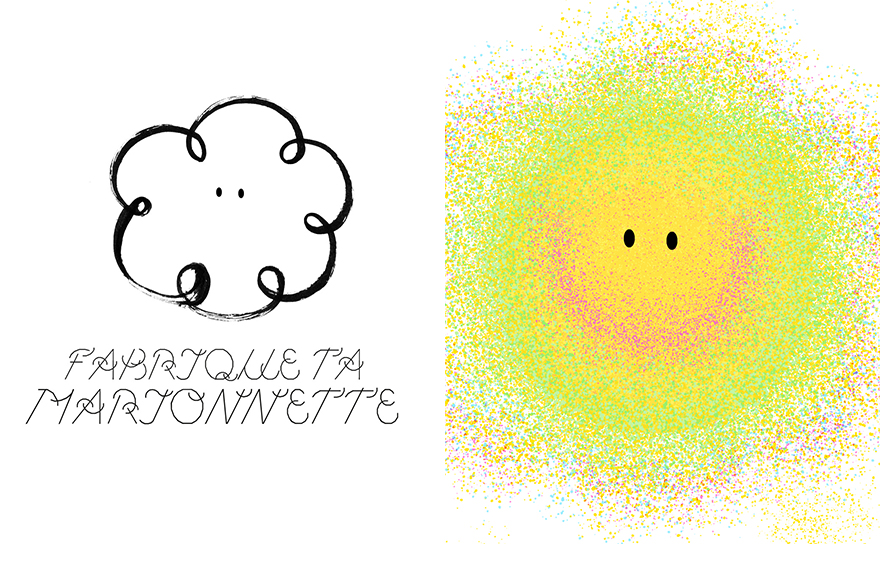

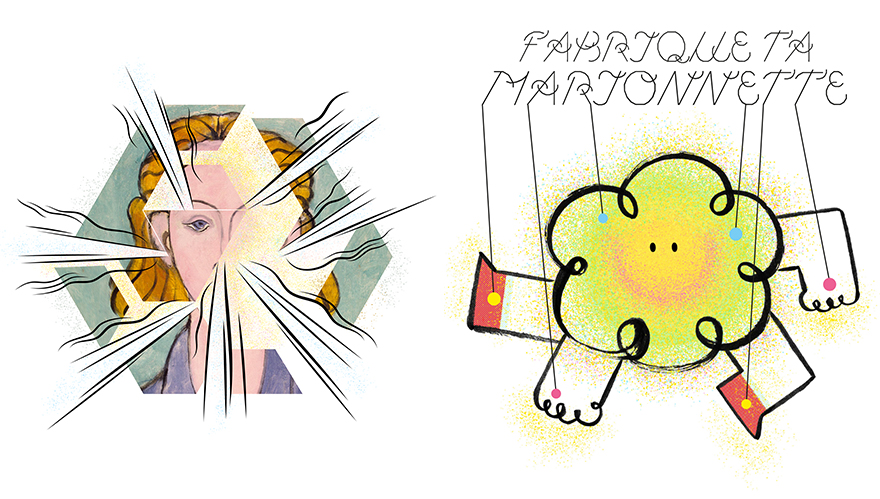
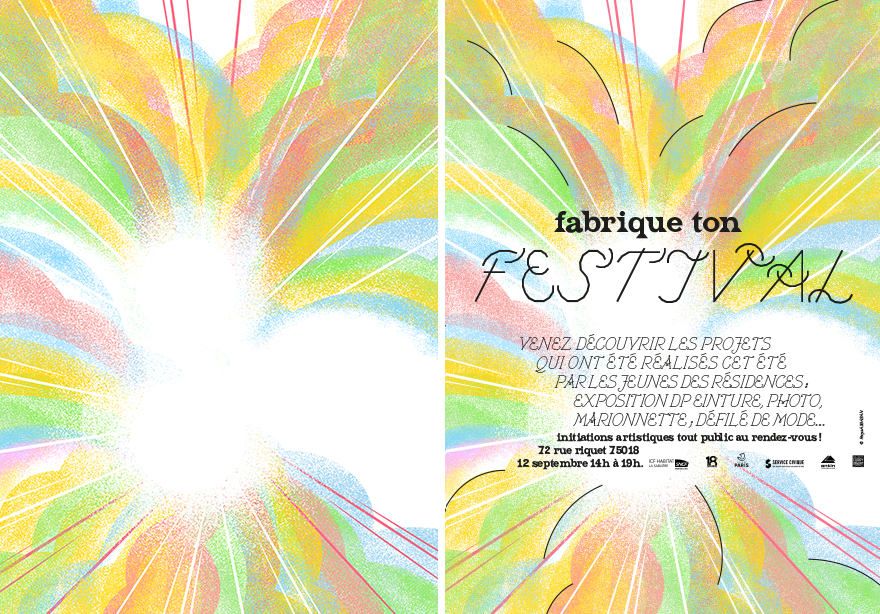
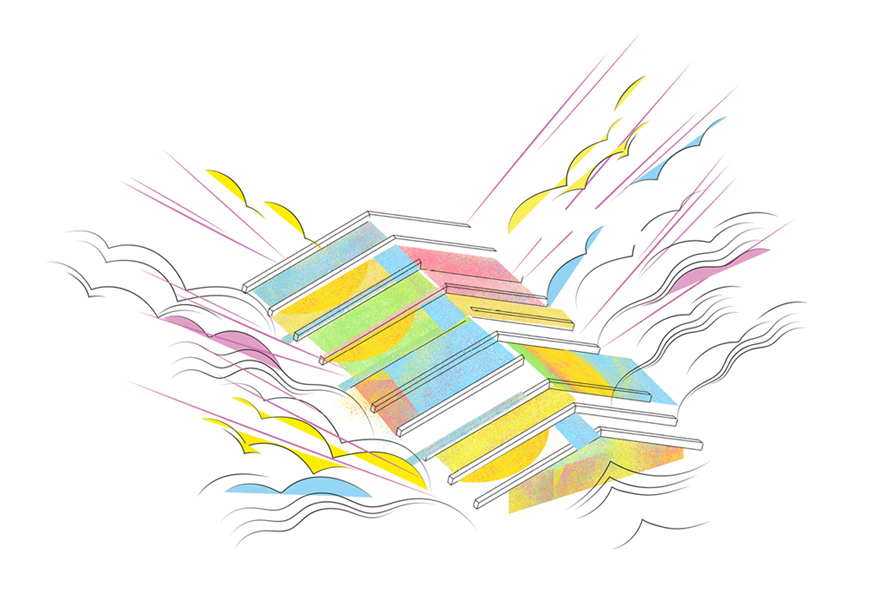
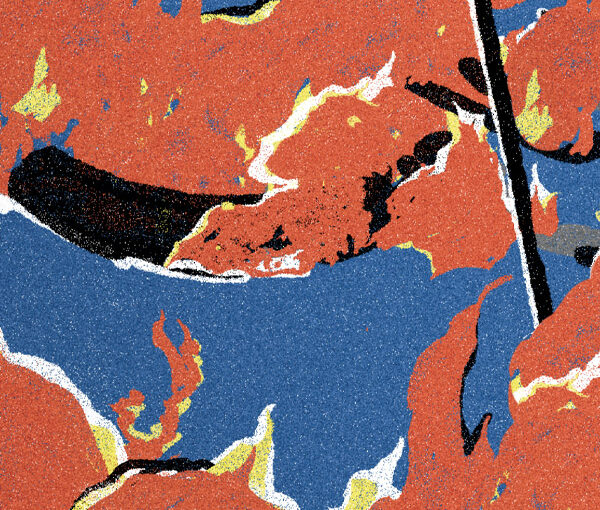
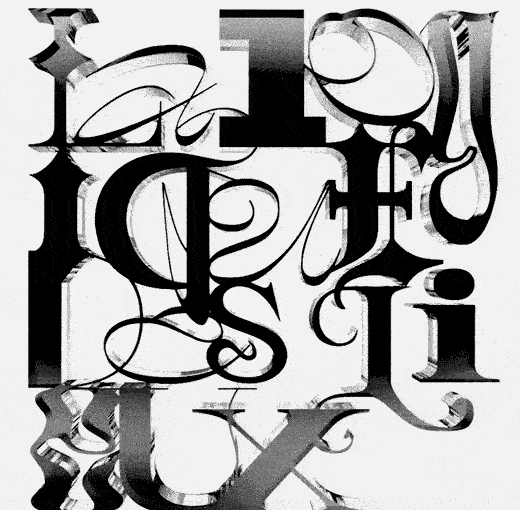
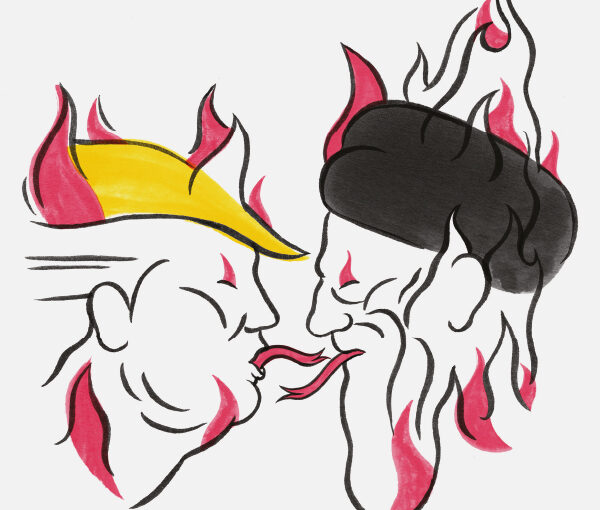

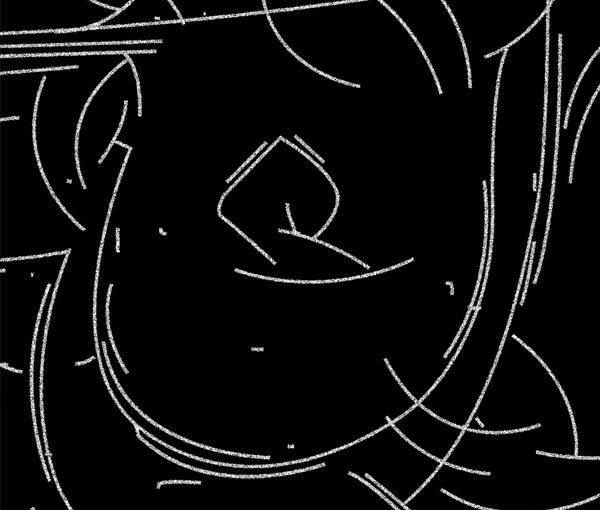
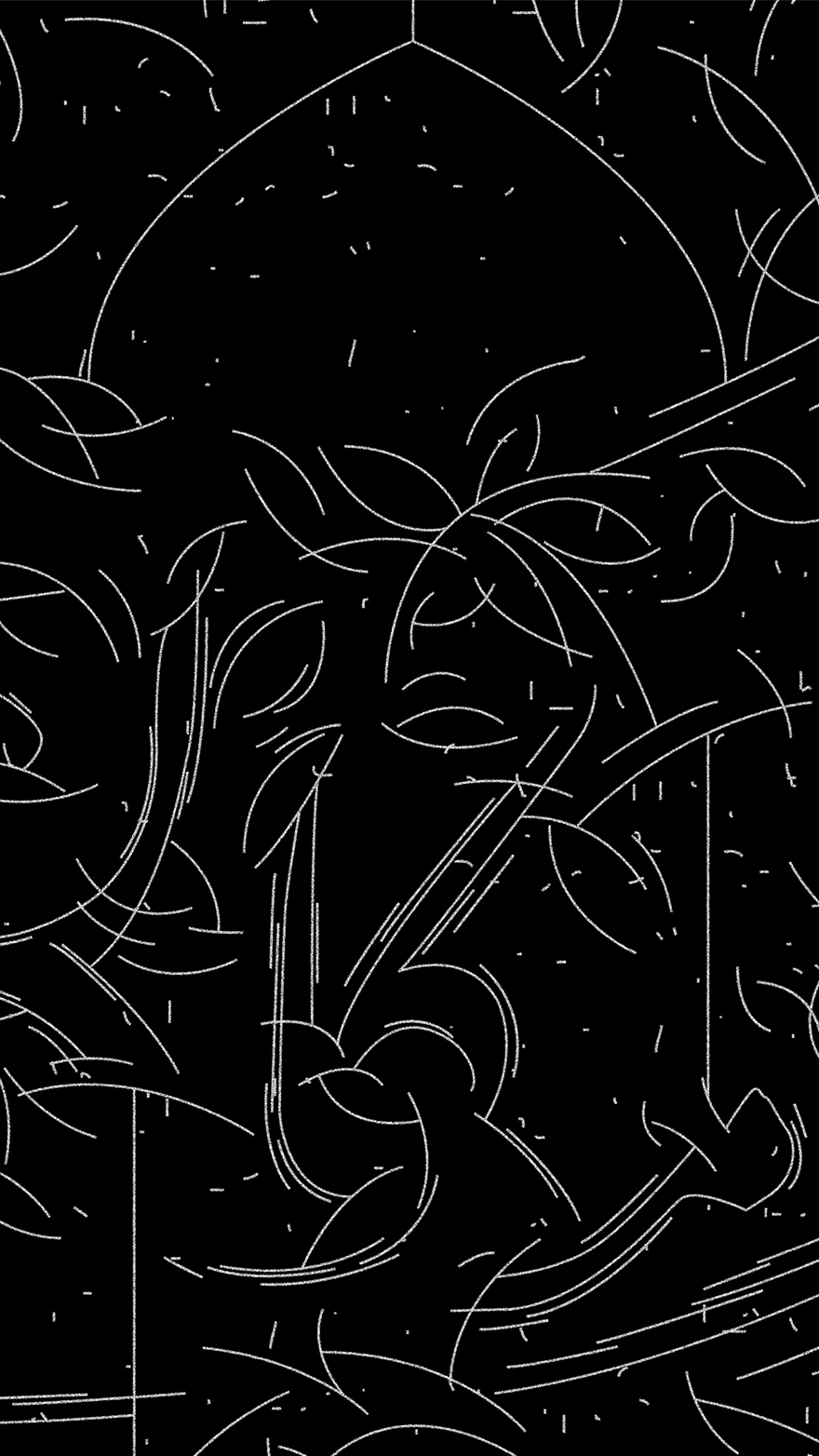
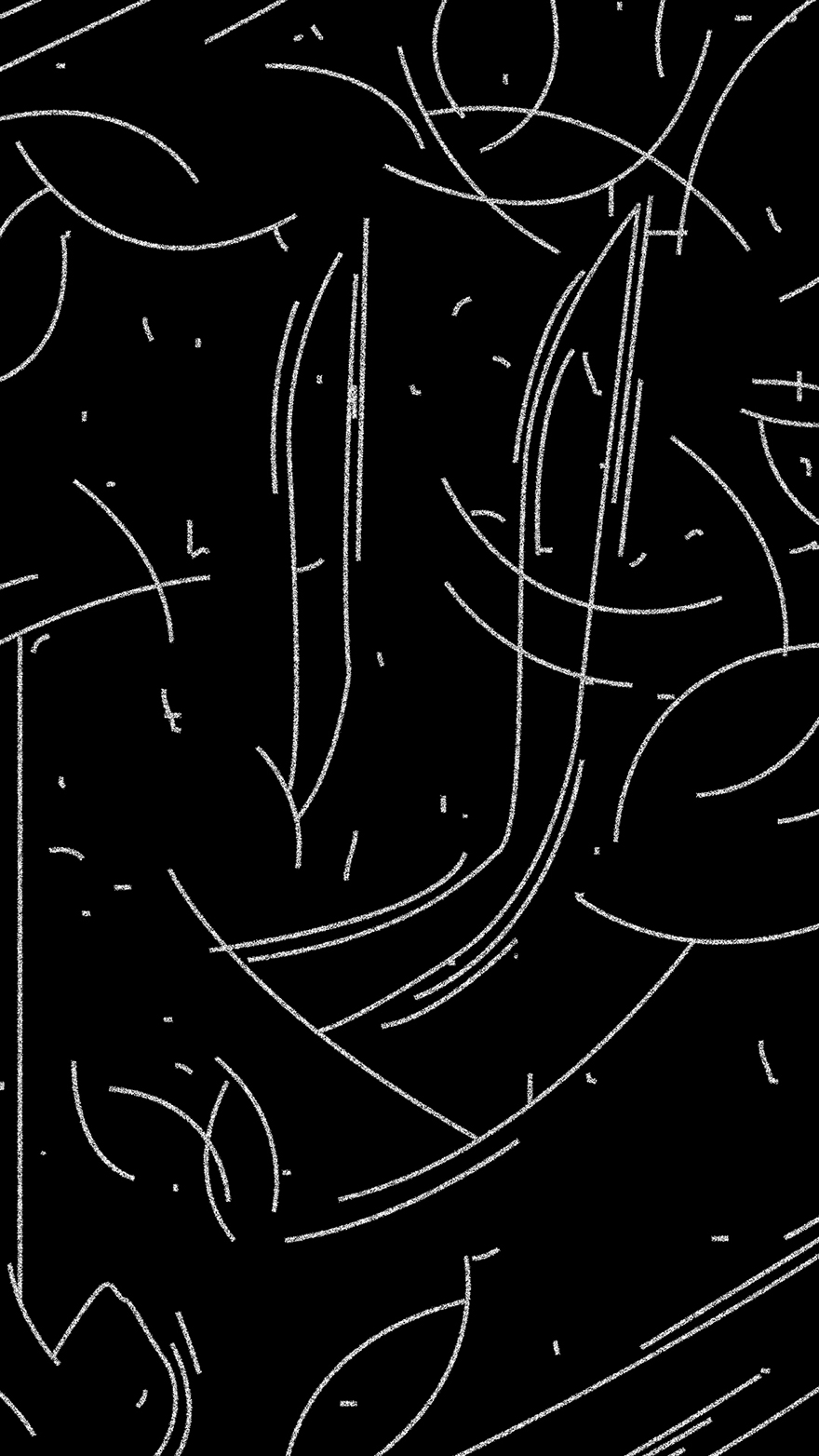
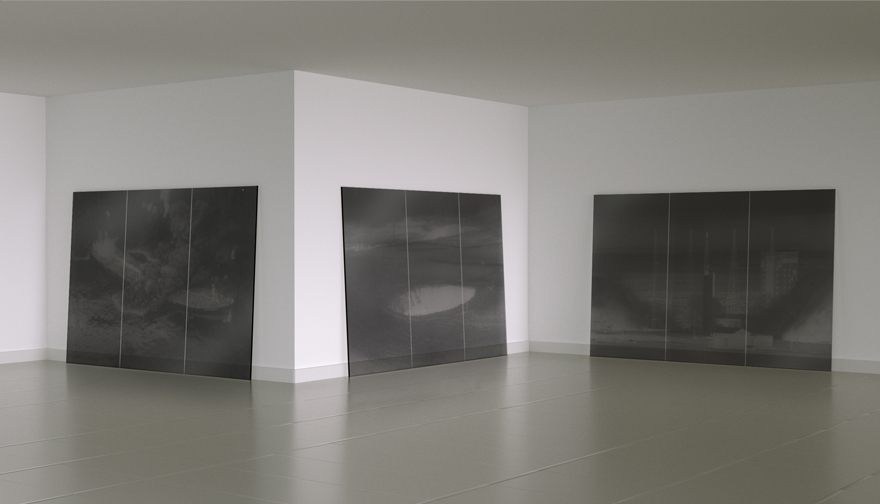
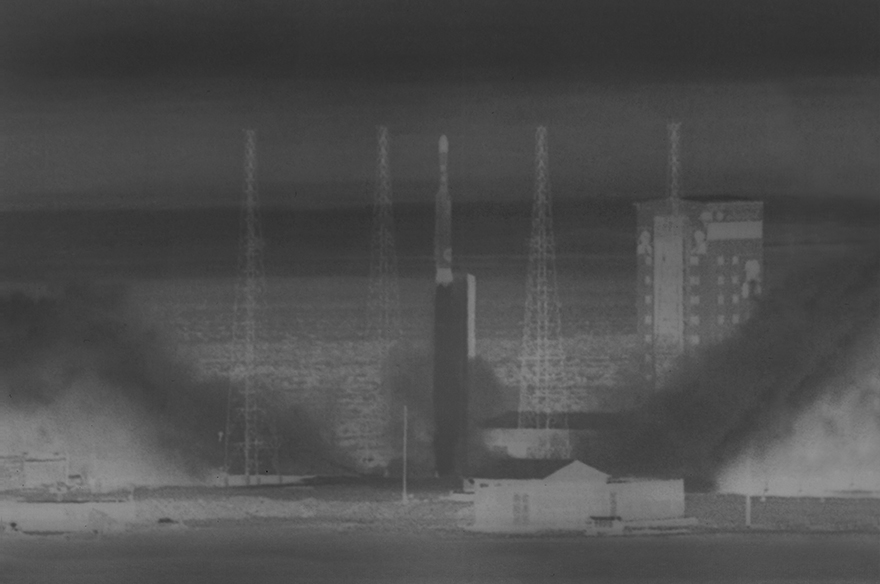 To launch satellite into orbit, print on plexiglass, 270×180 cm, 2019.
To launch satellite into orbit, print on plexiglass, 270×180 cm, 2019.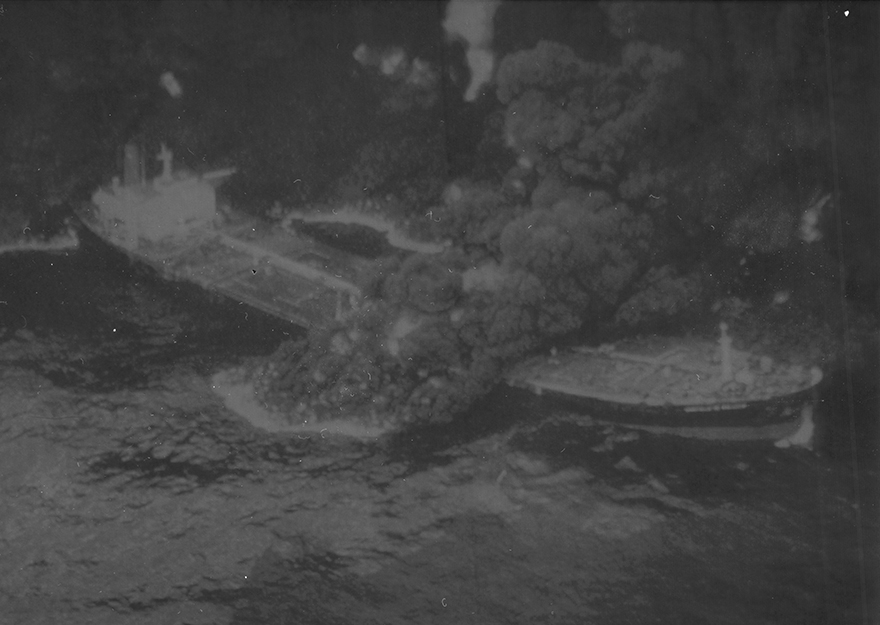 Sanchi, print on plexiglass, 270×180 cm, 2019.
Sanchi, print on plexiglass, 270×180 cm, 2019.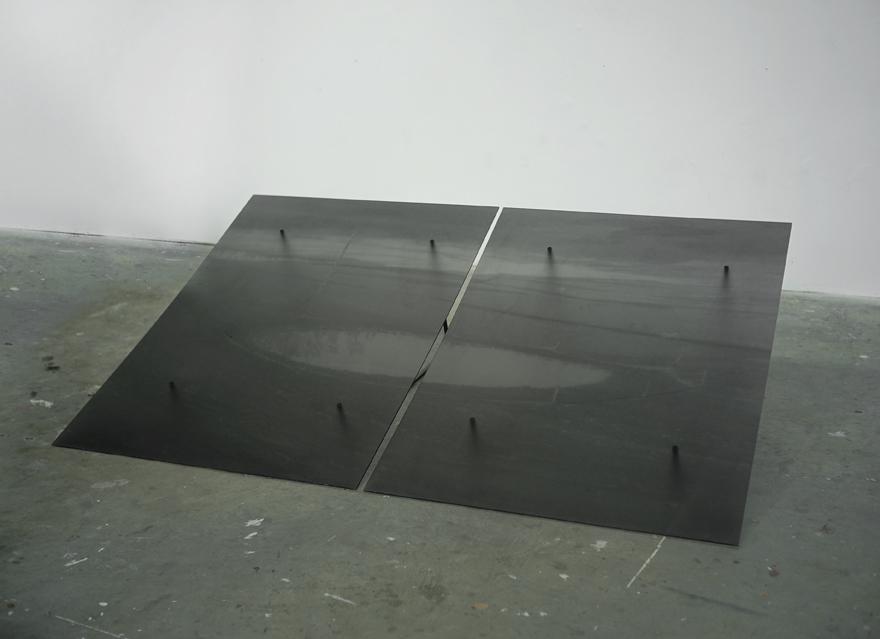
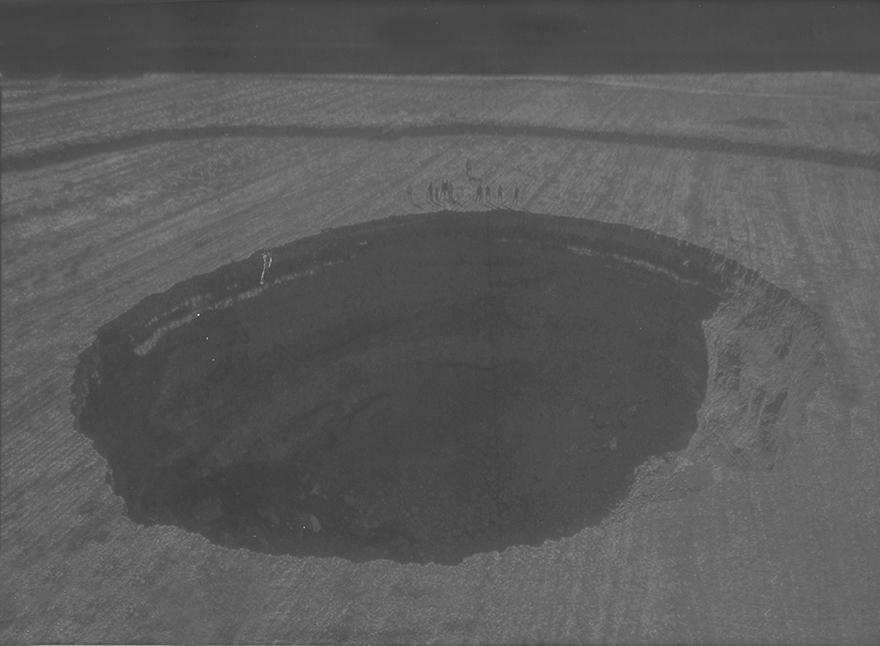
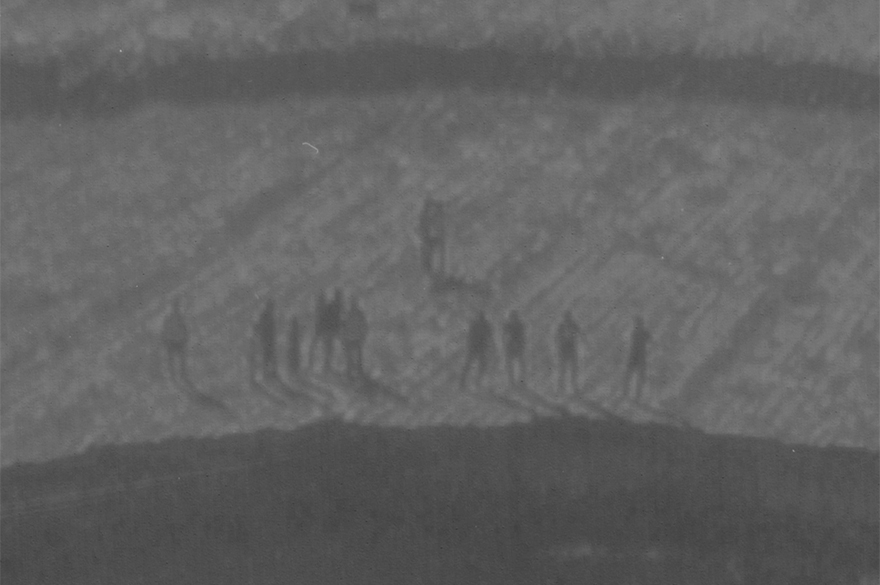
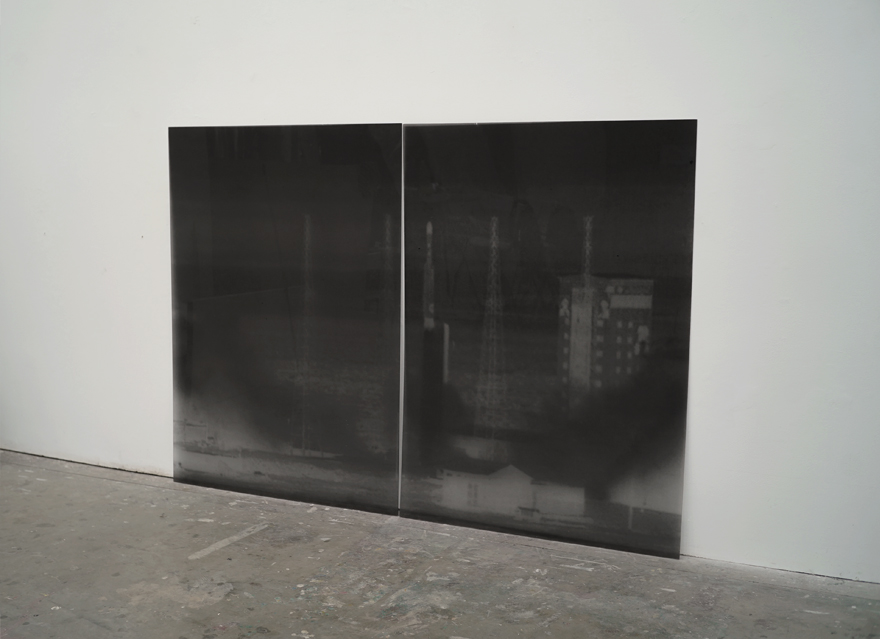
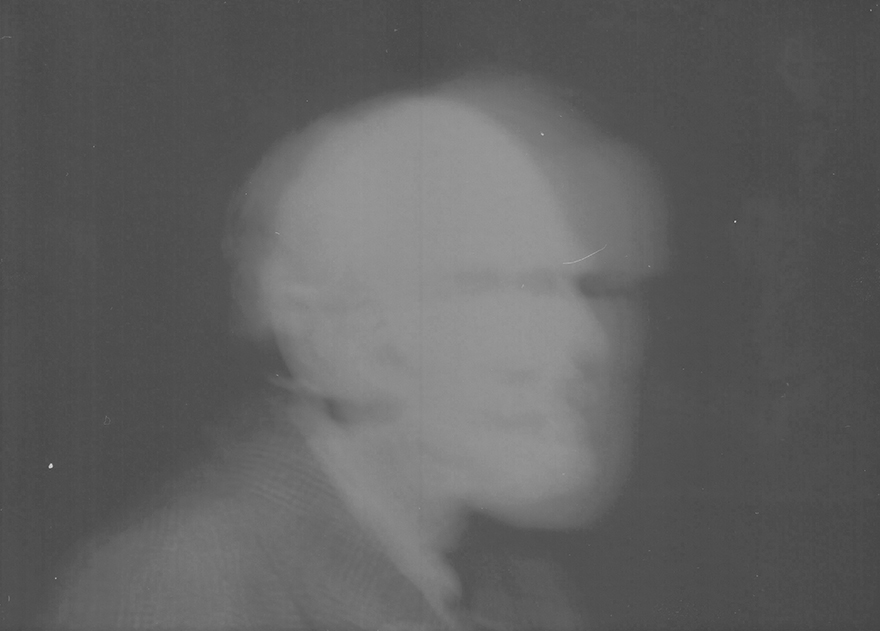
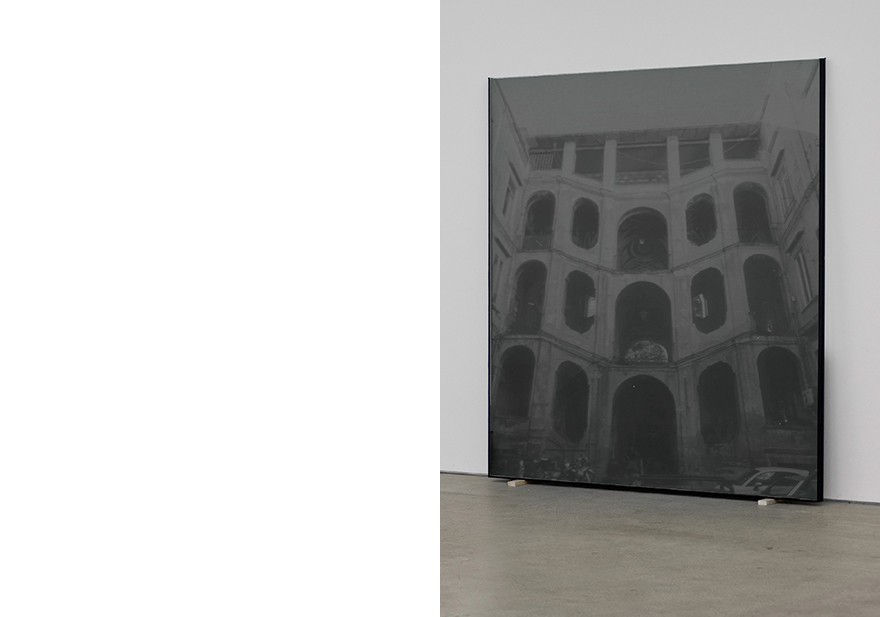
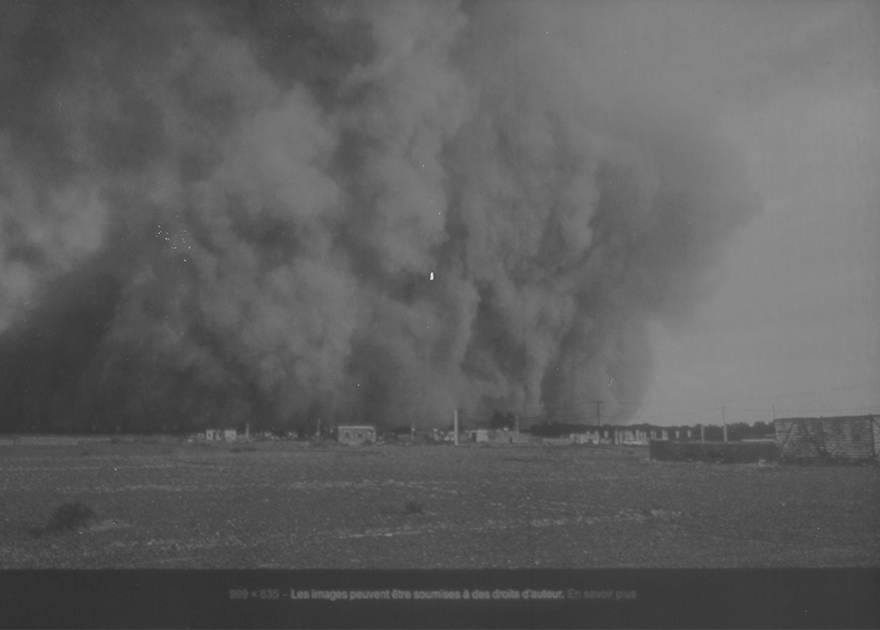
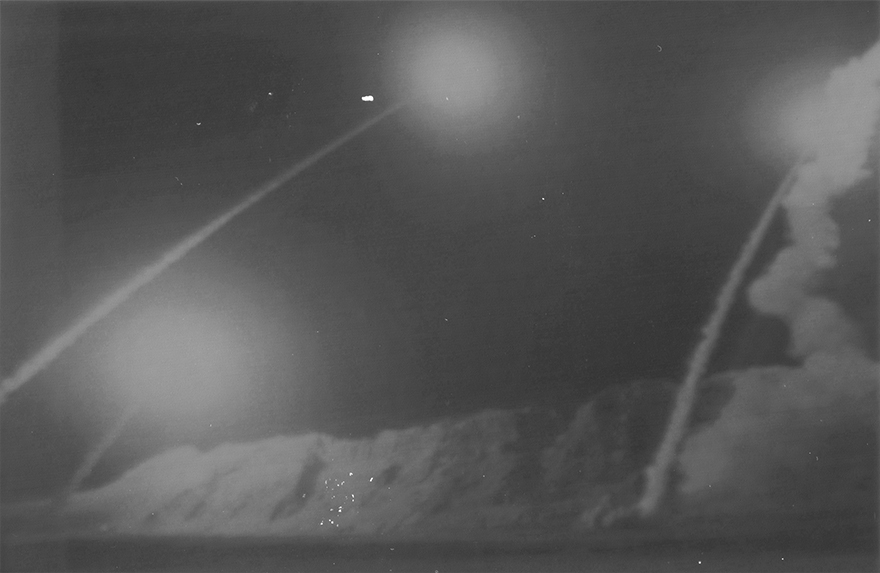

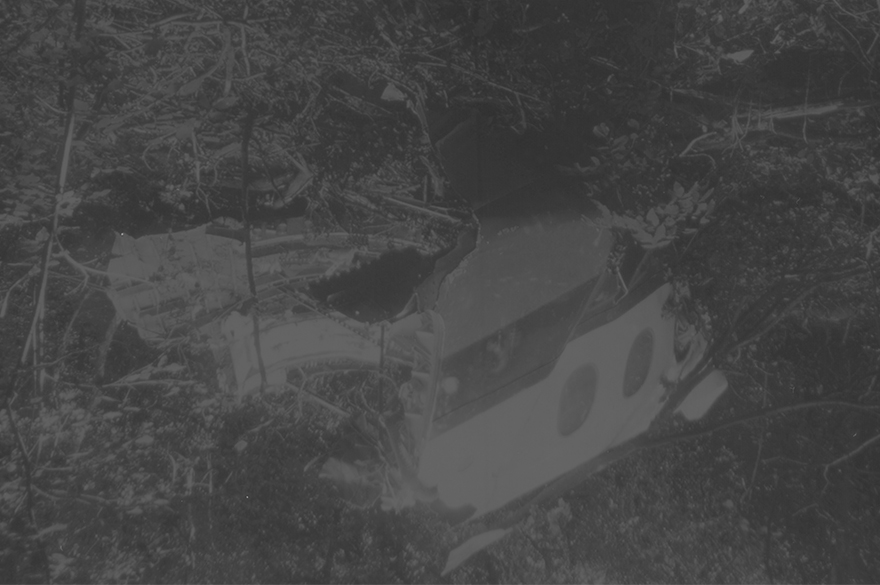
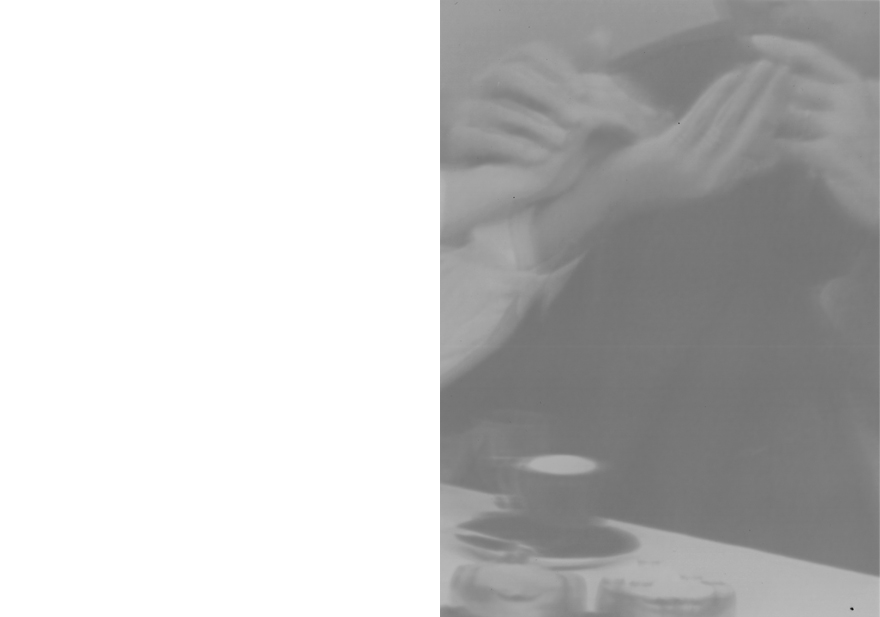
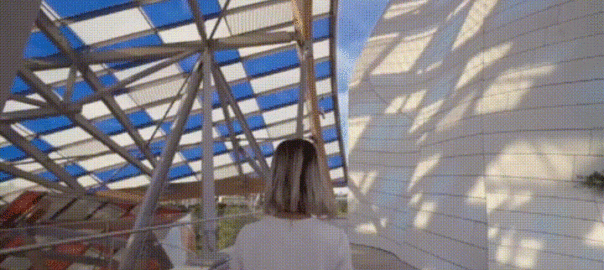
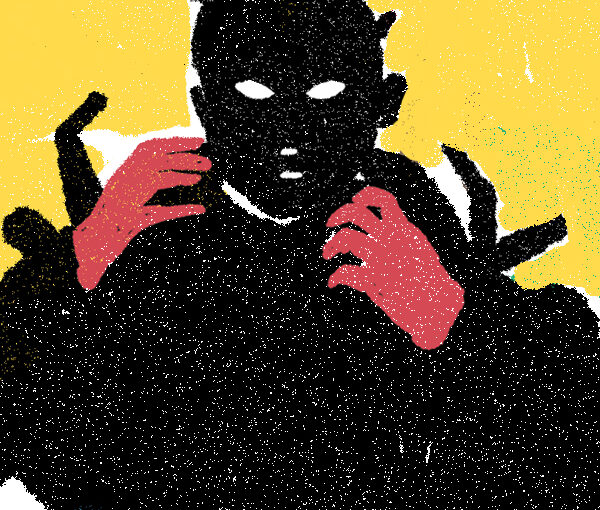
 Posters for I am Chance by Marc-Henri Wajnberg
Posters for I am Chance by Marc-Henri Wajnberg